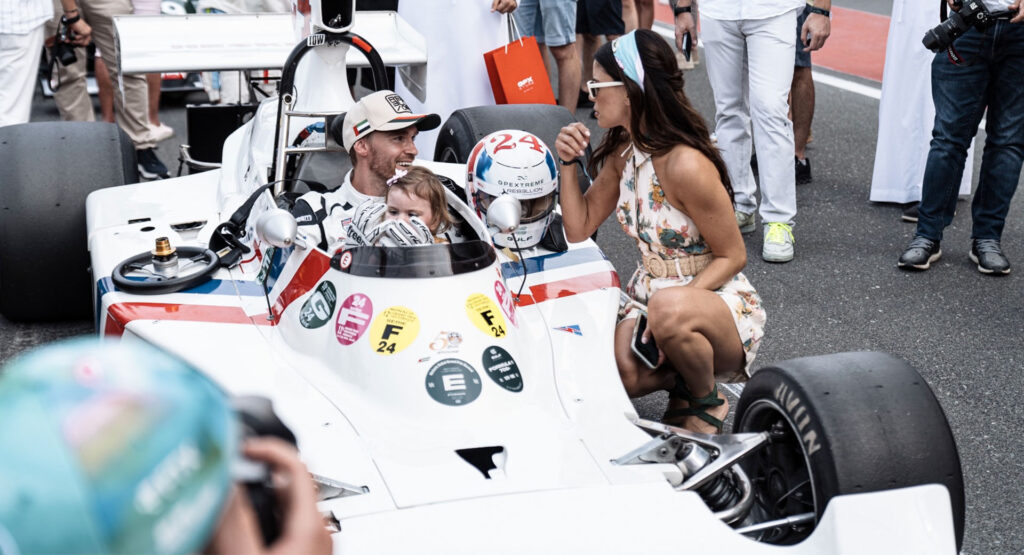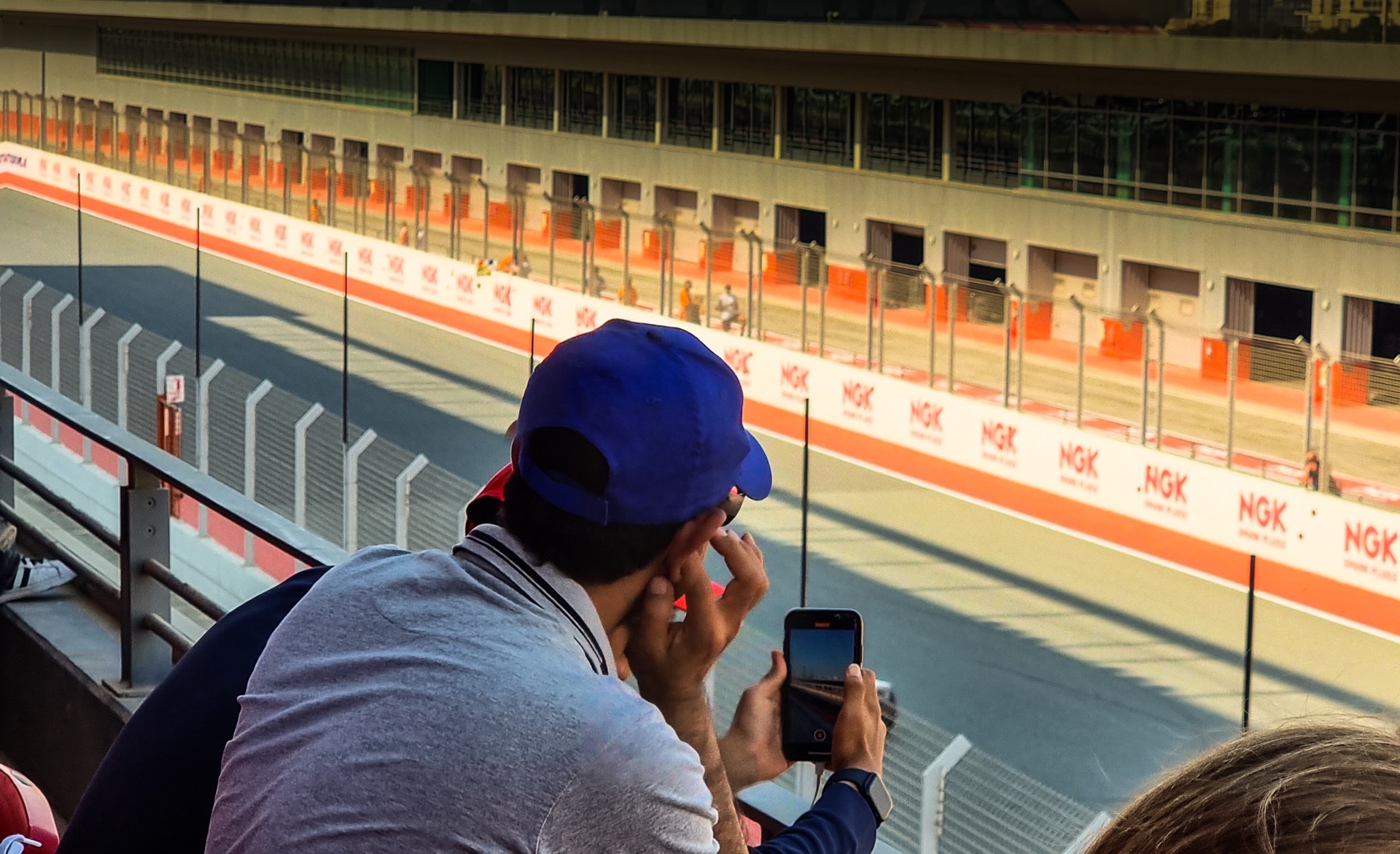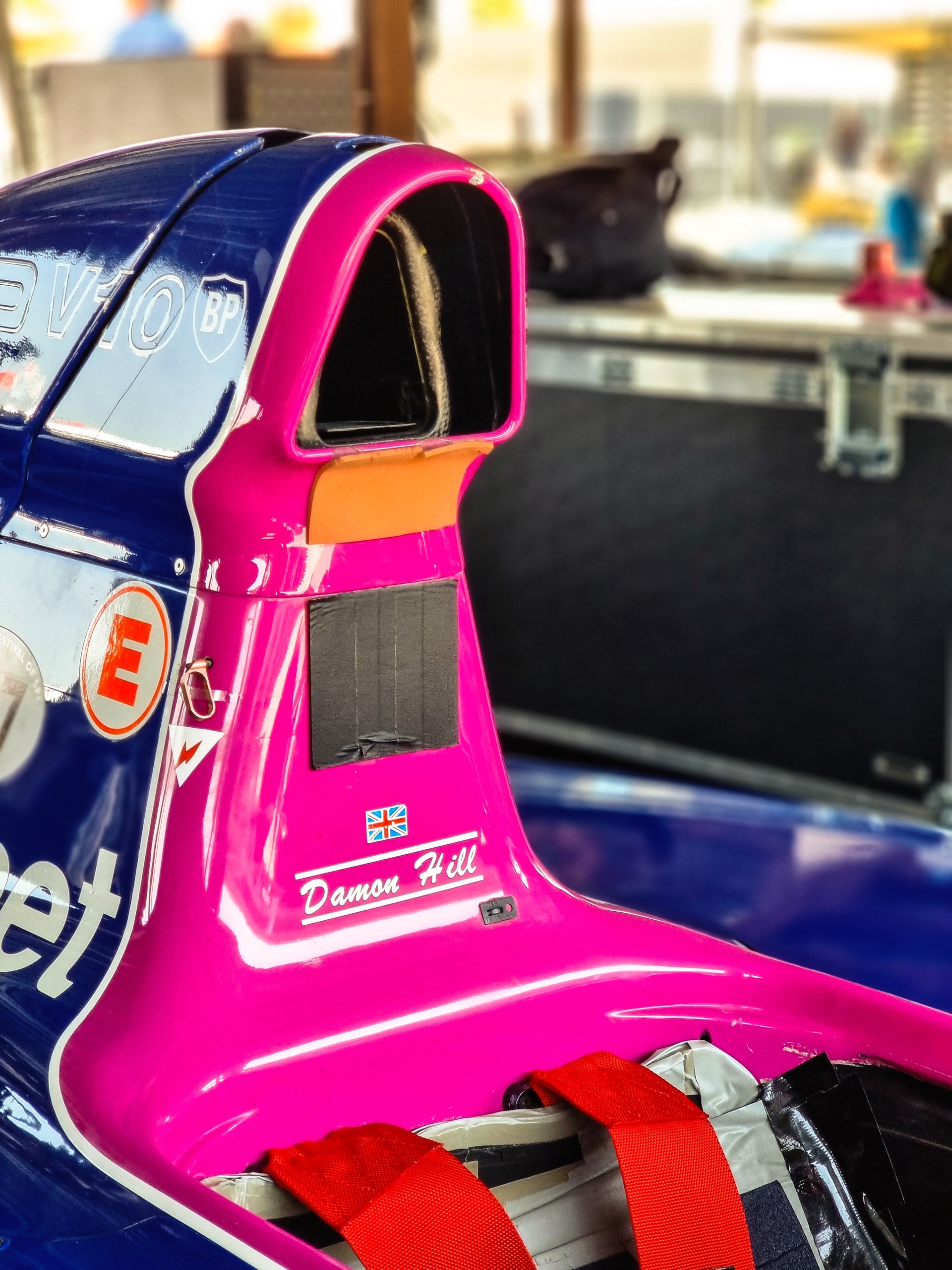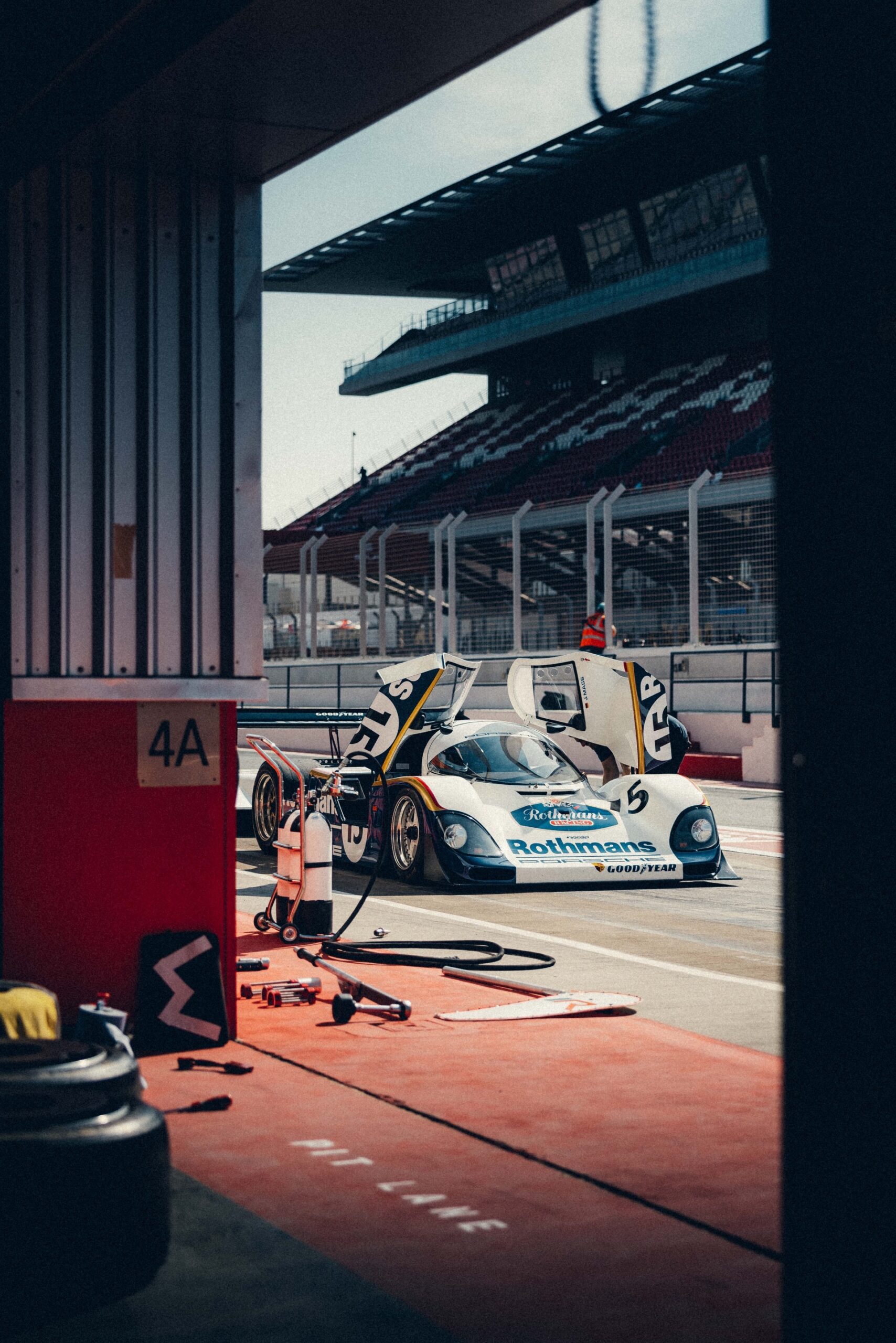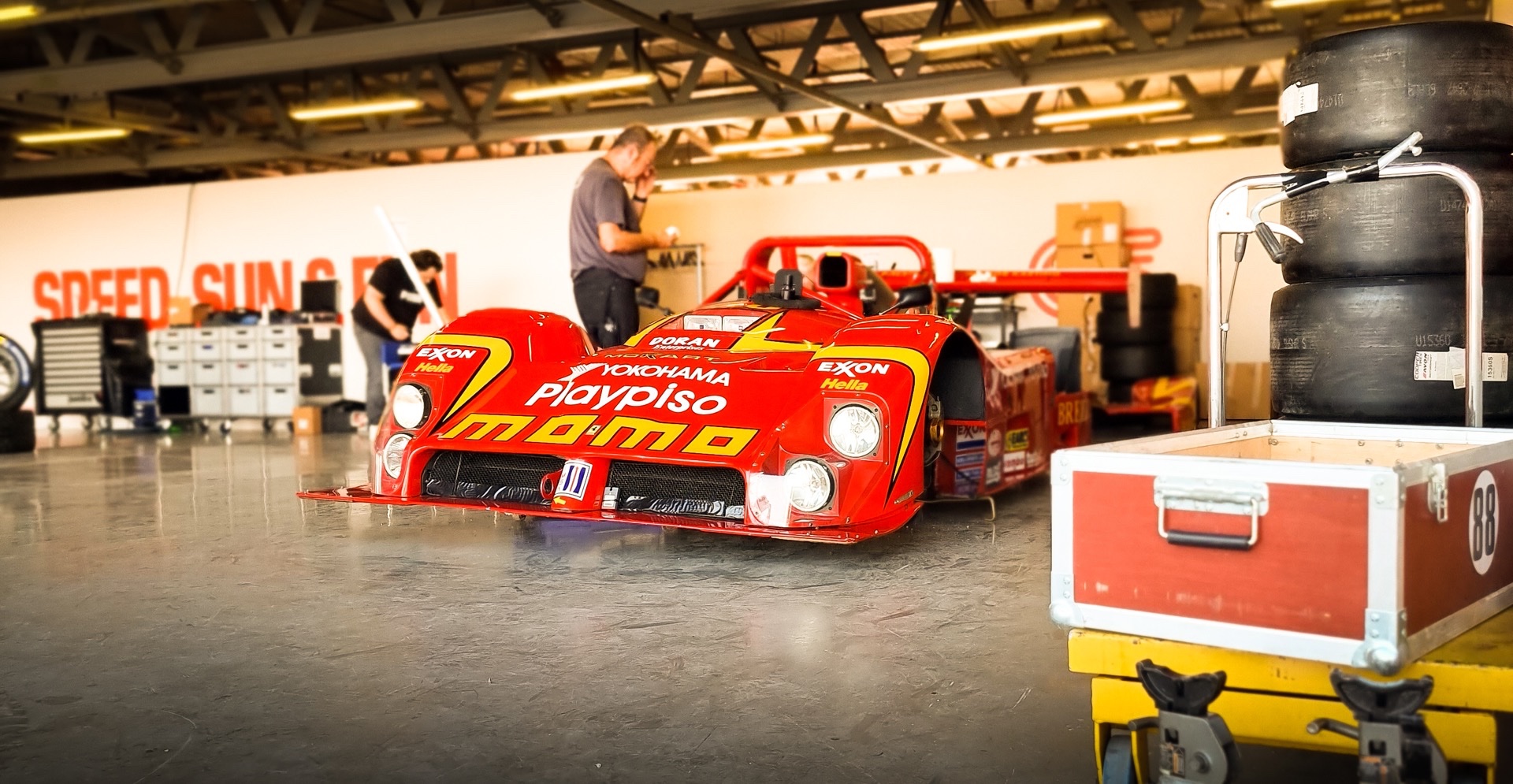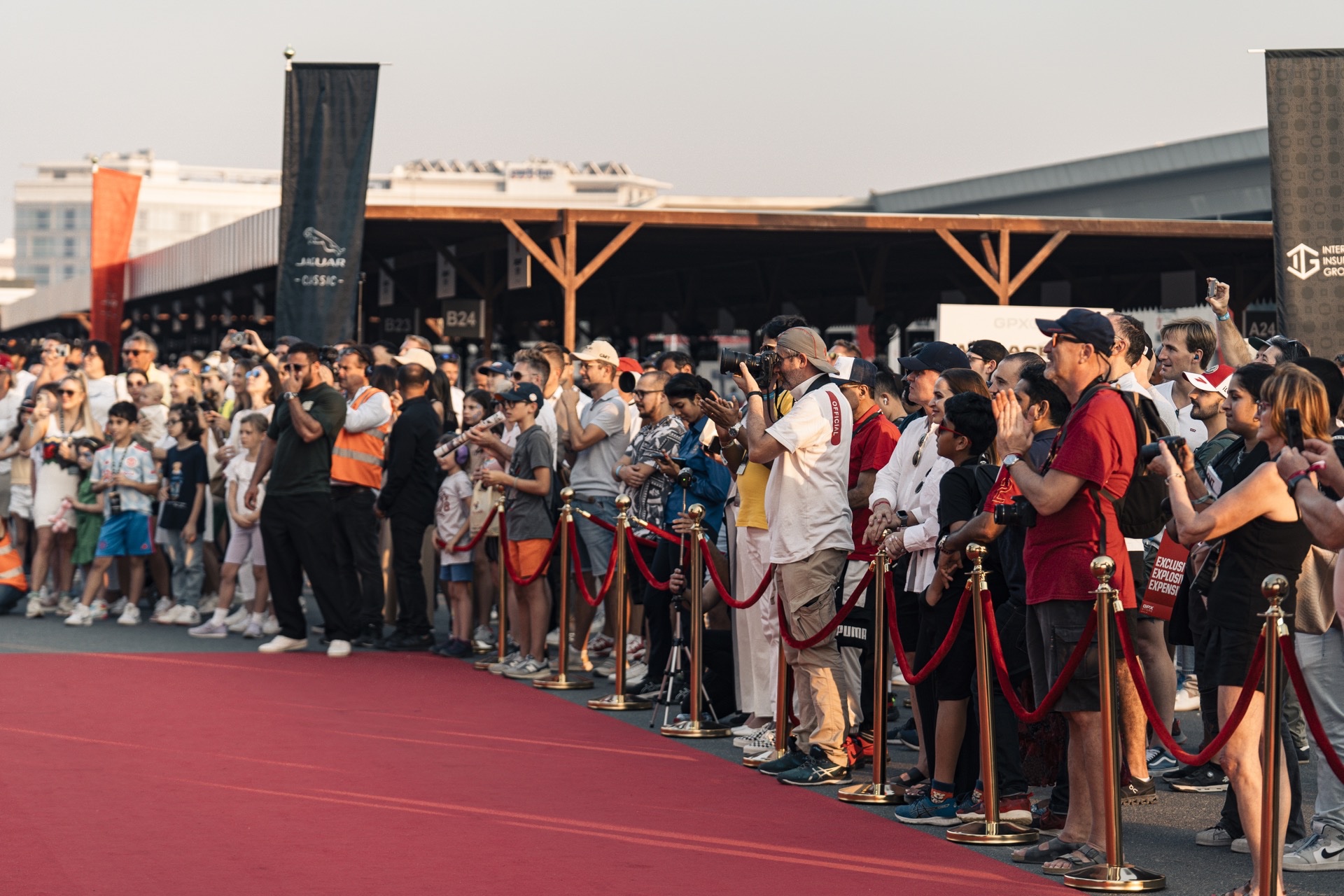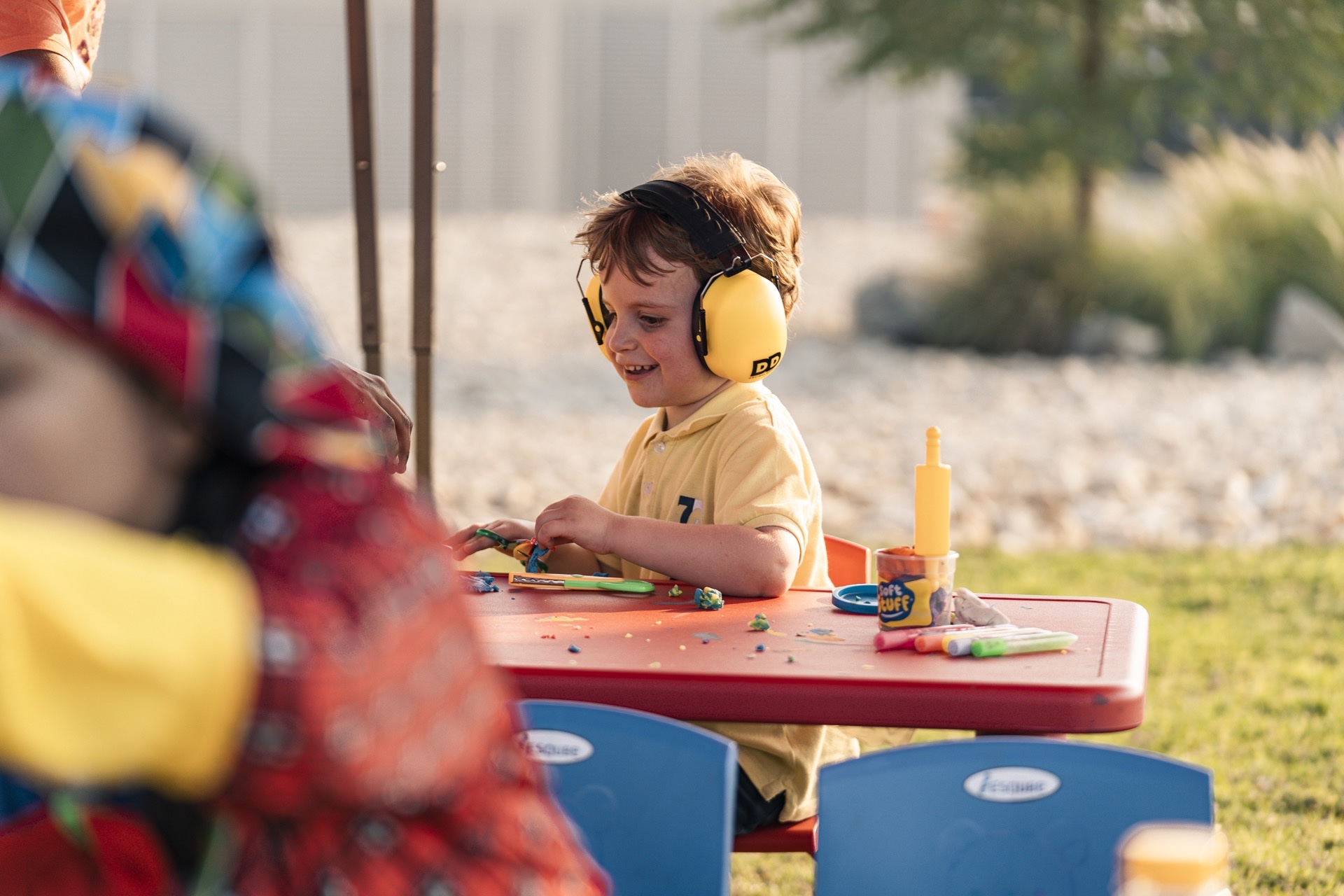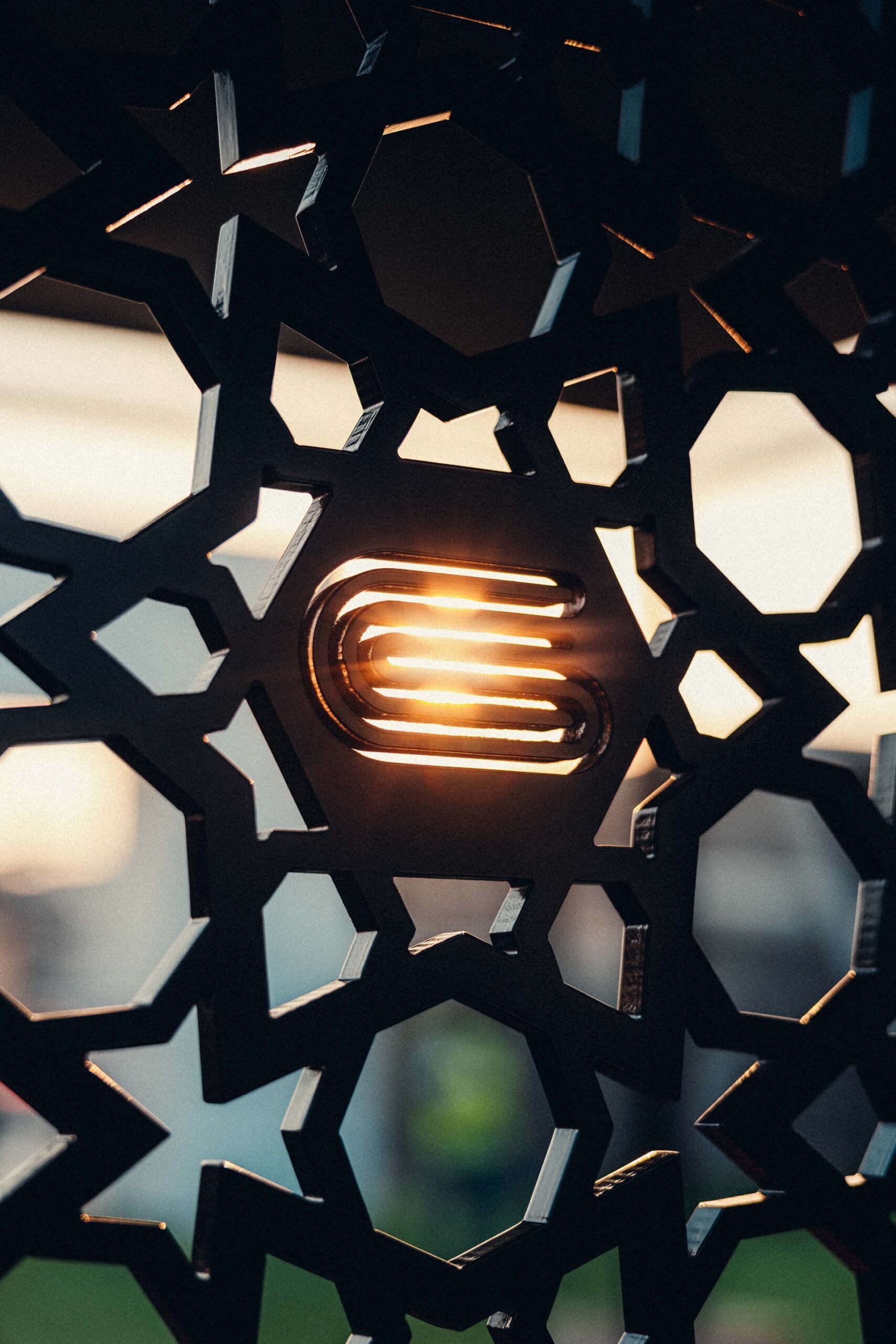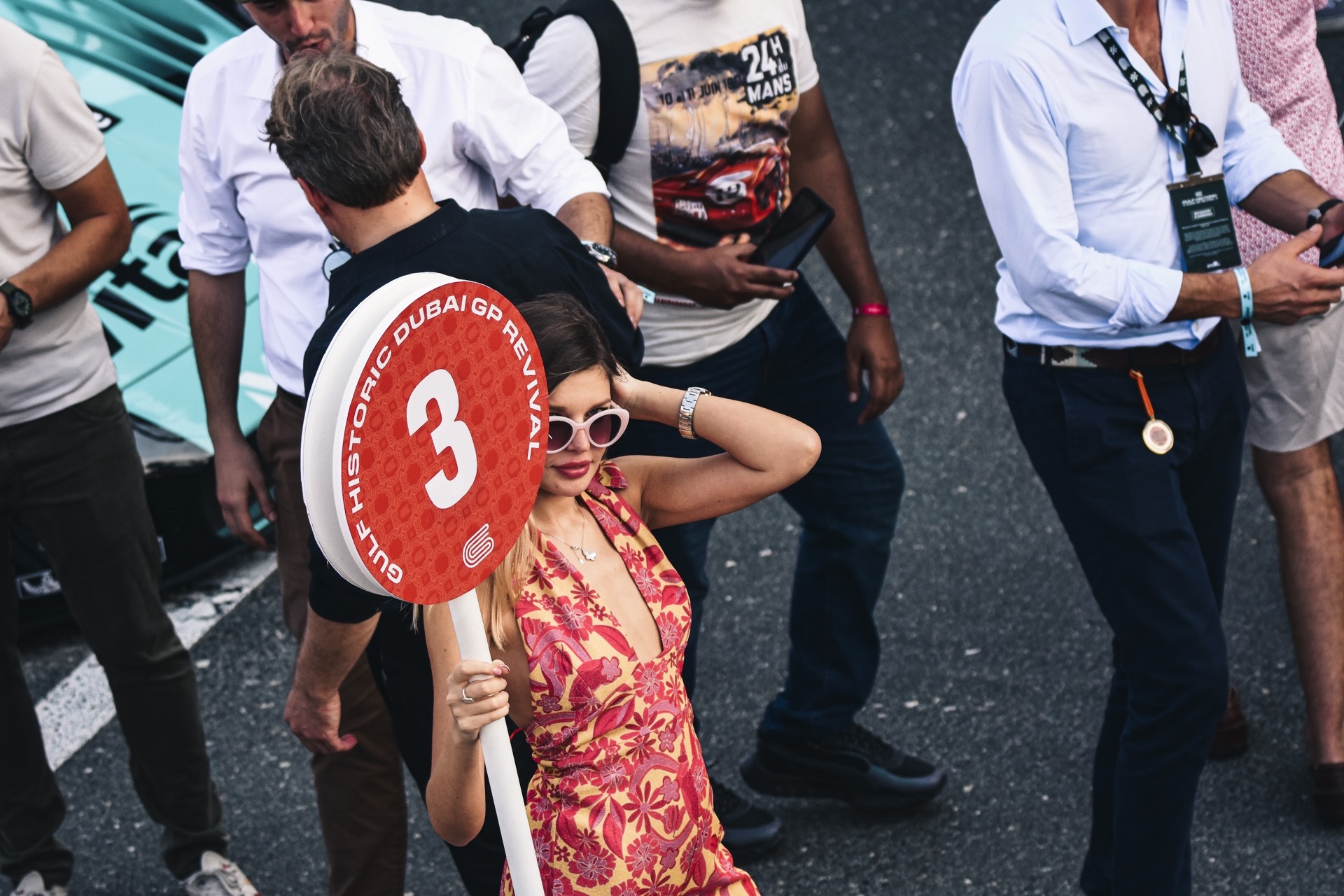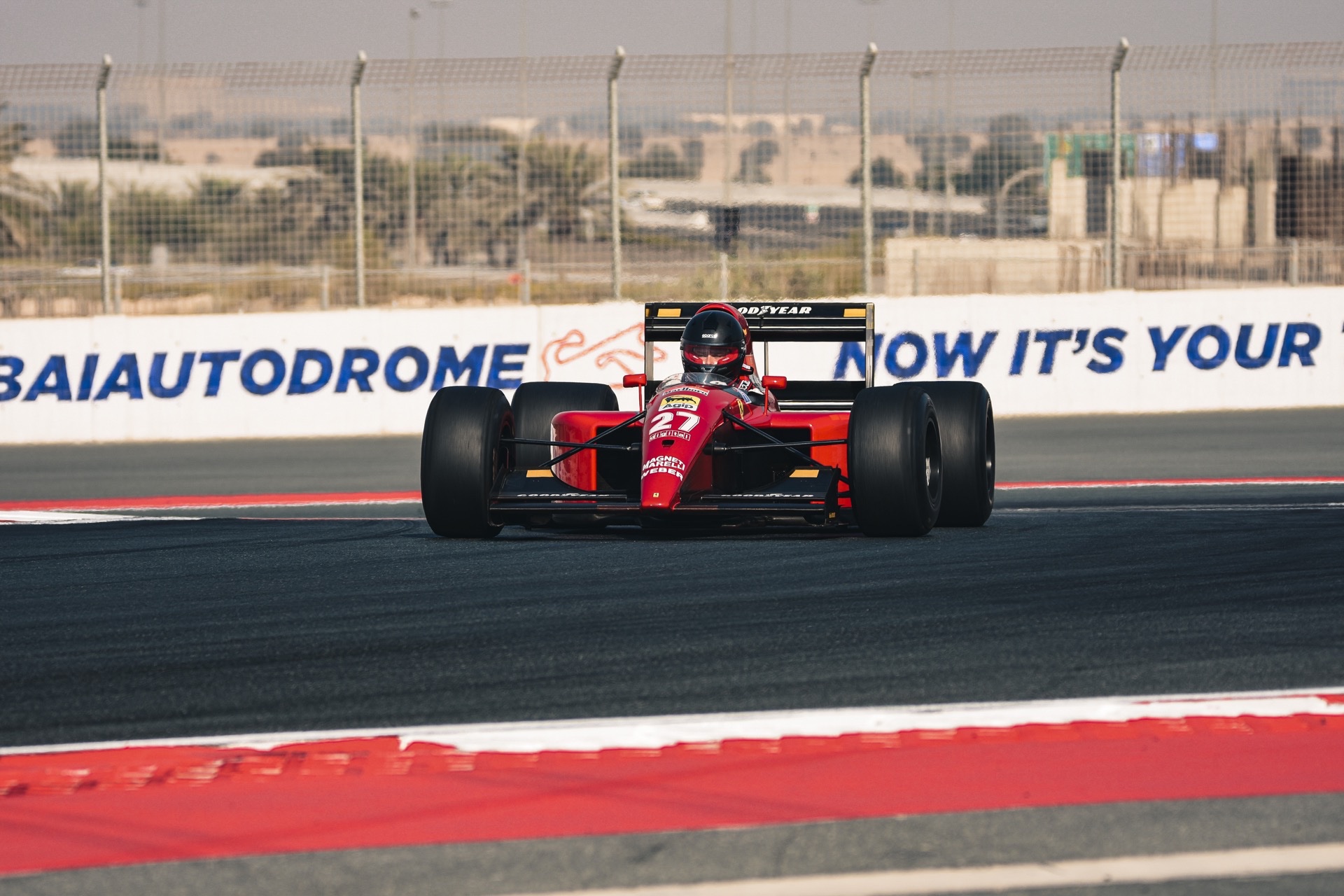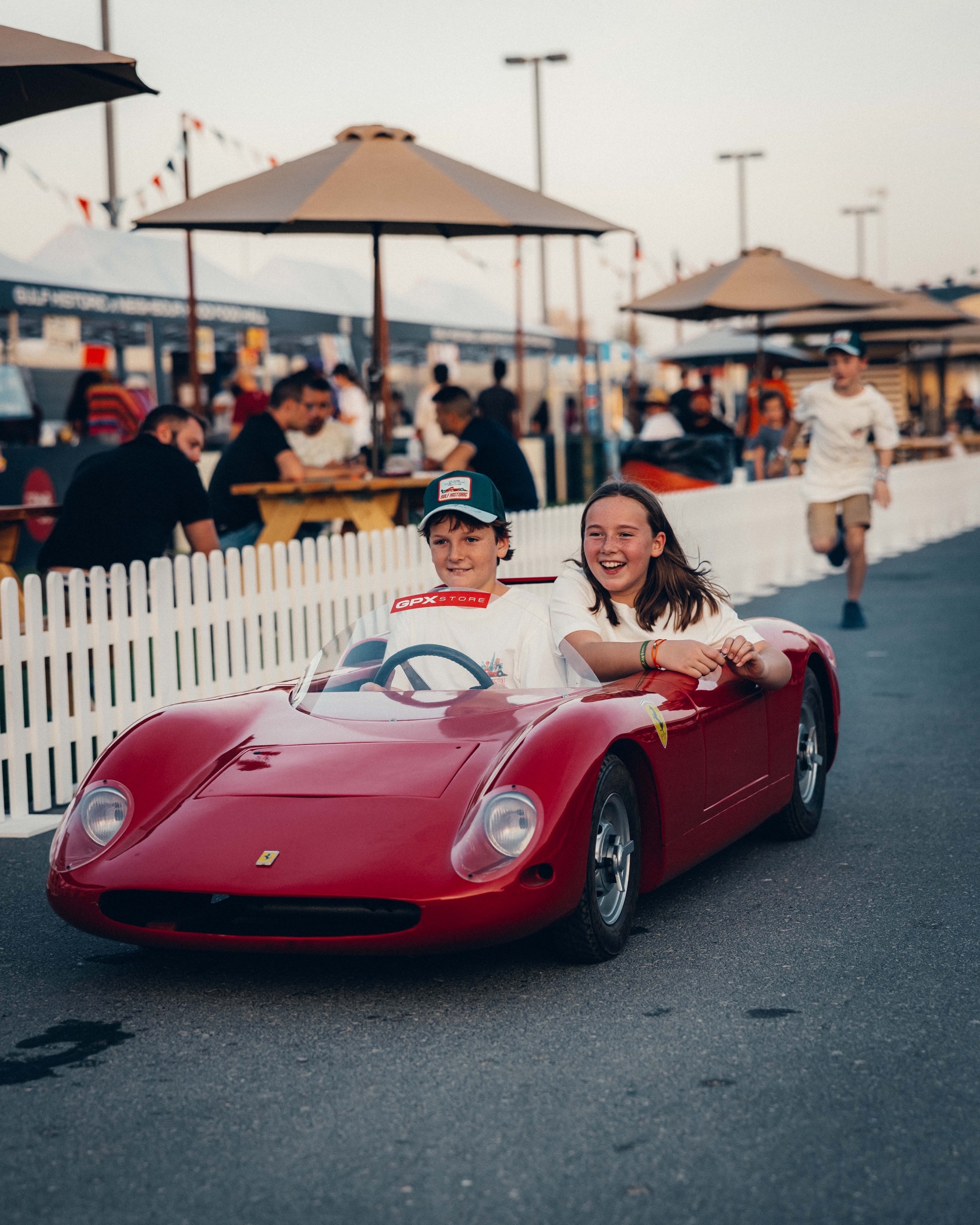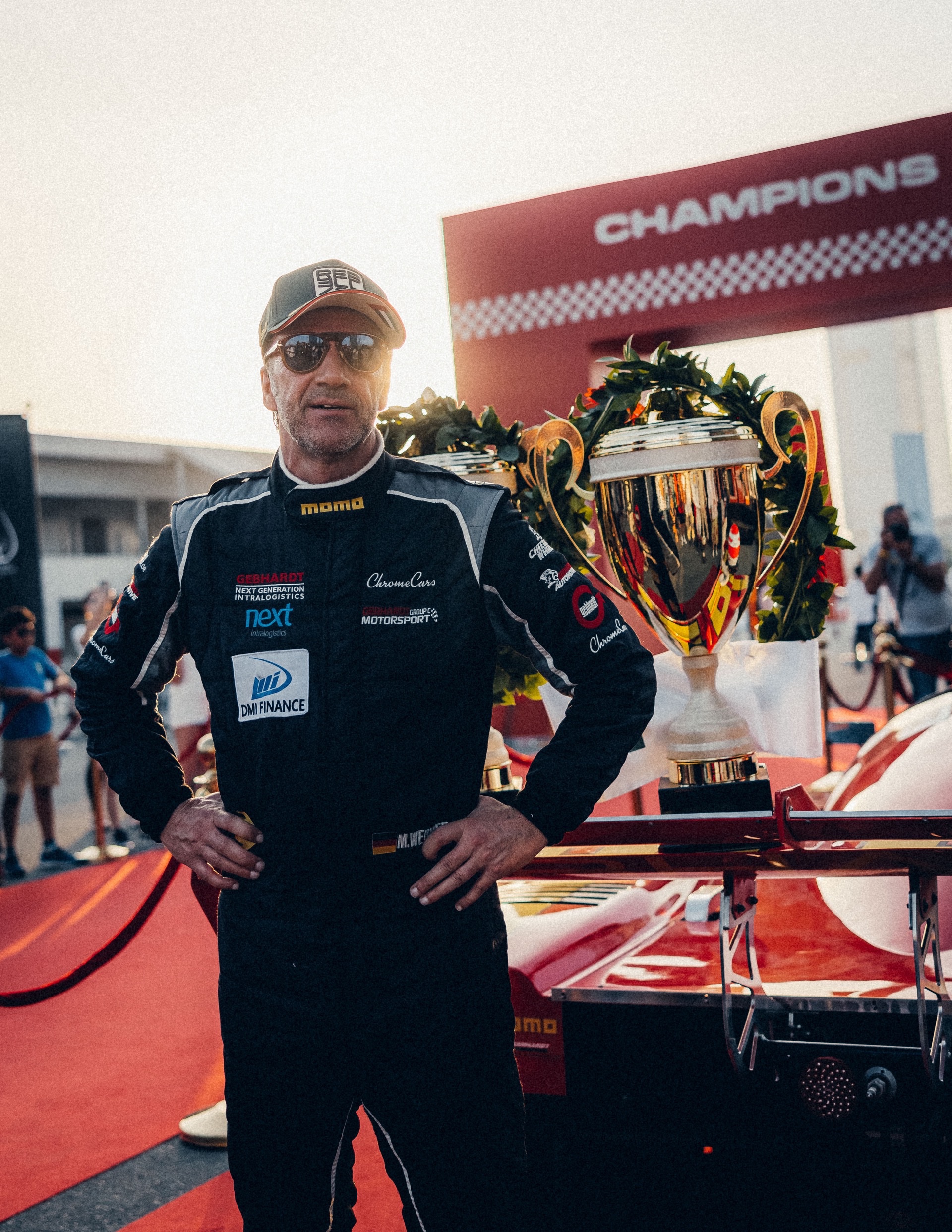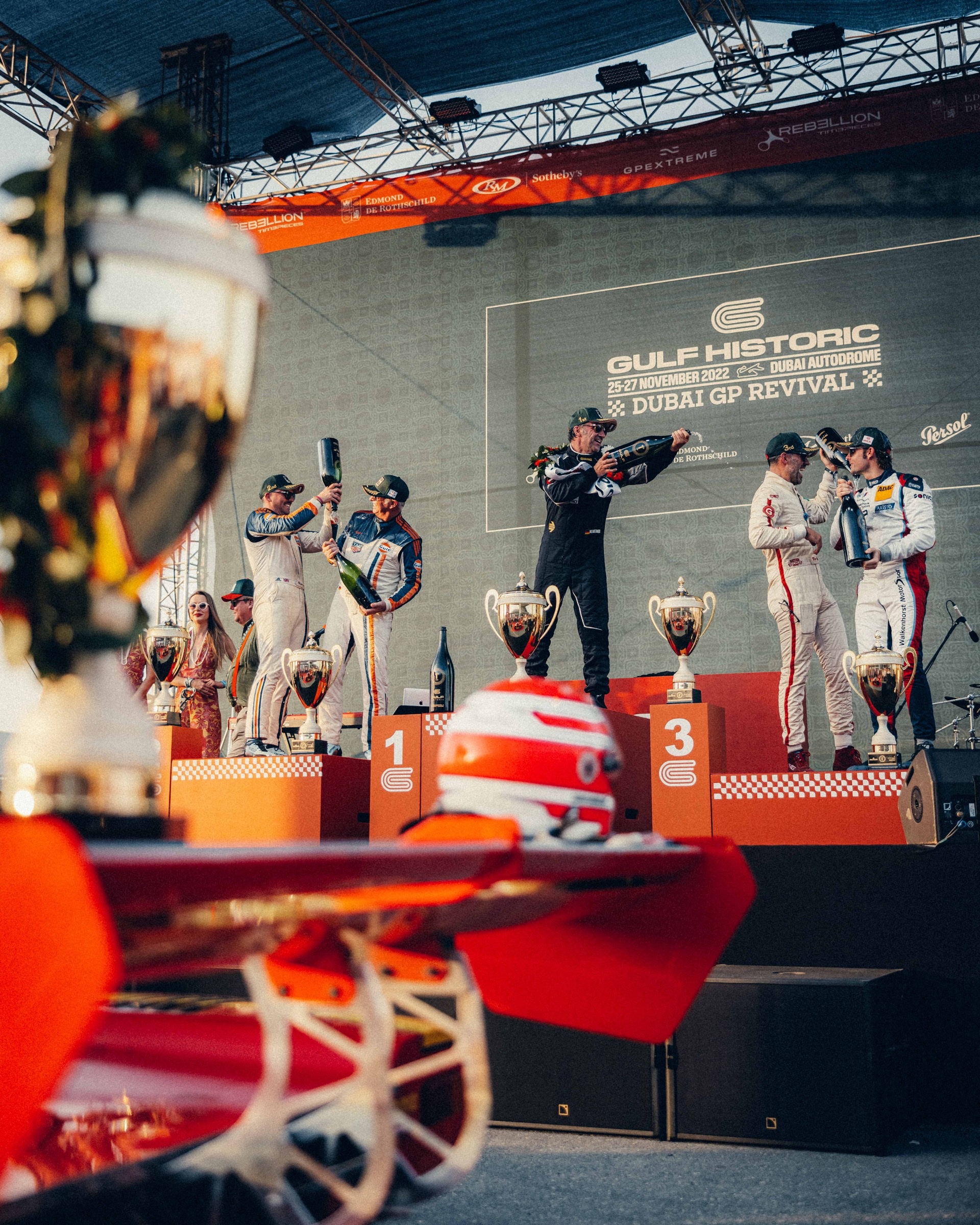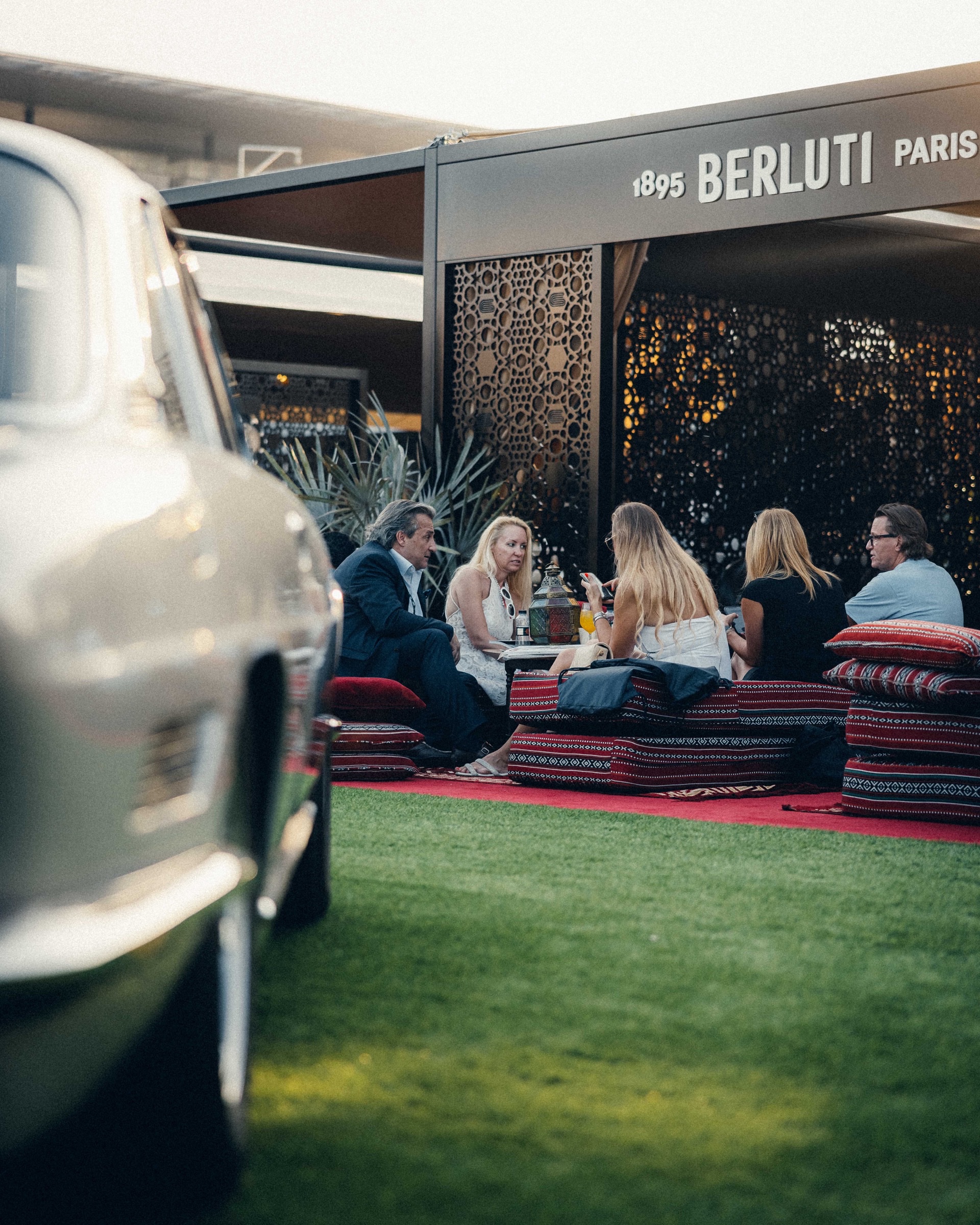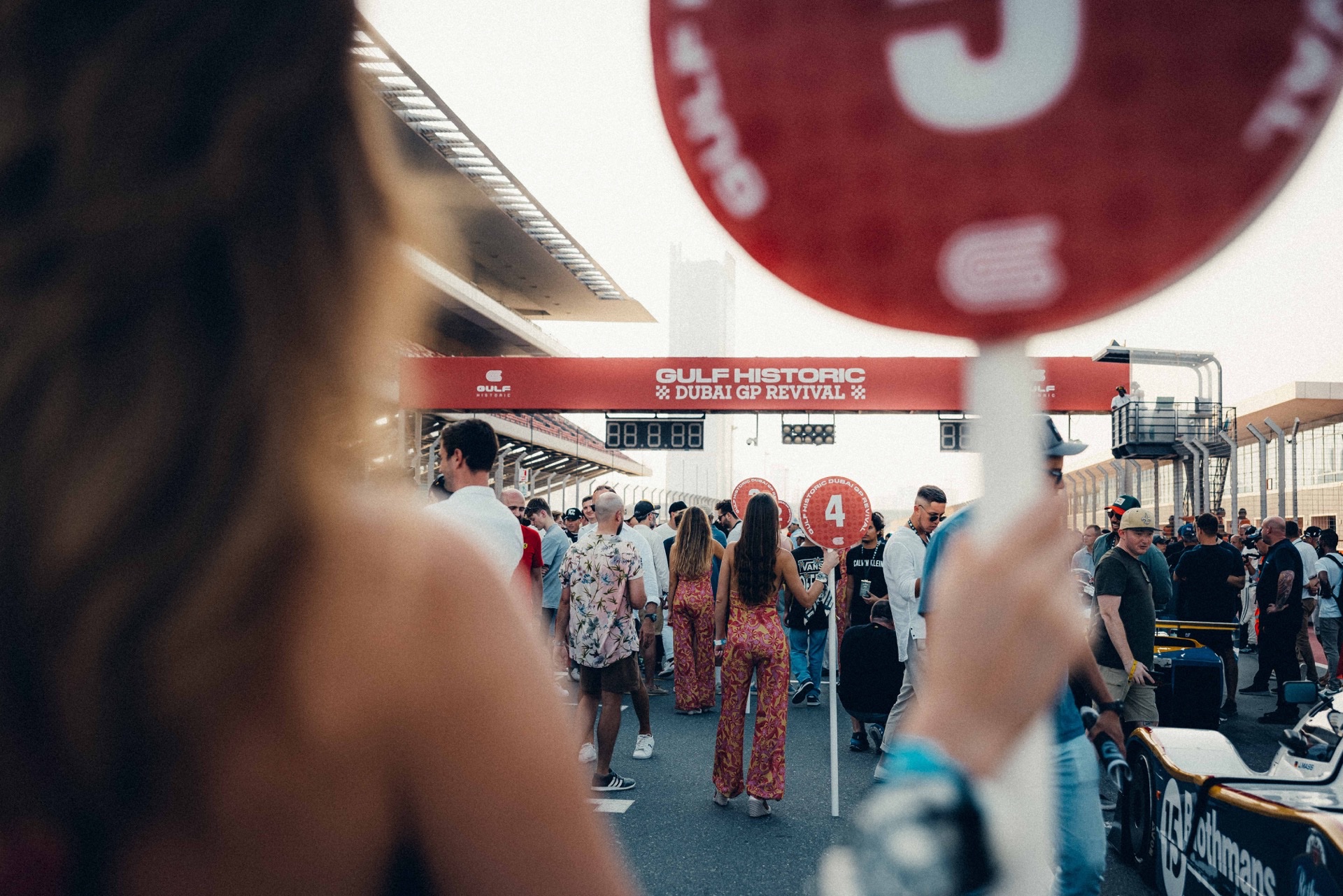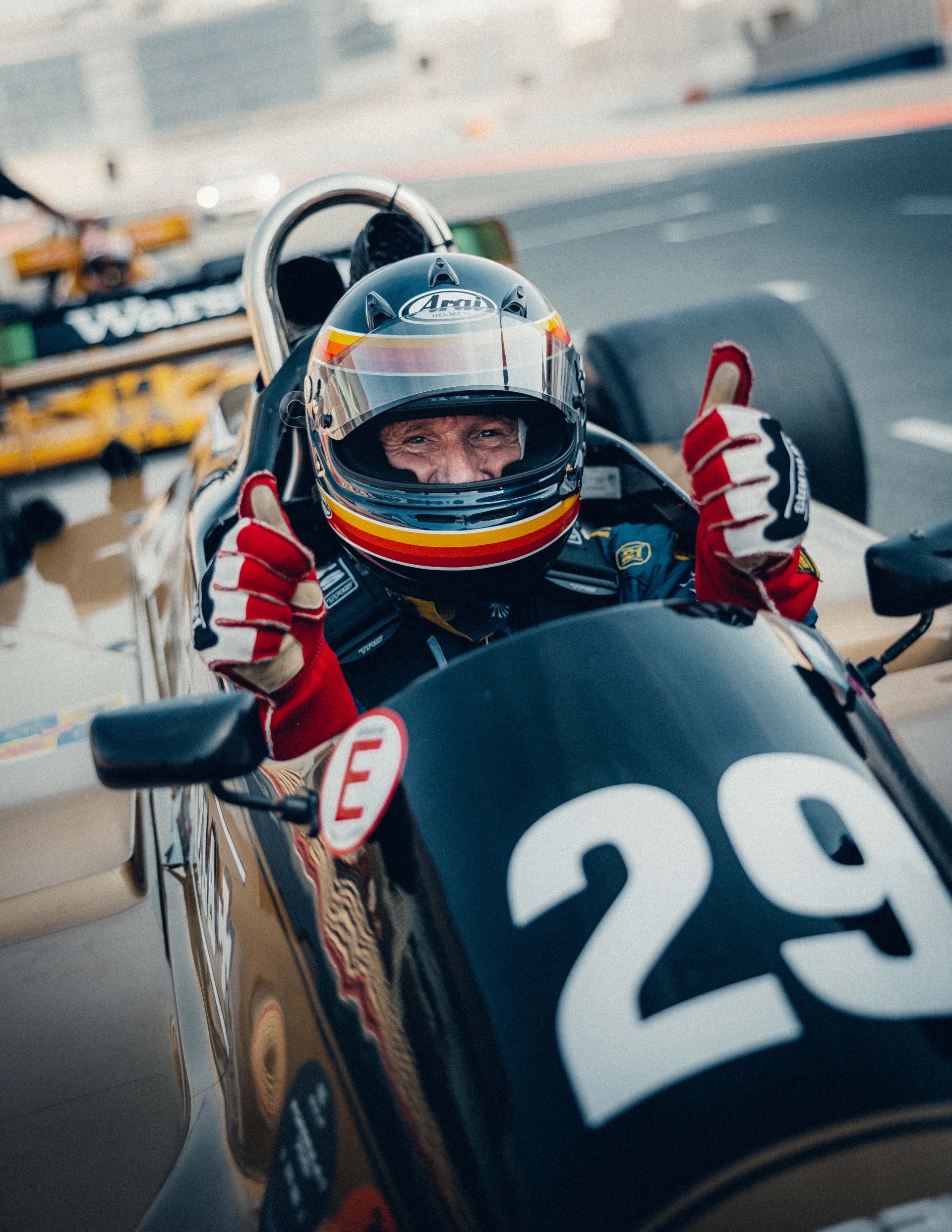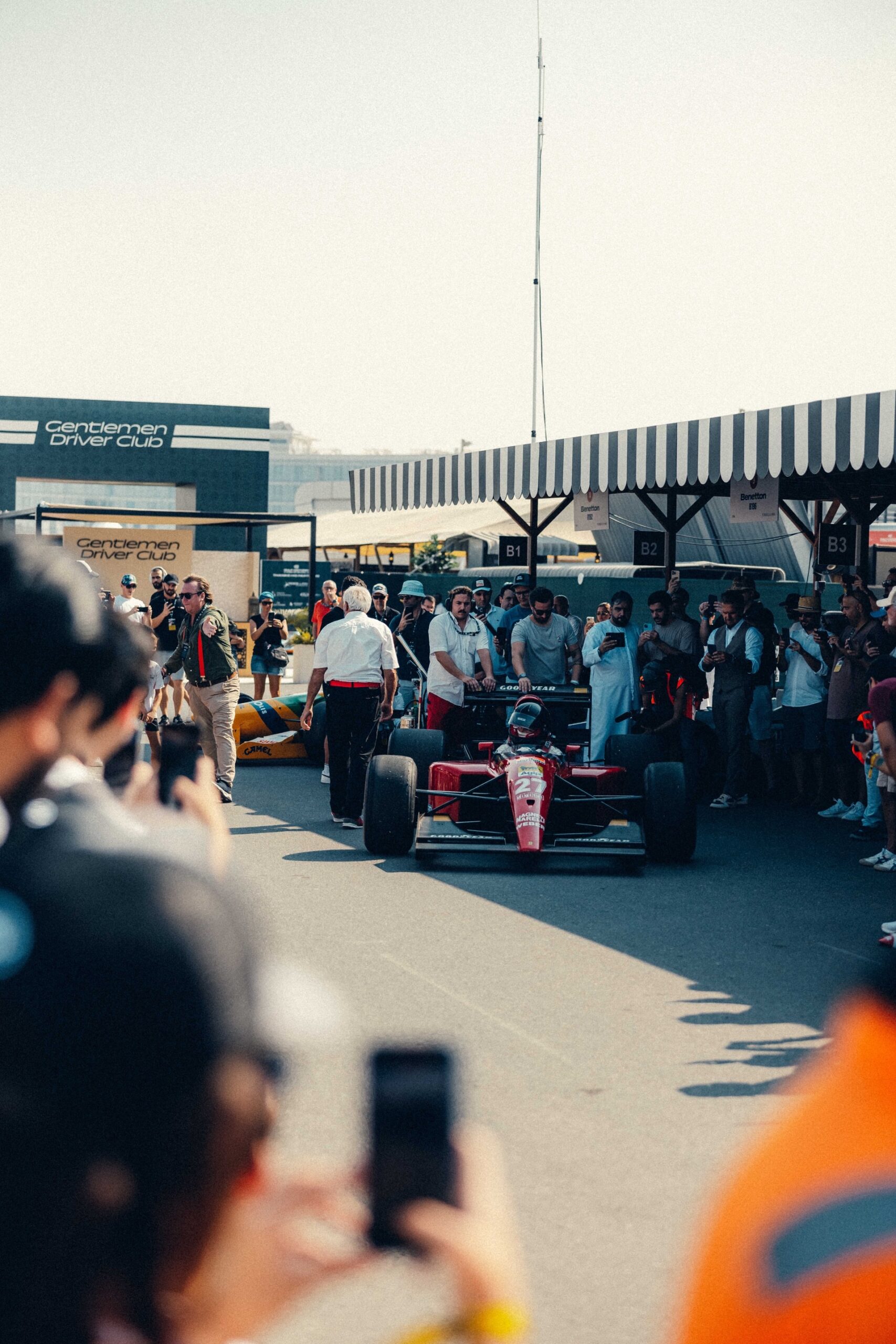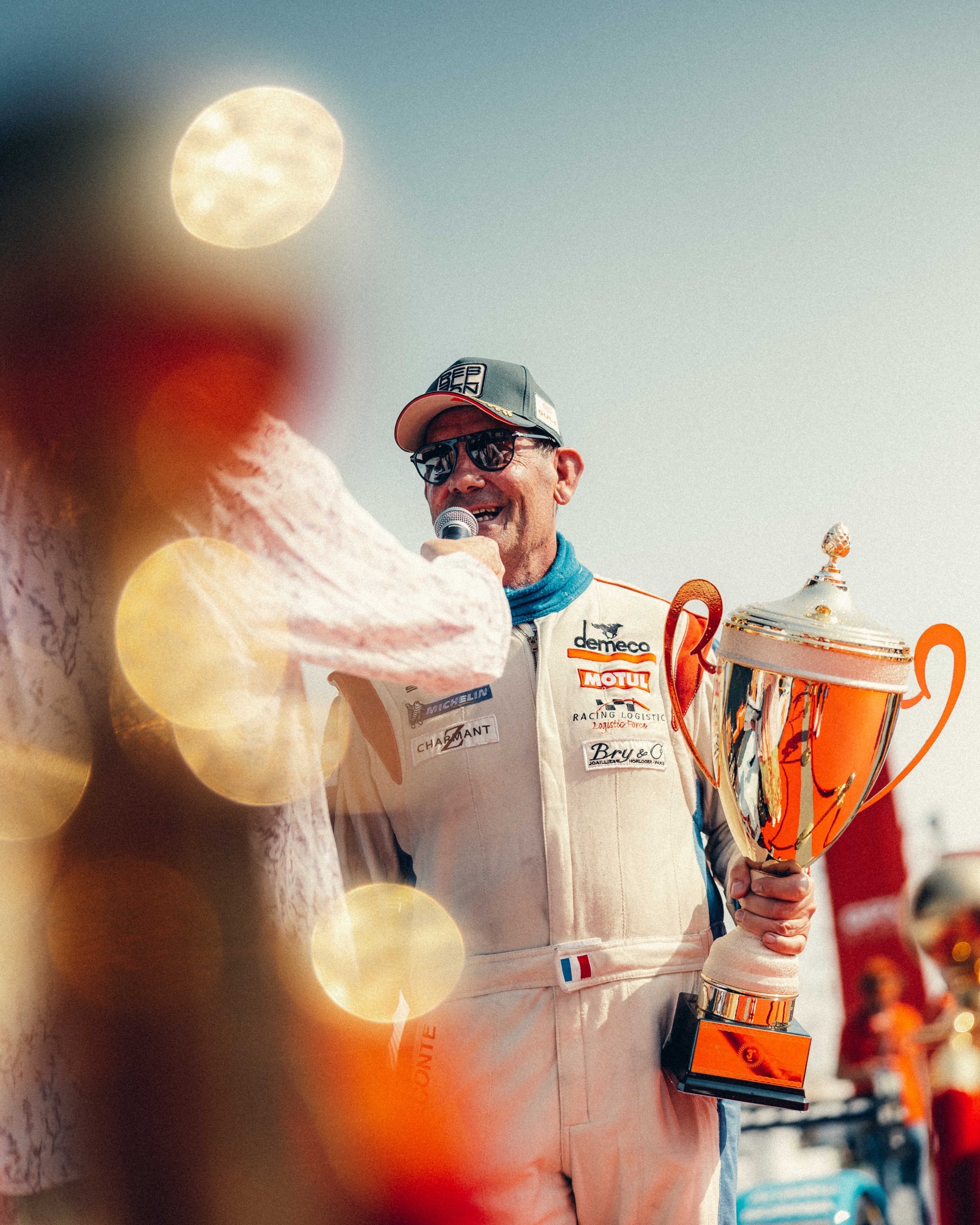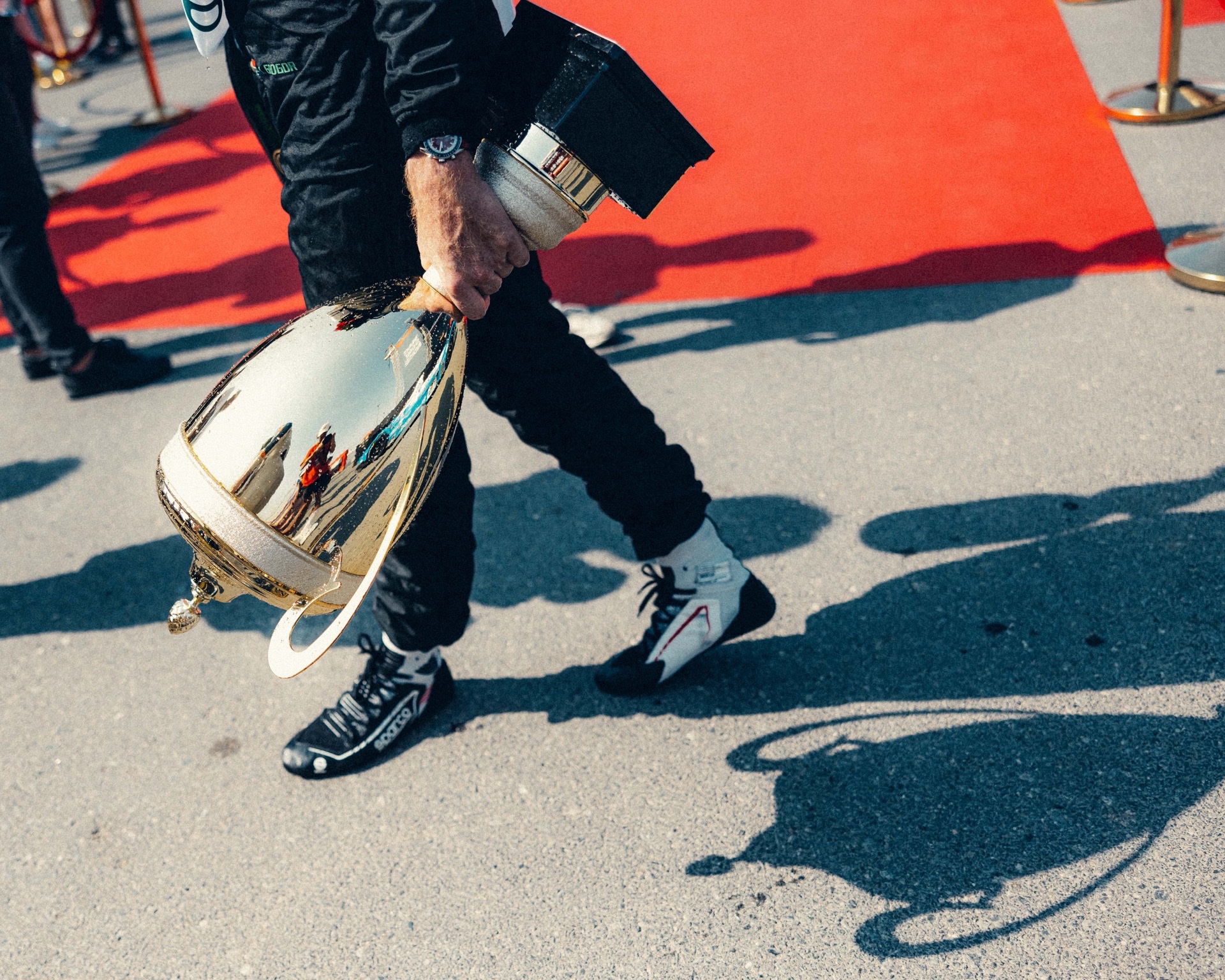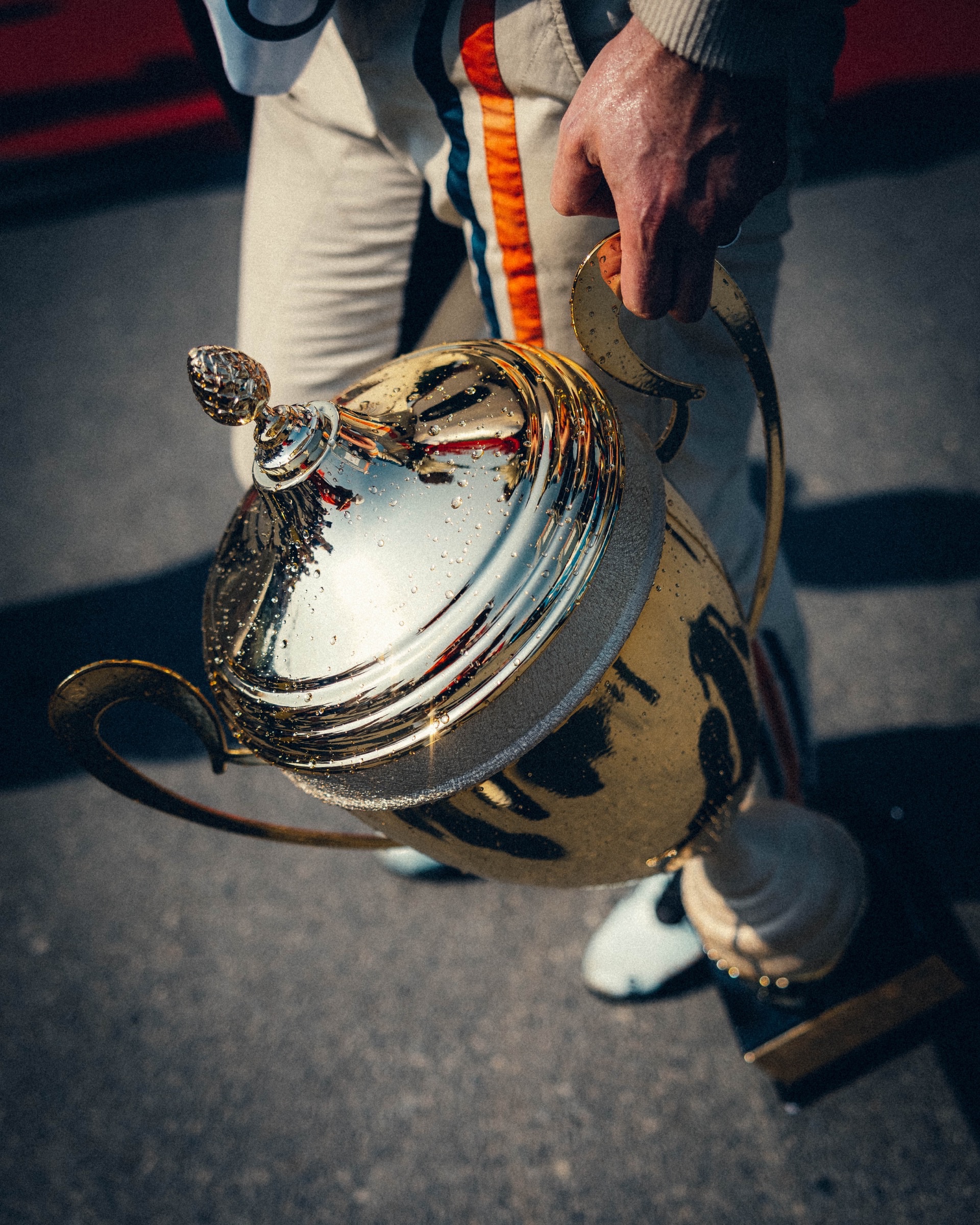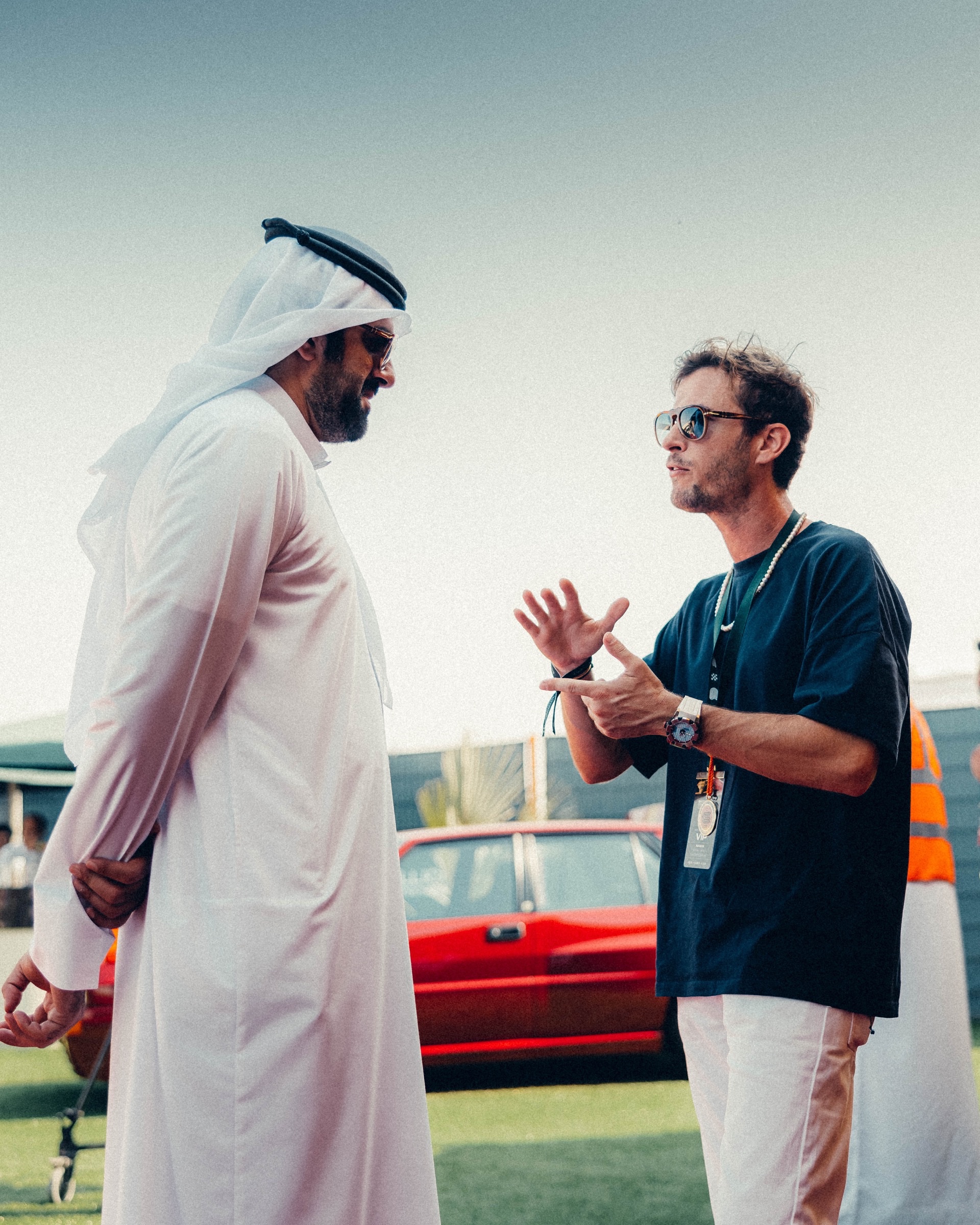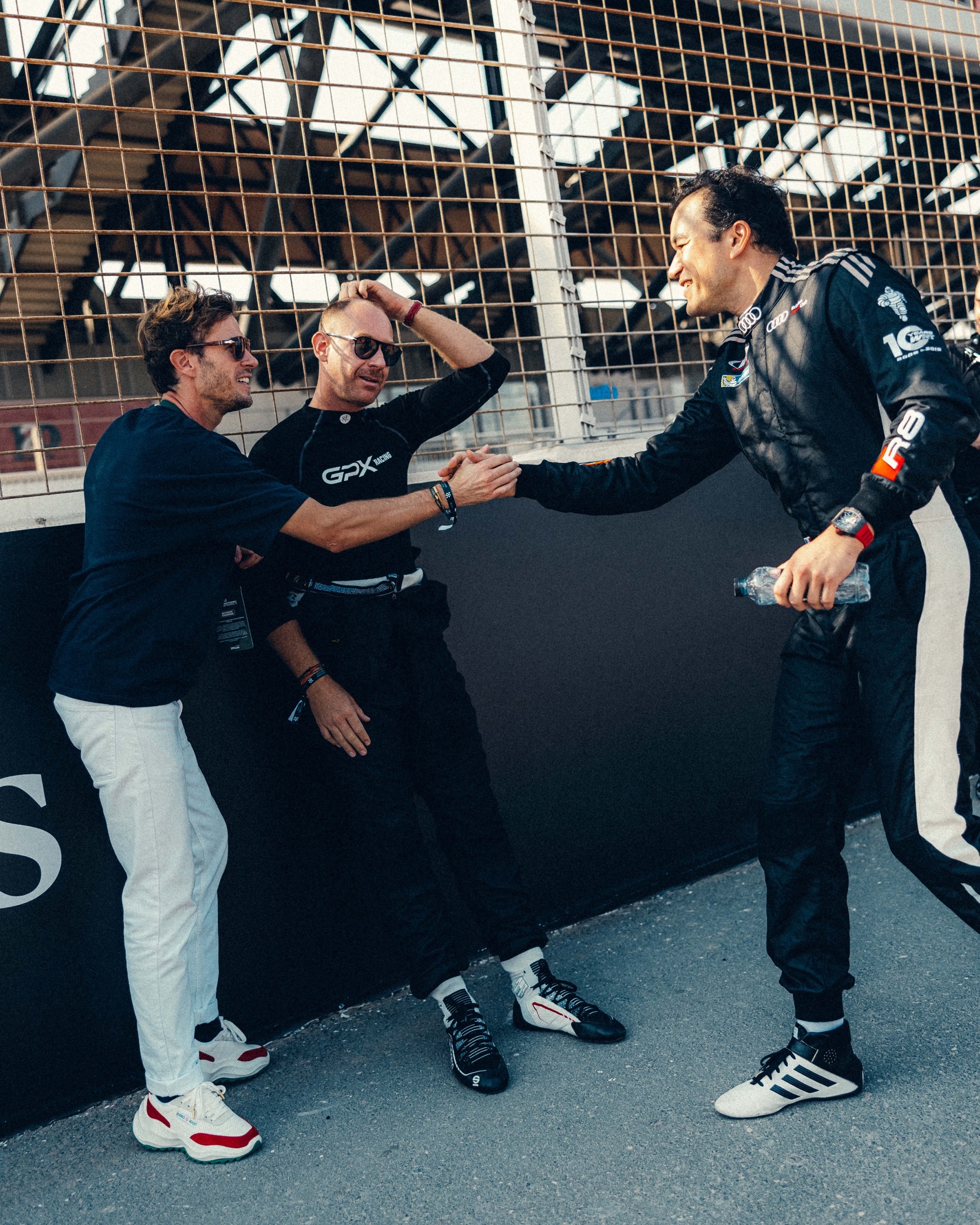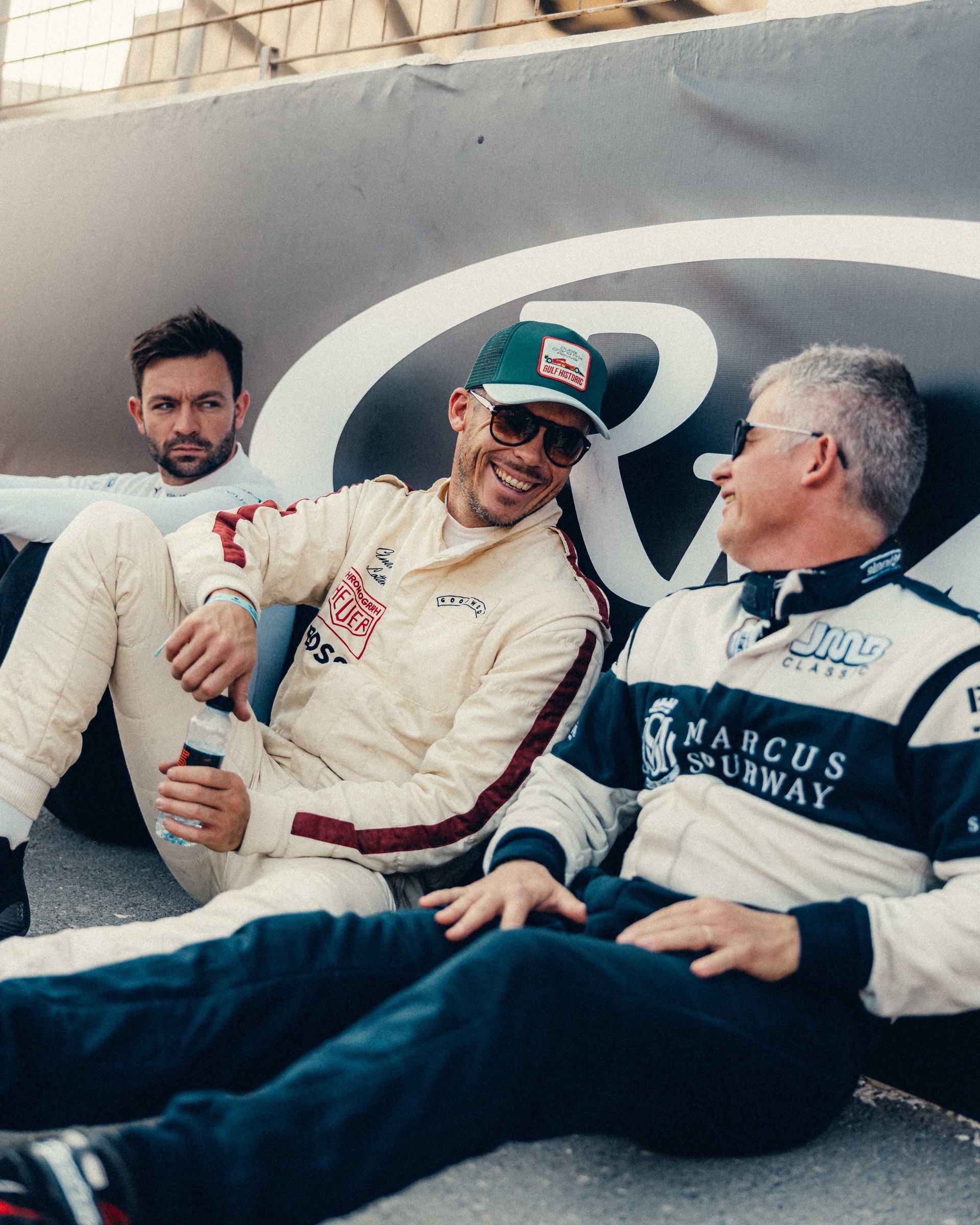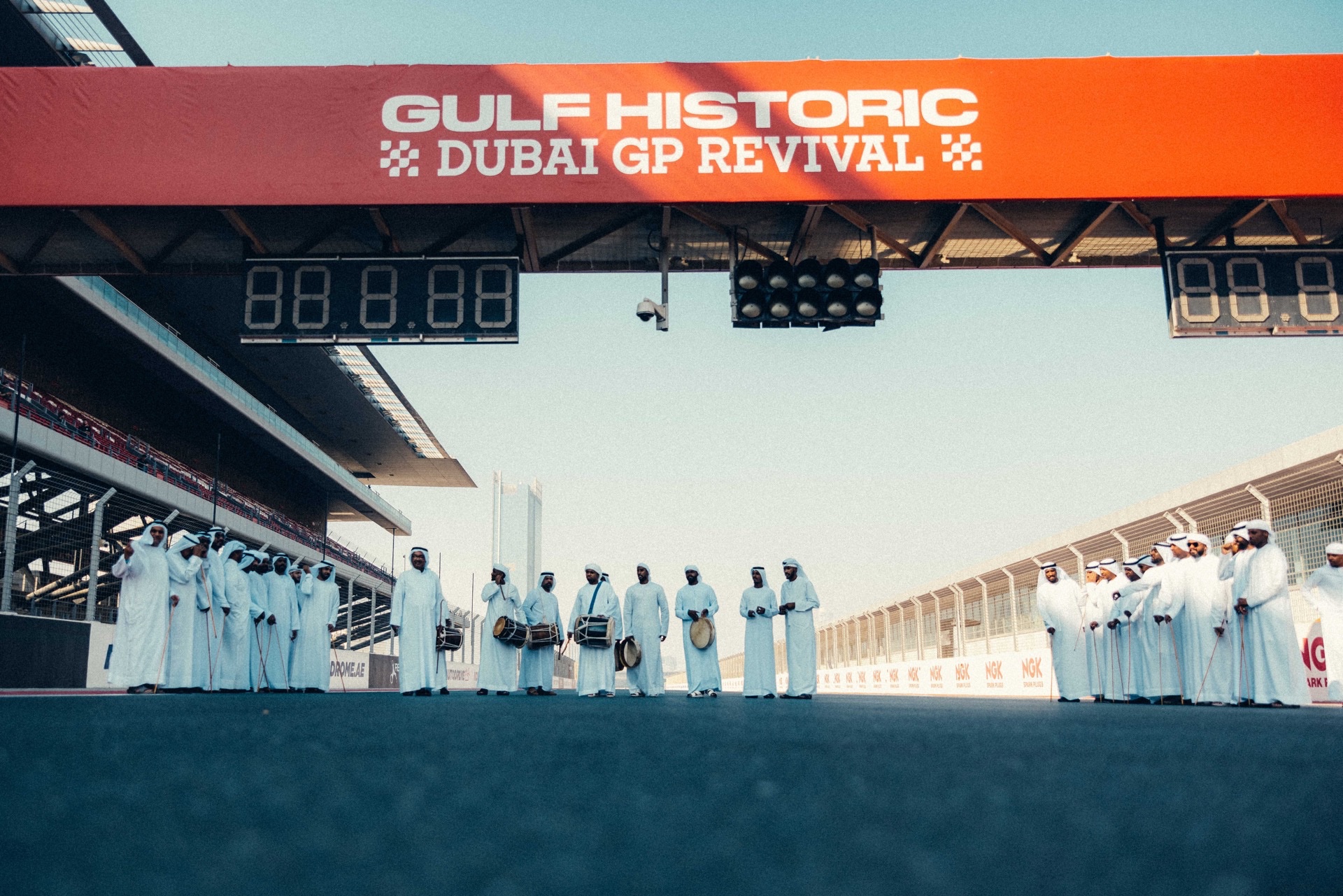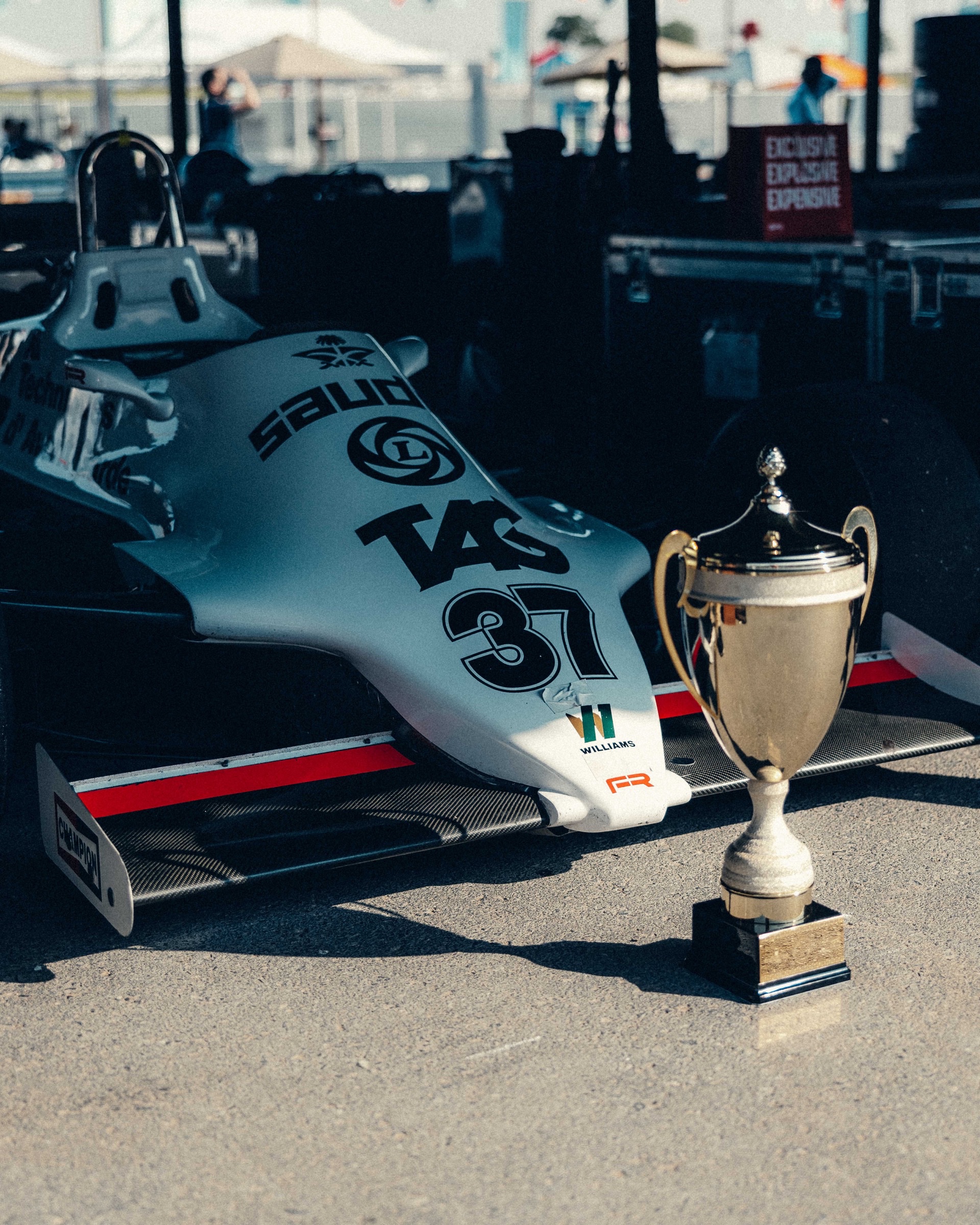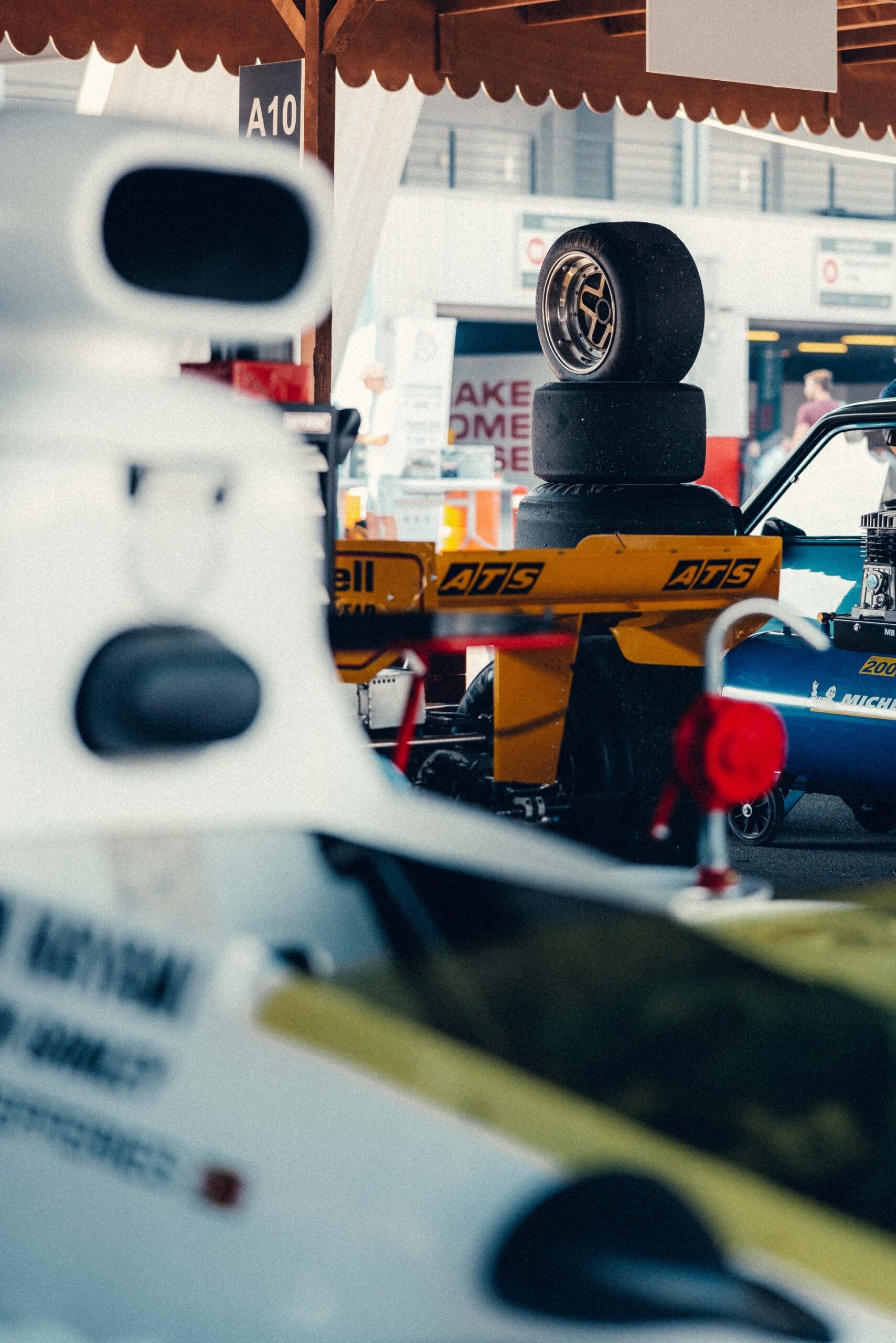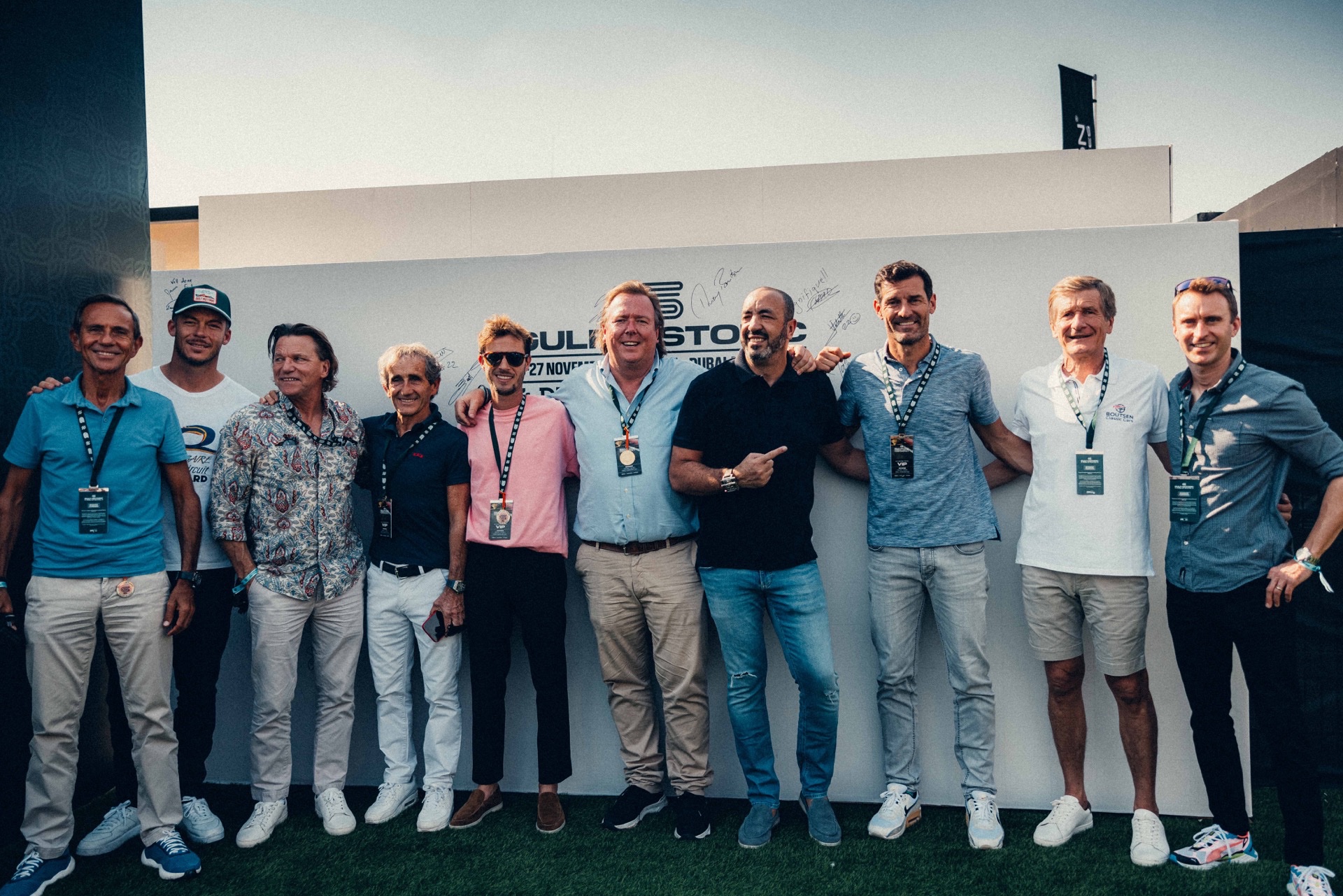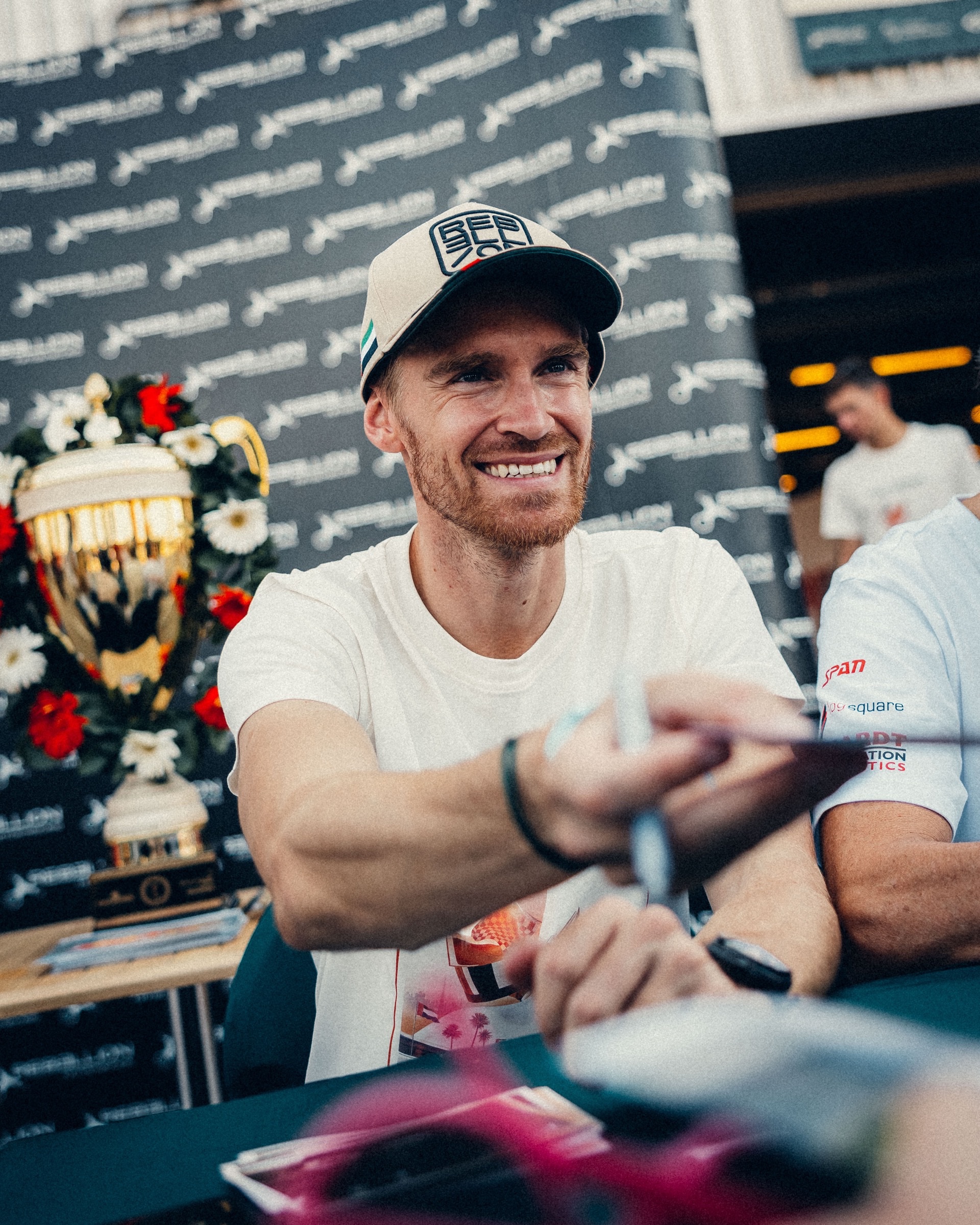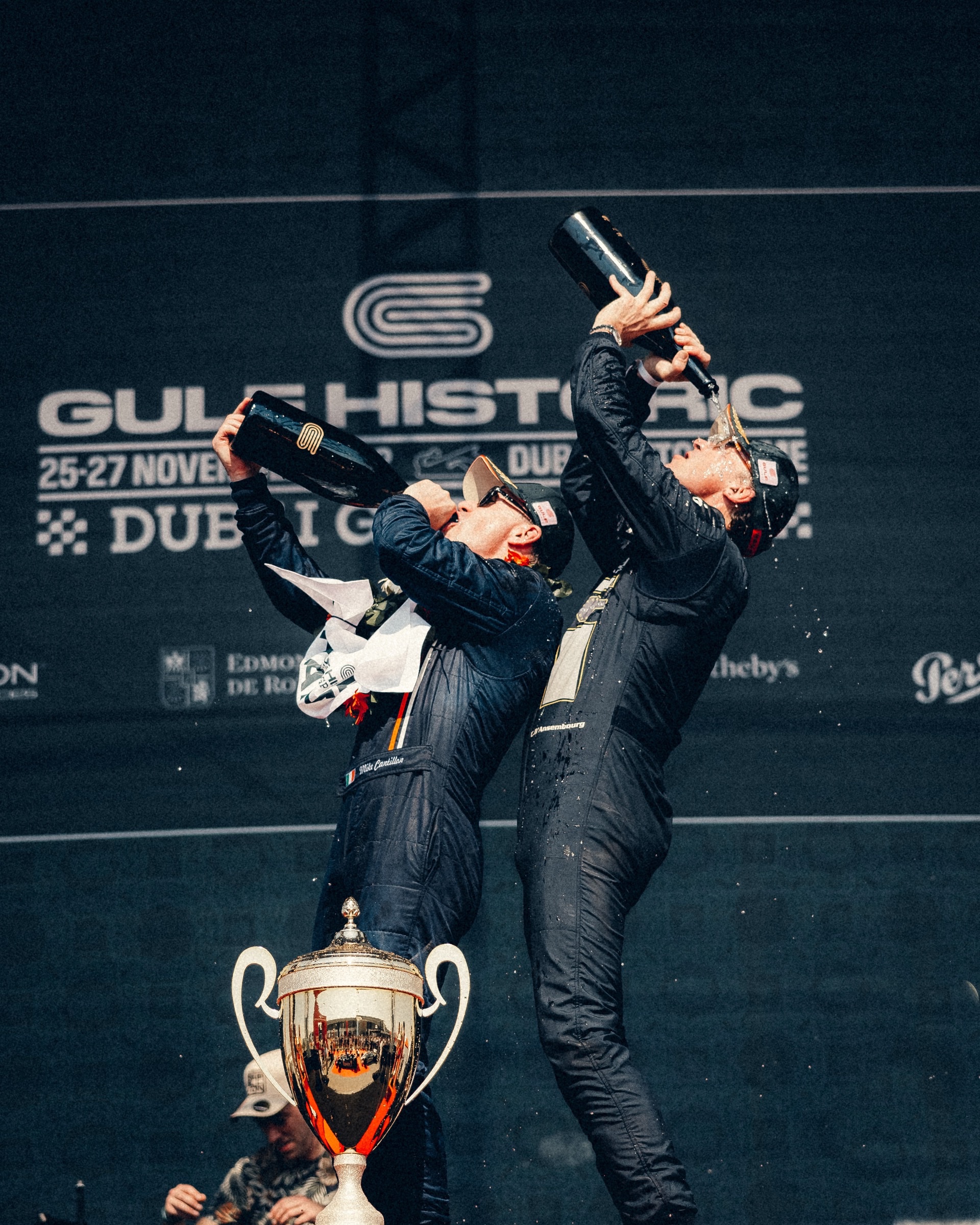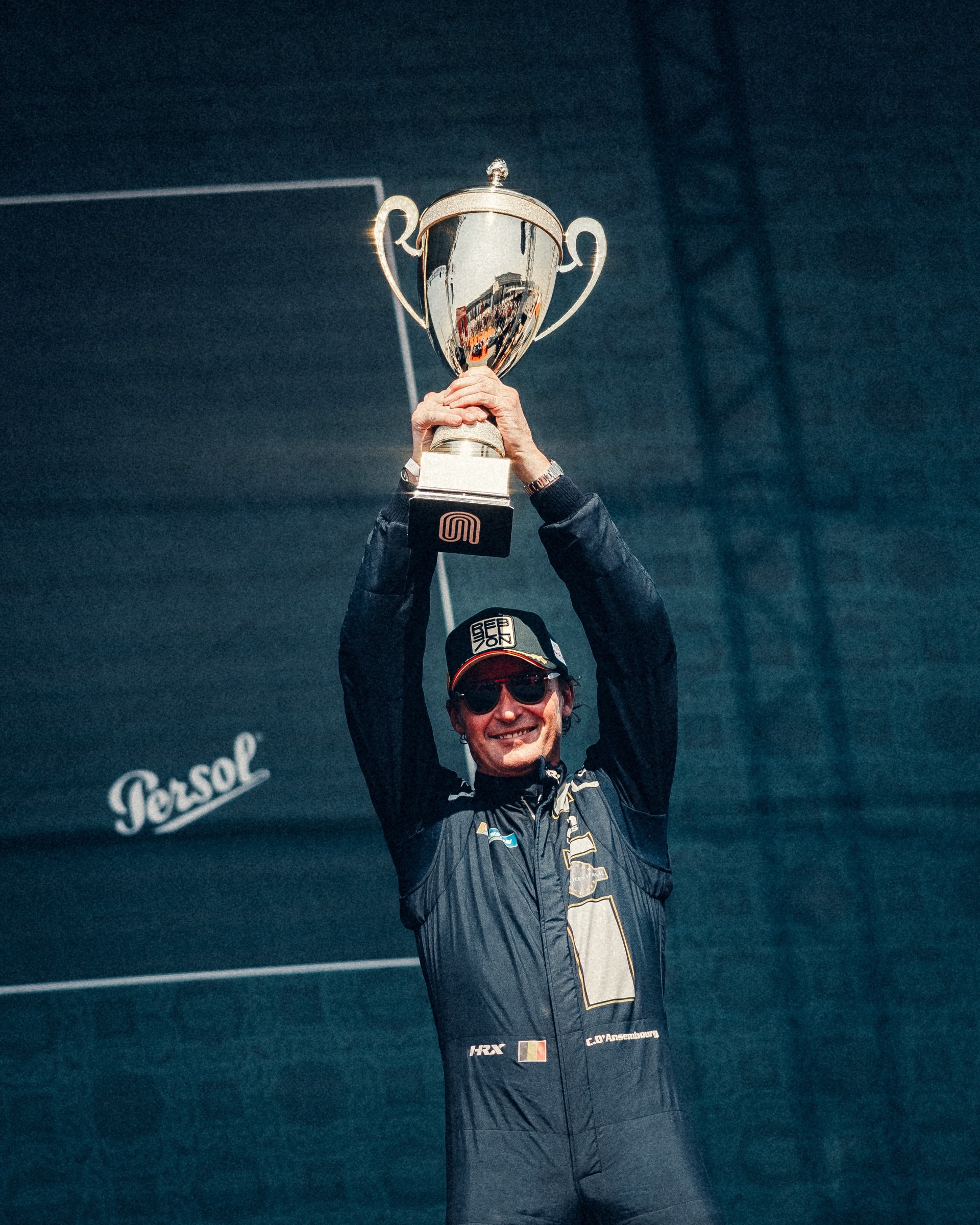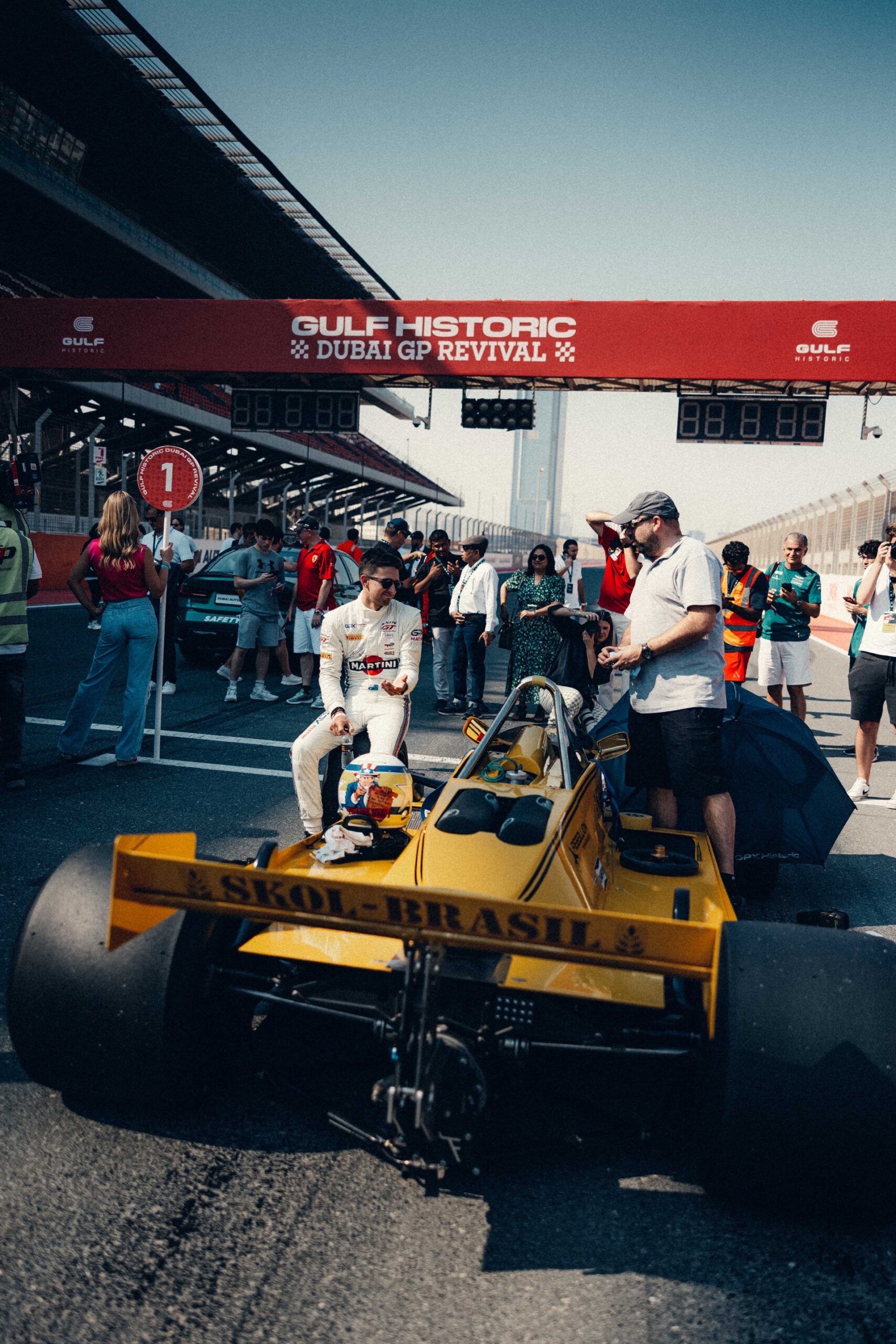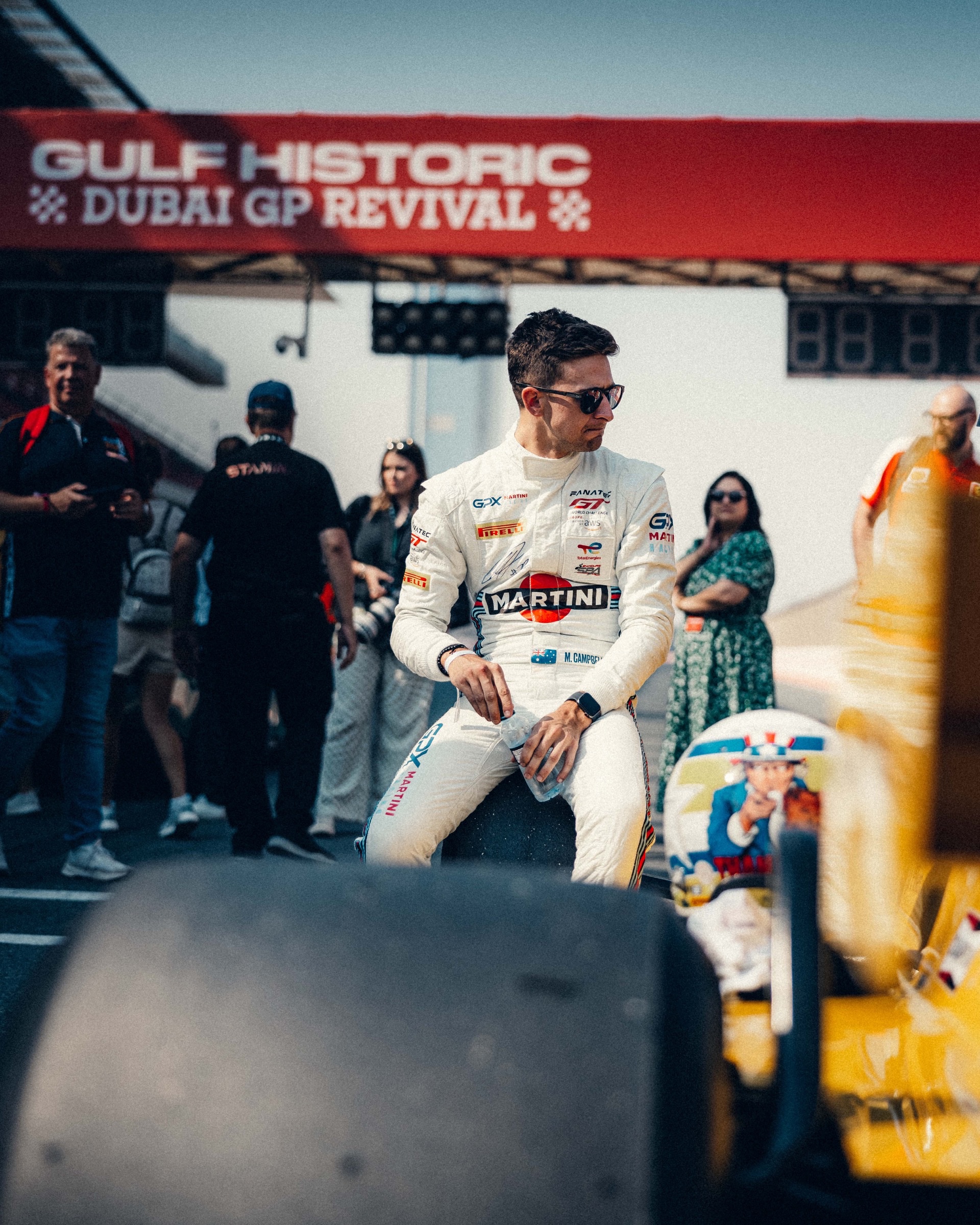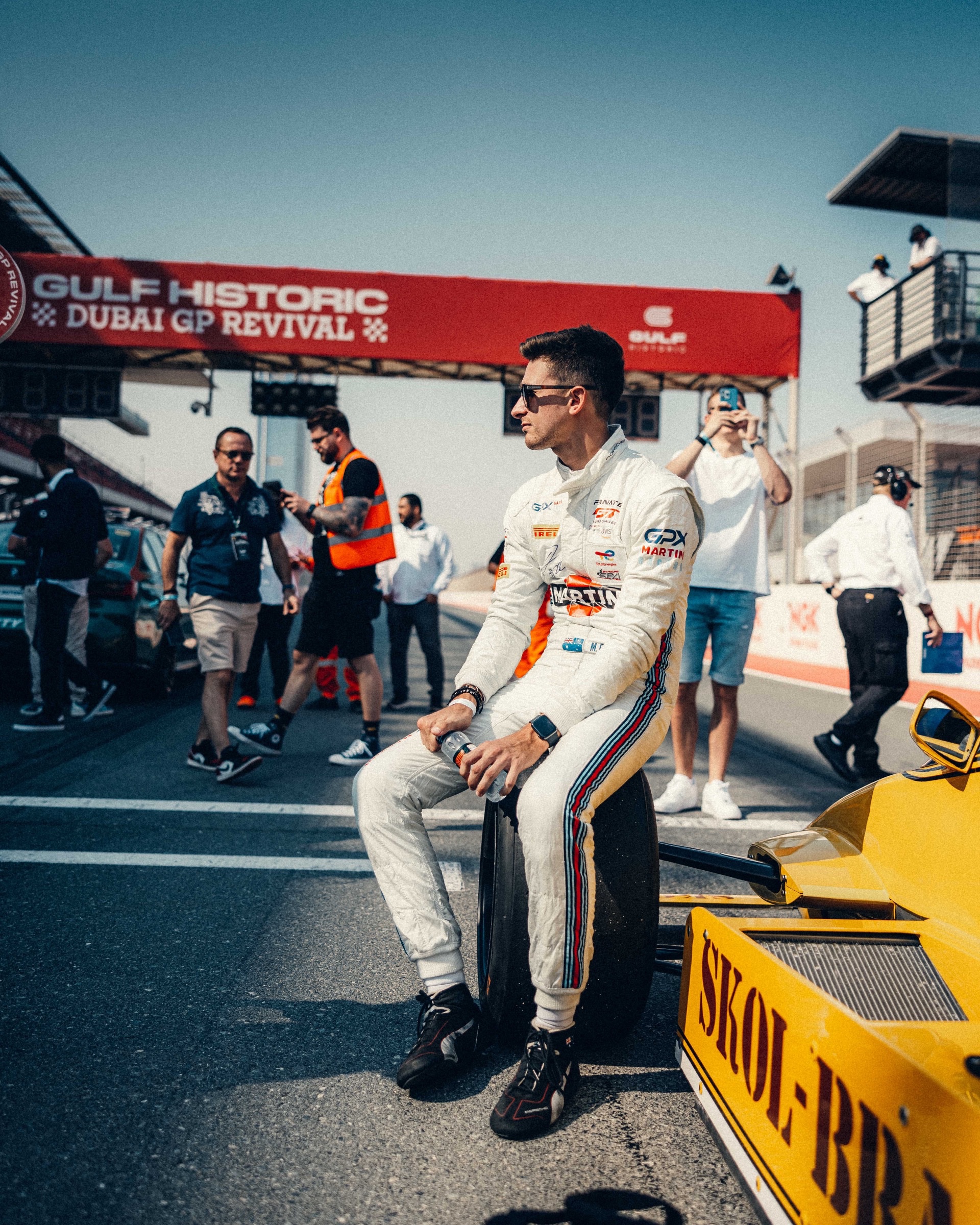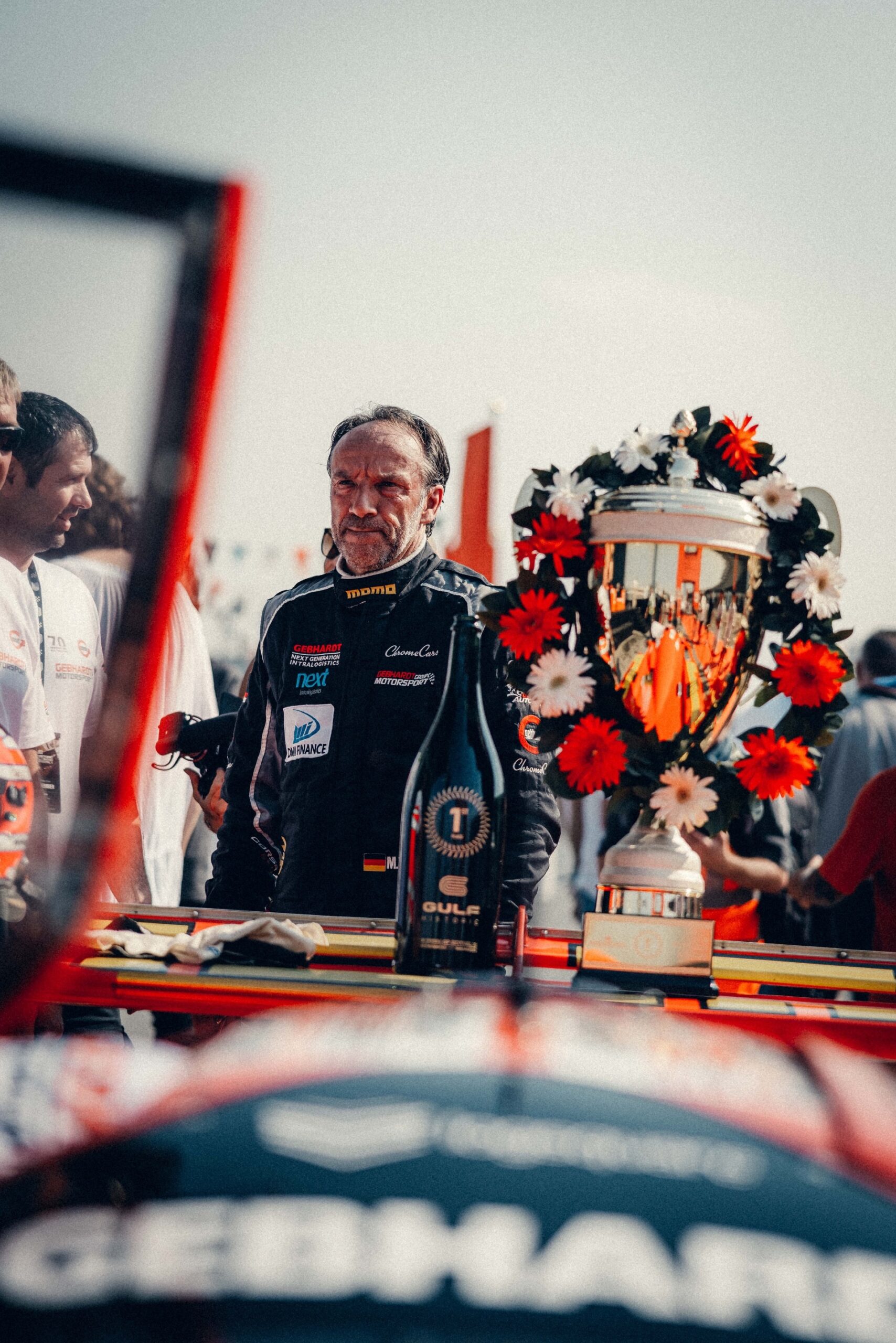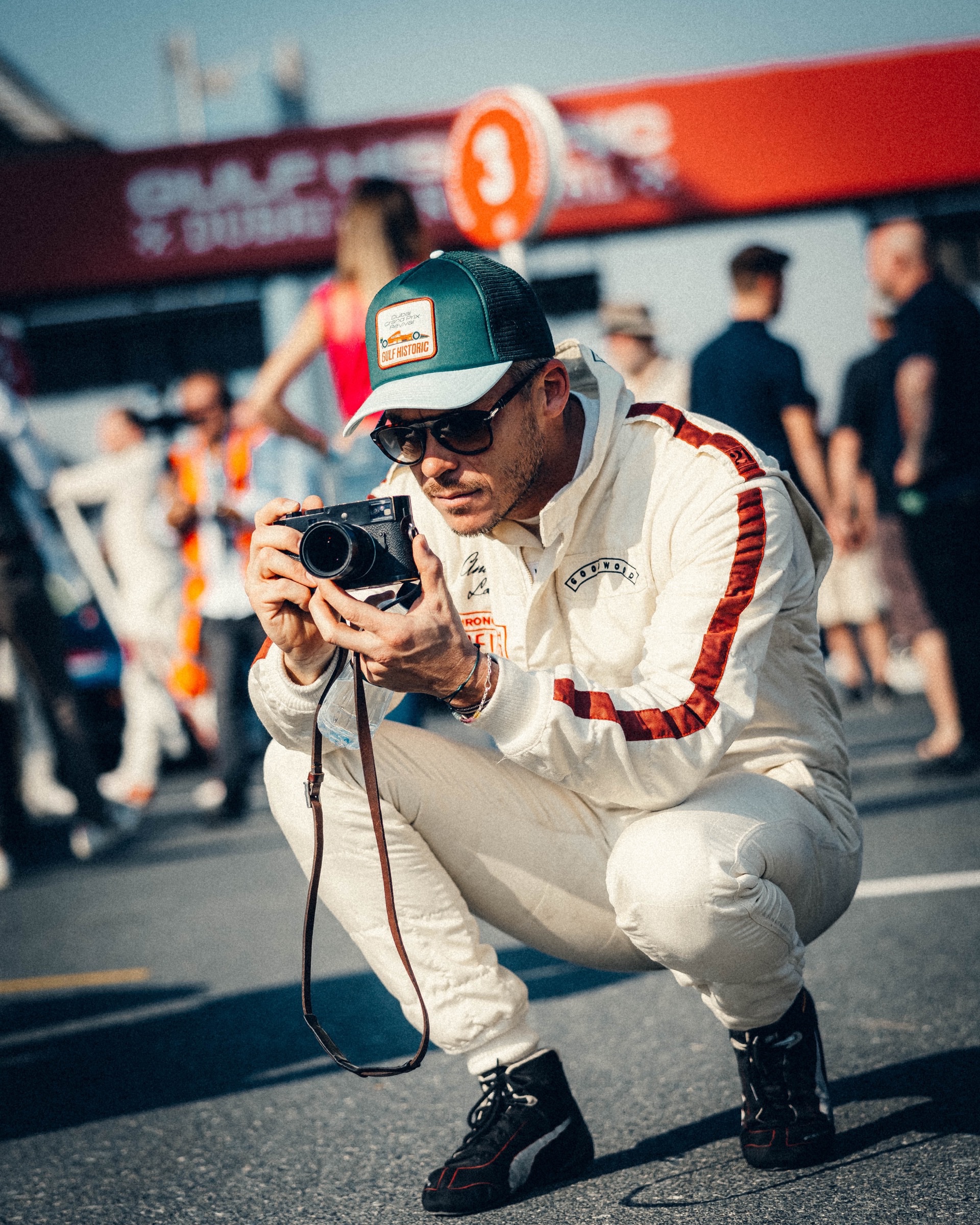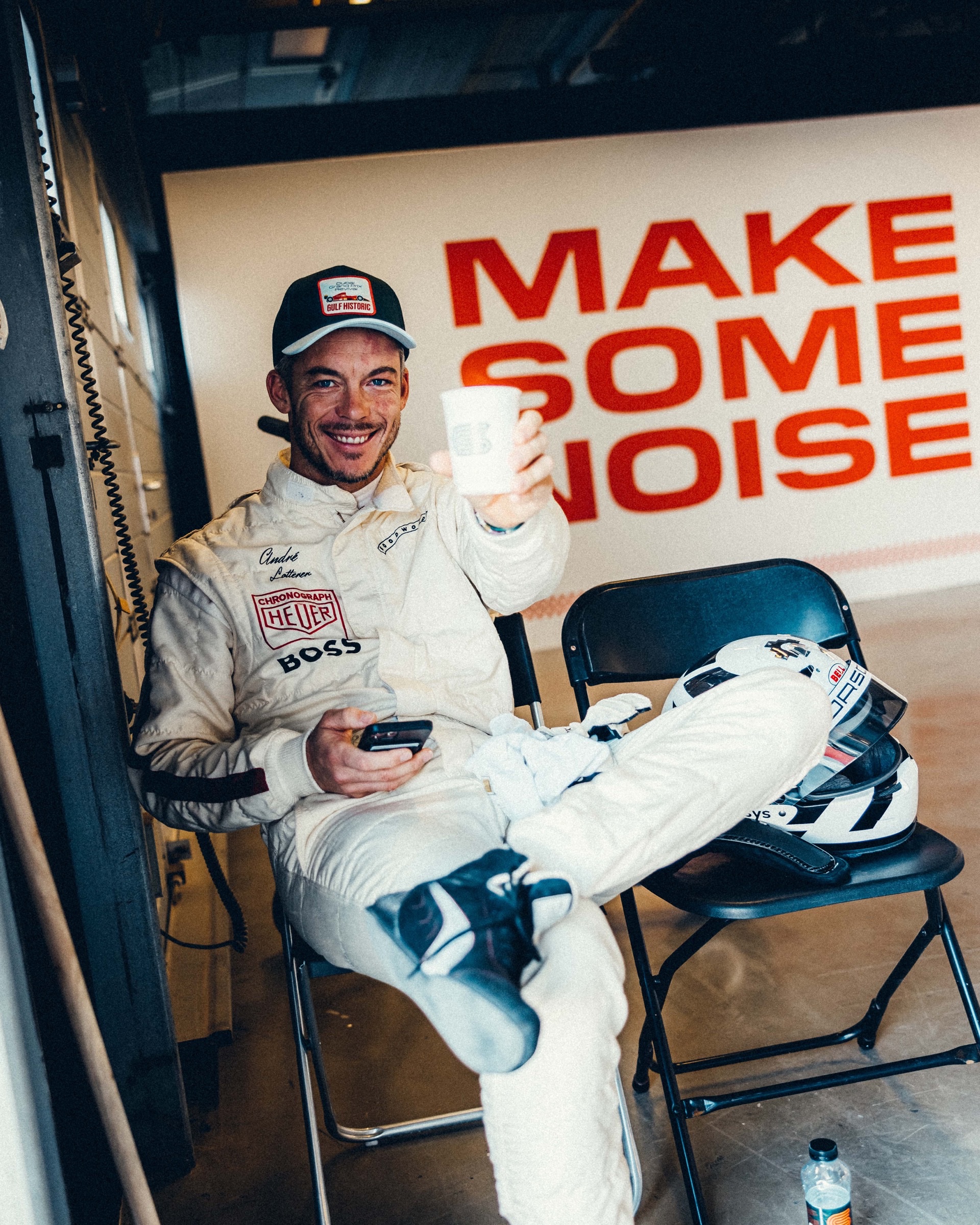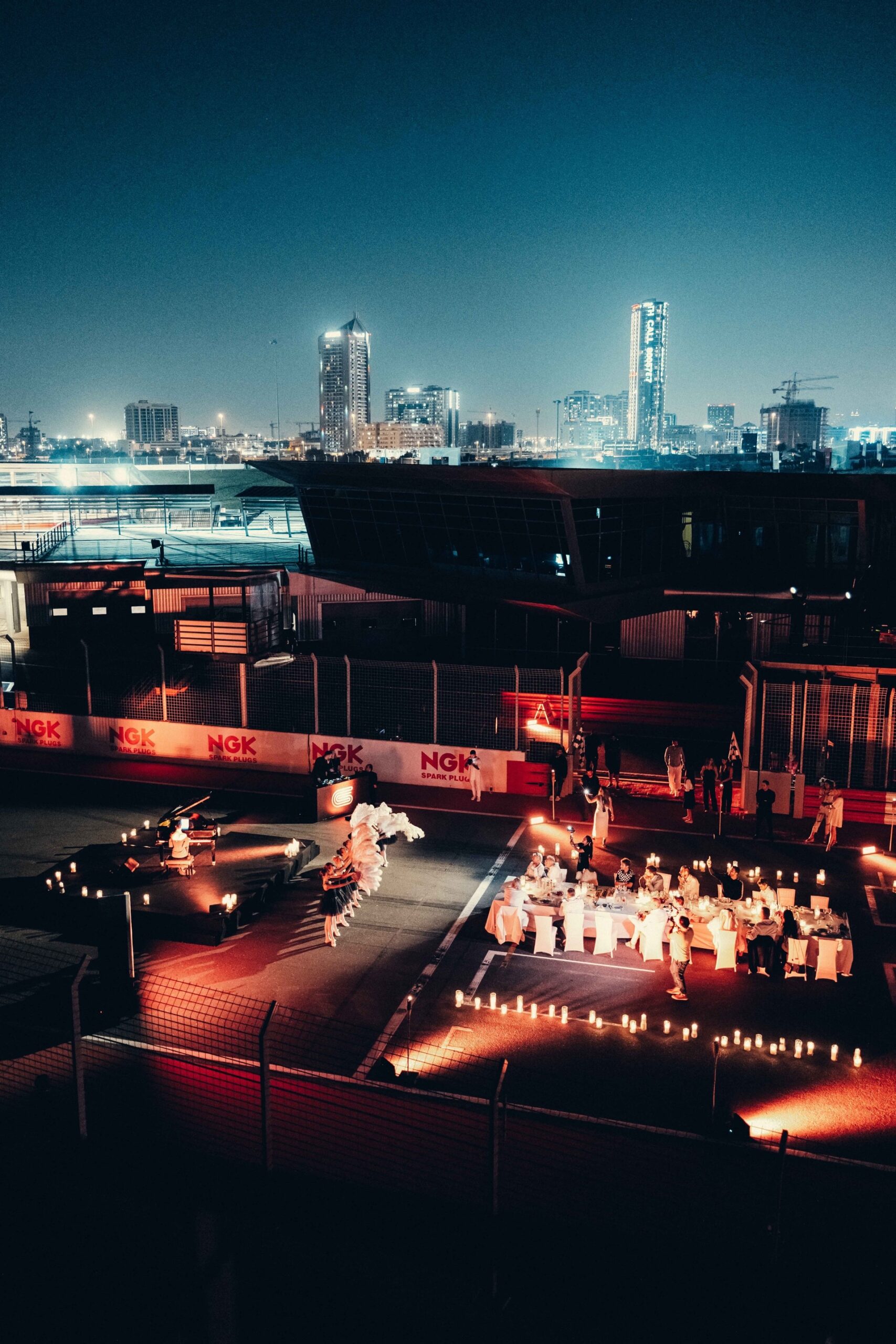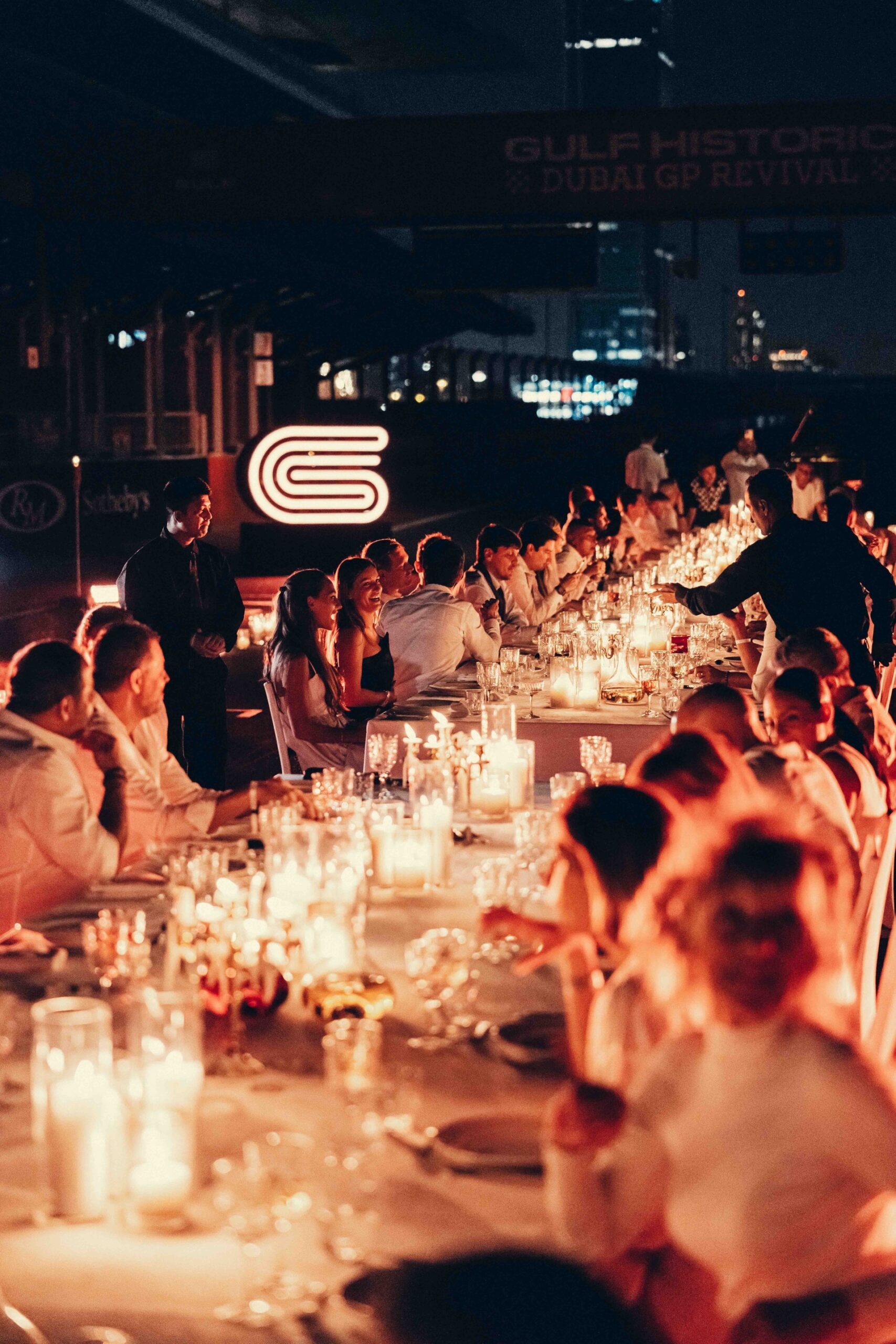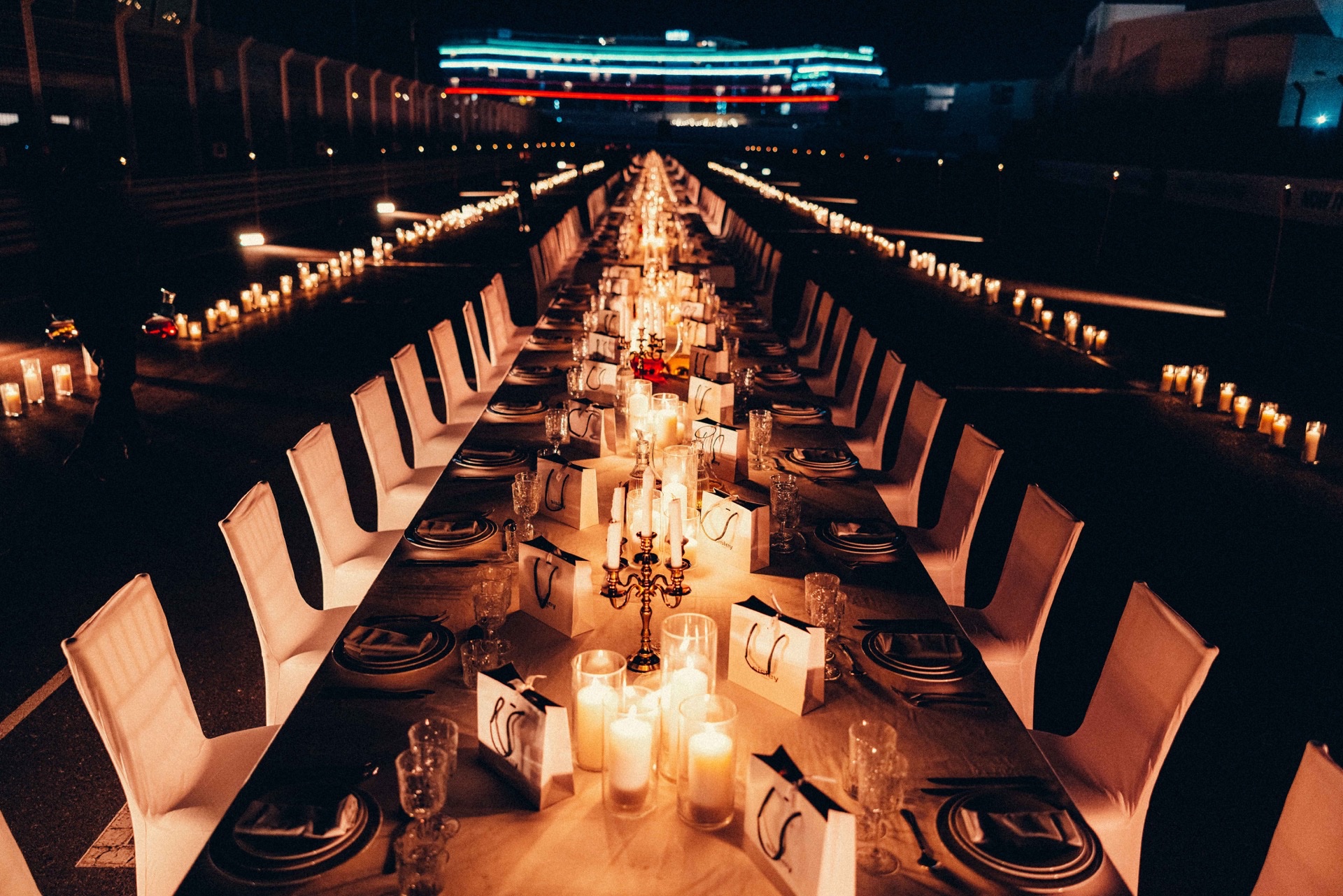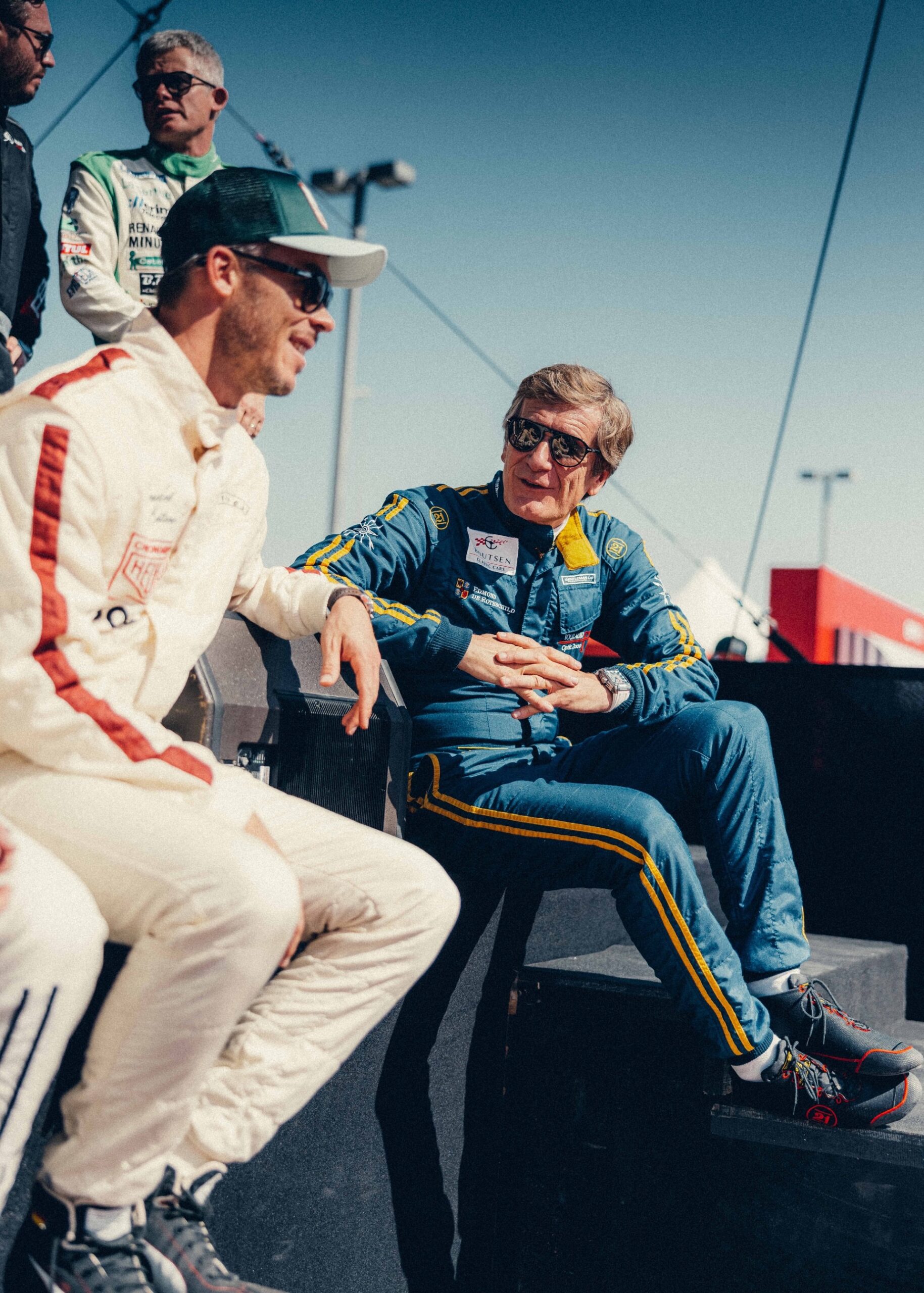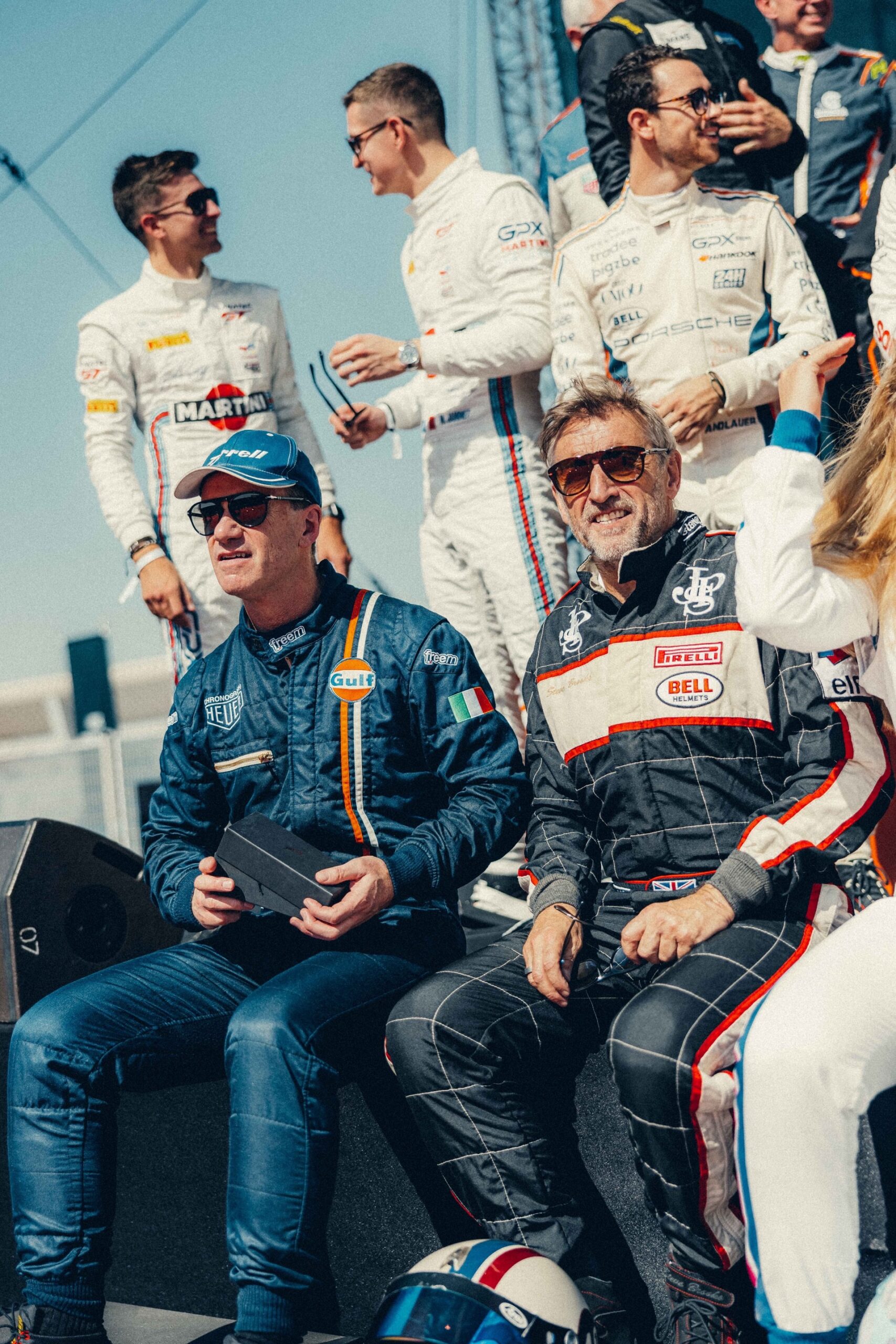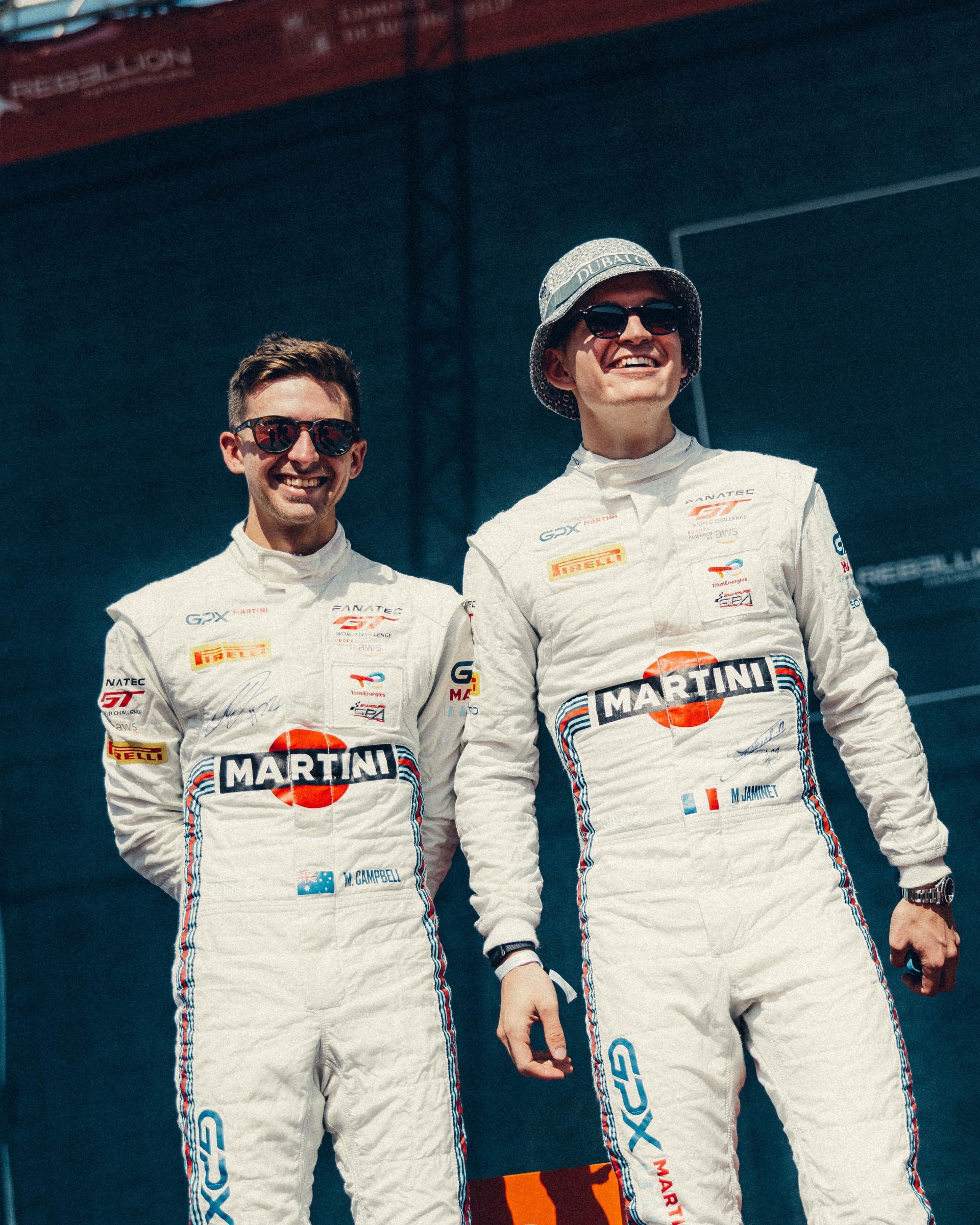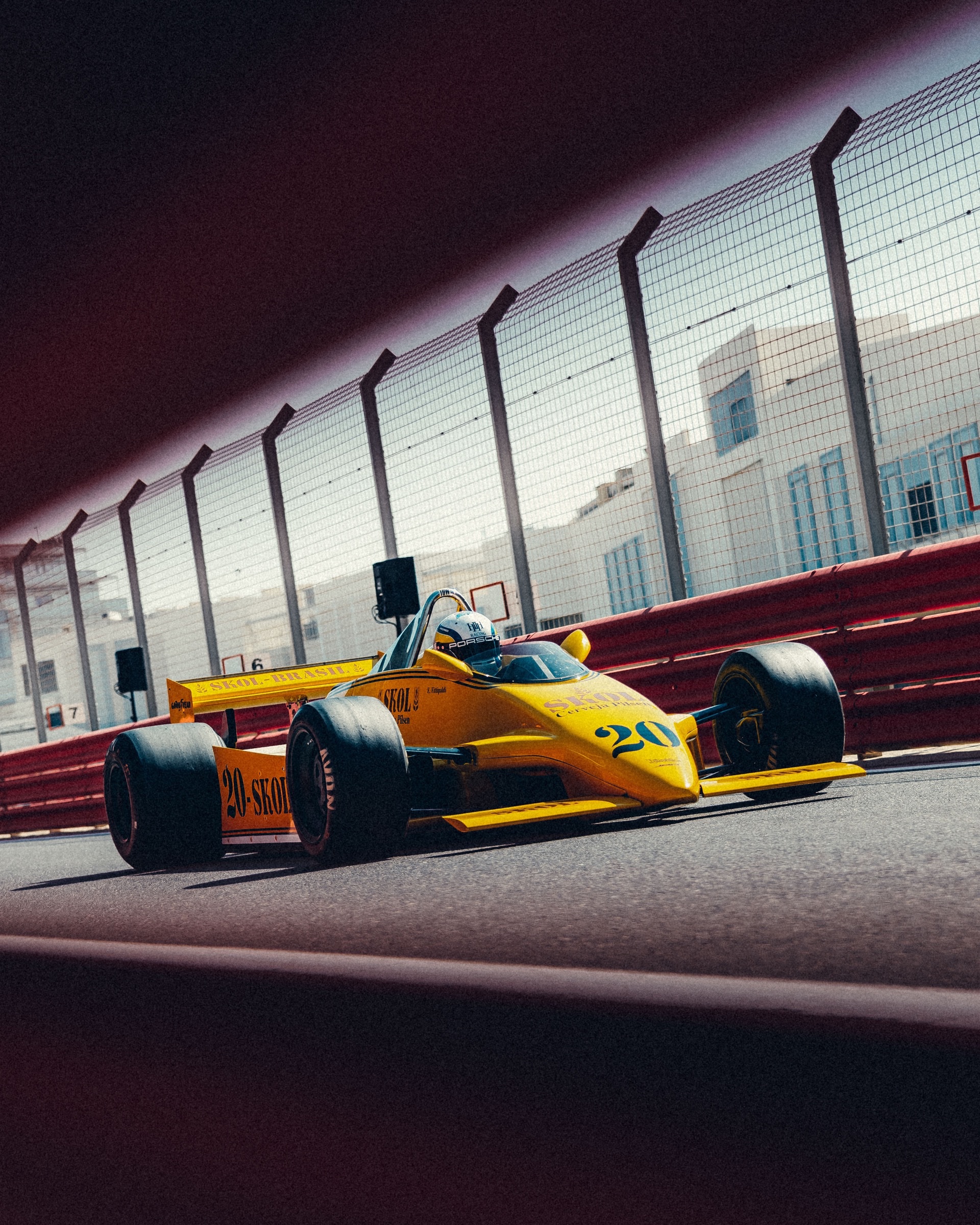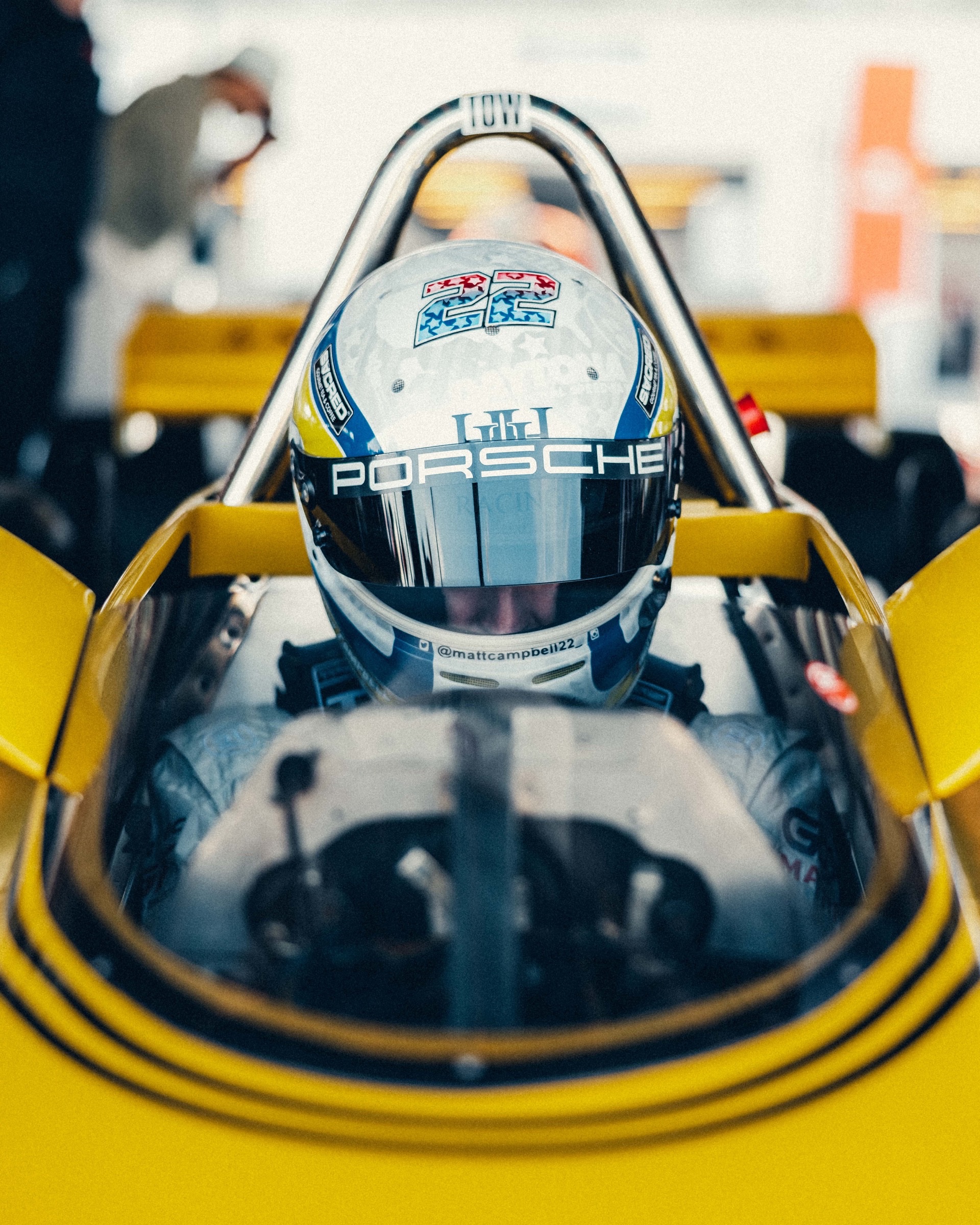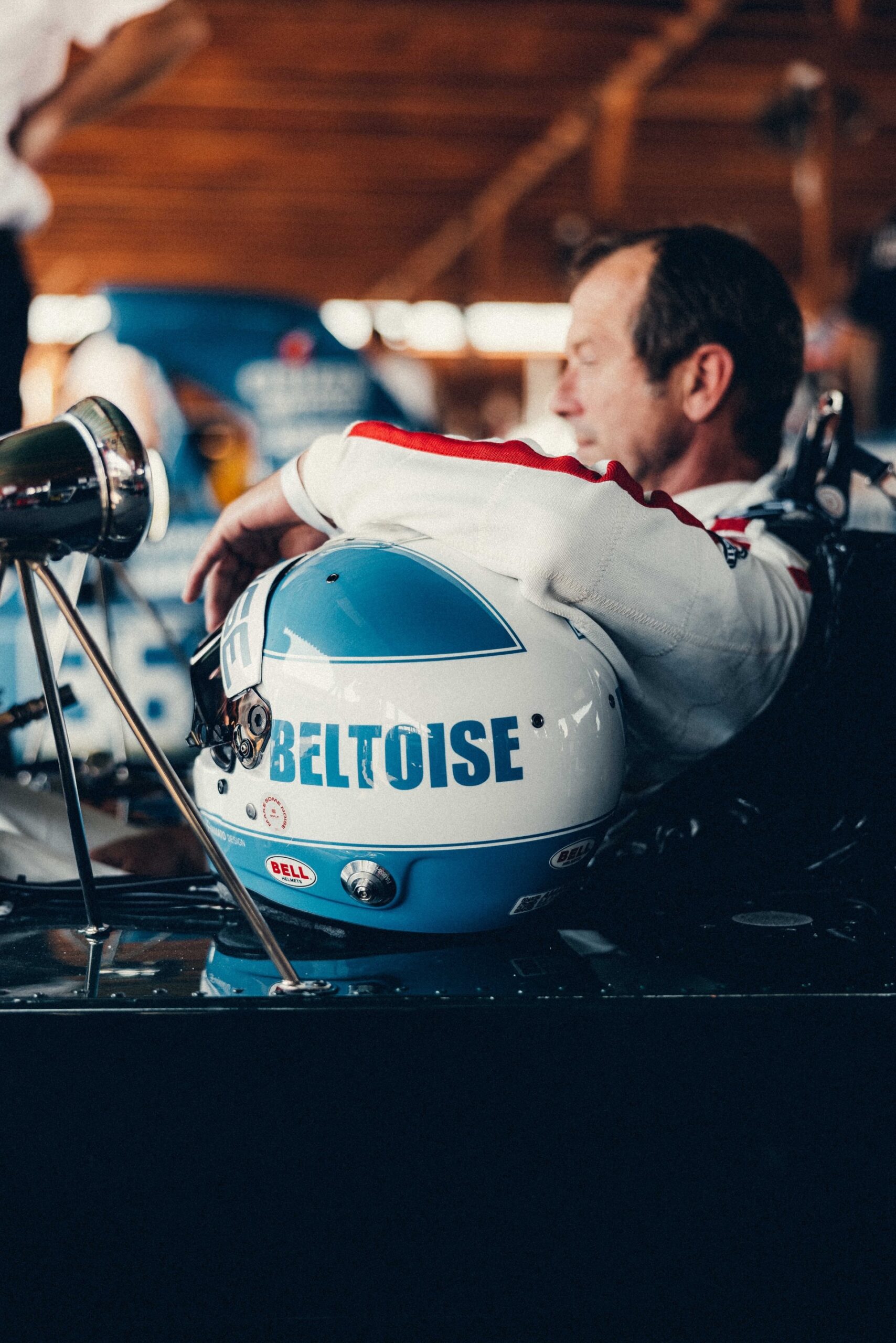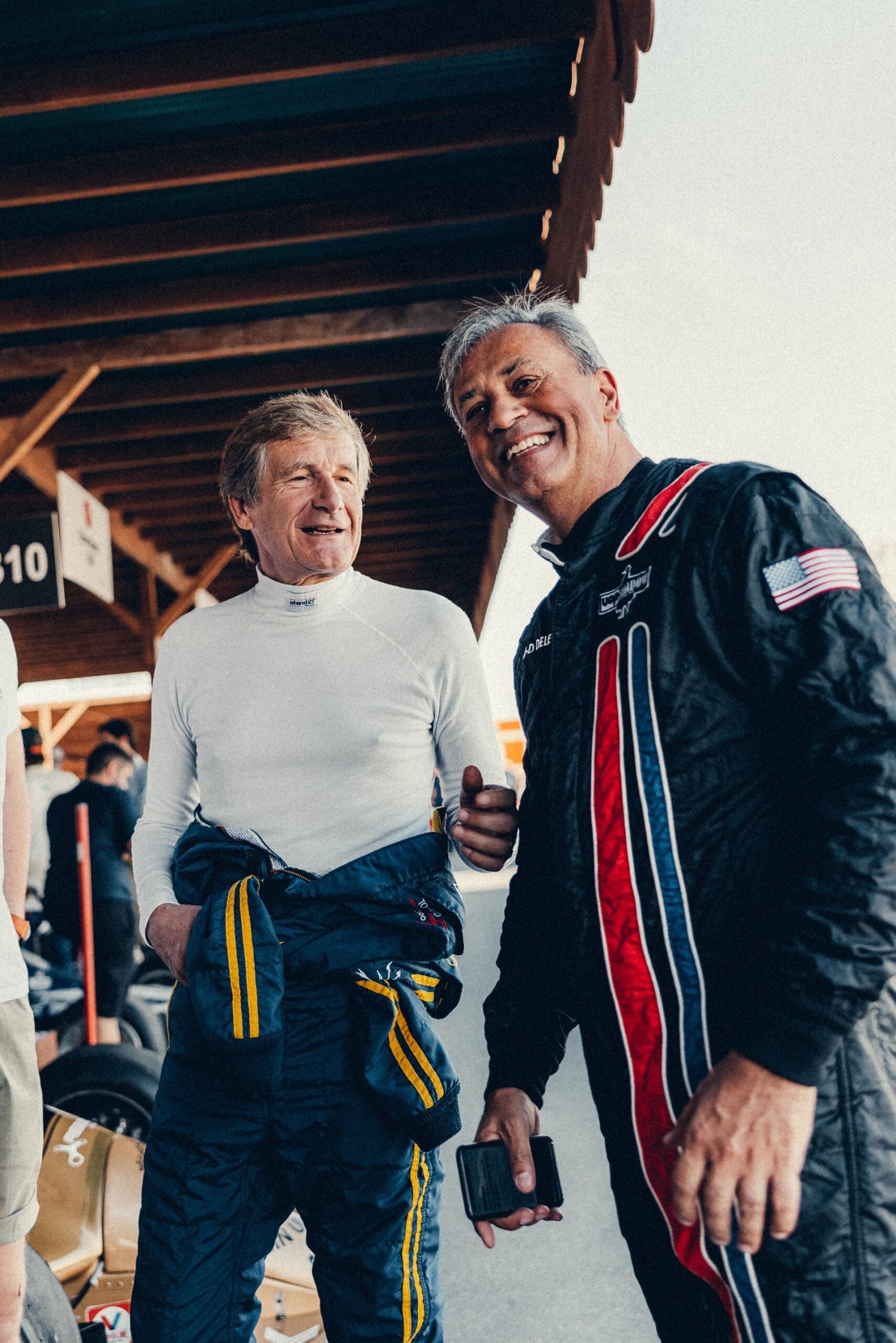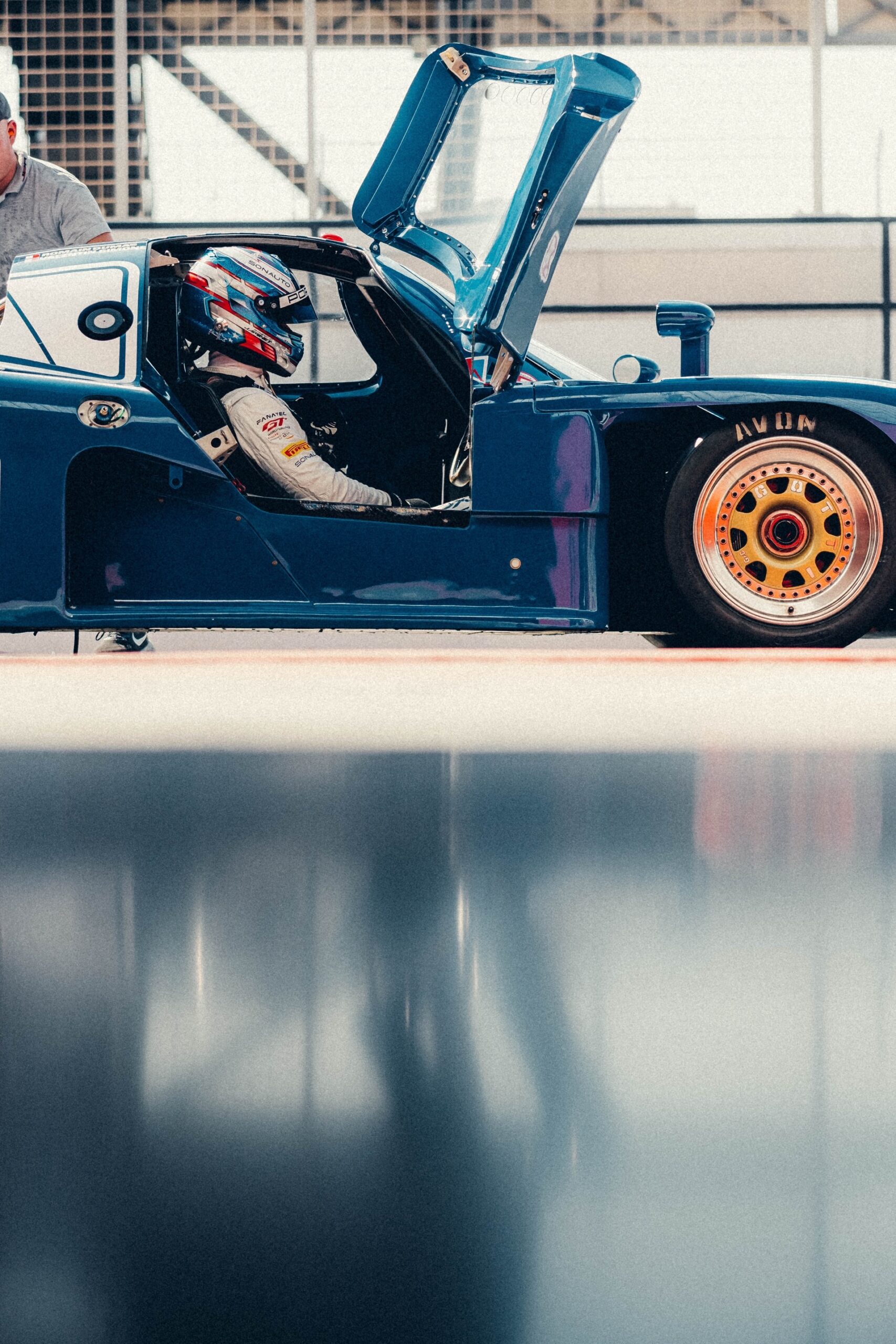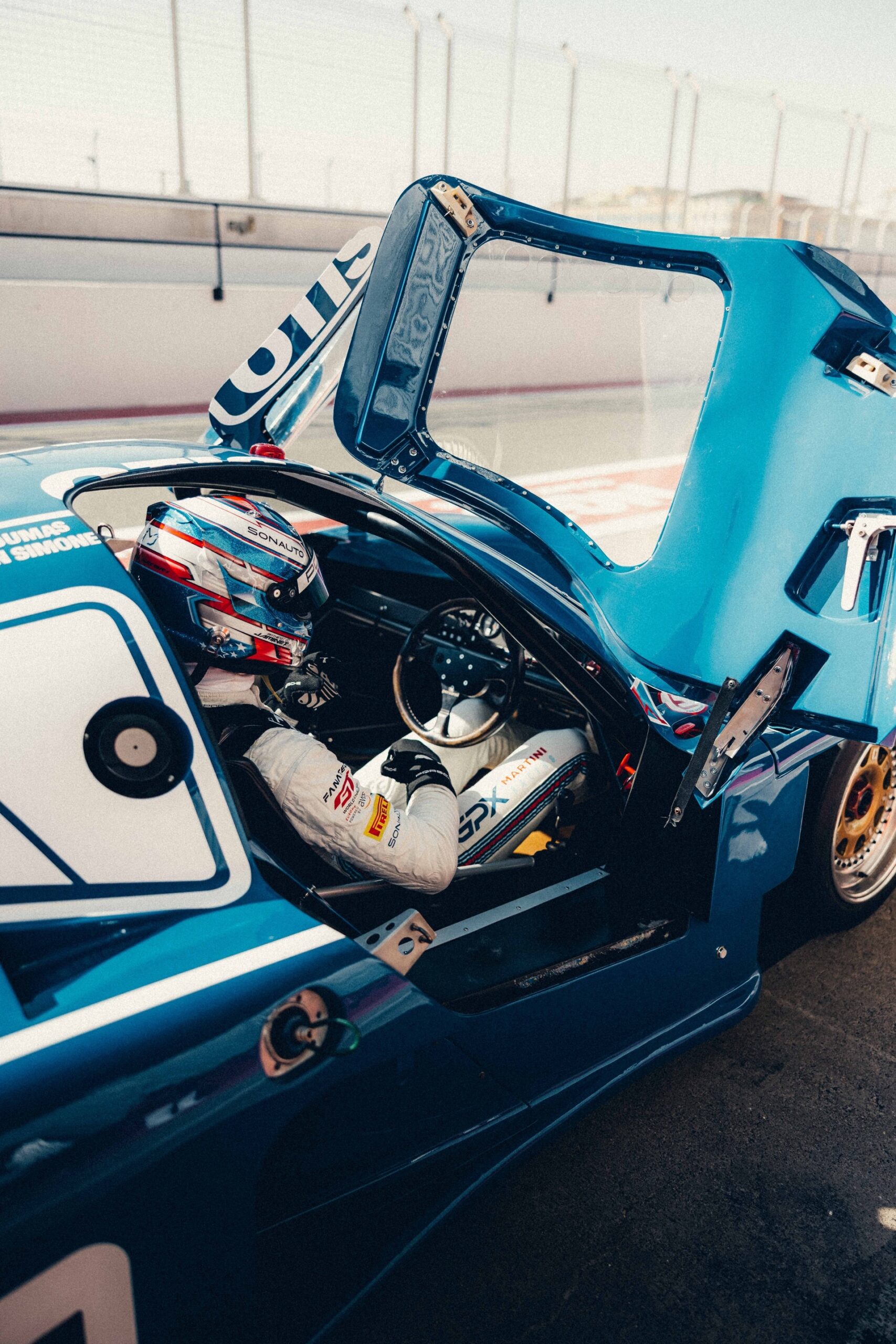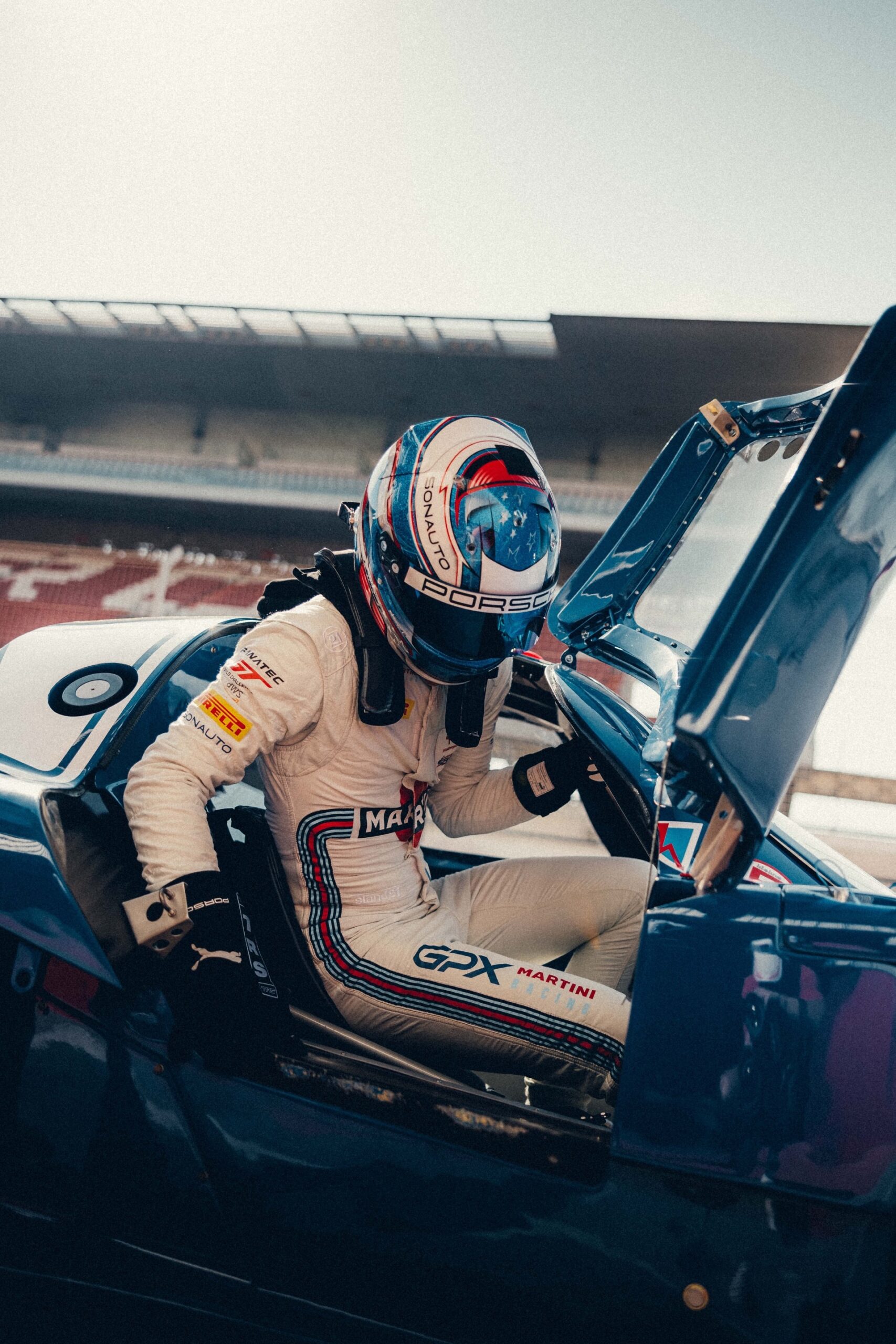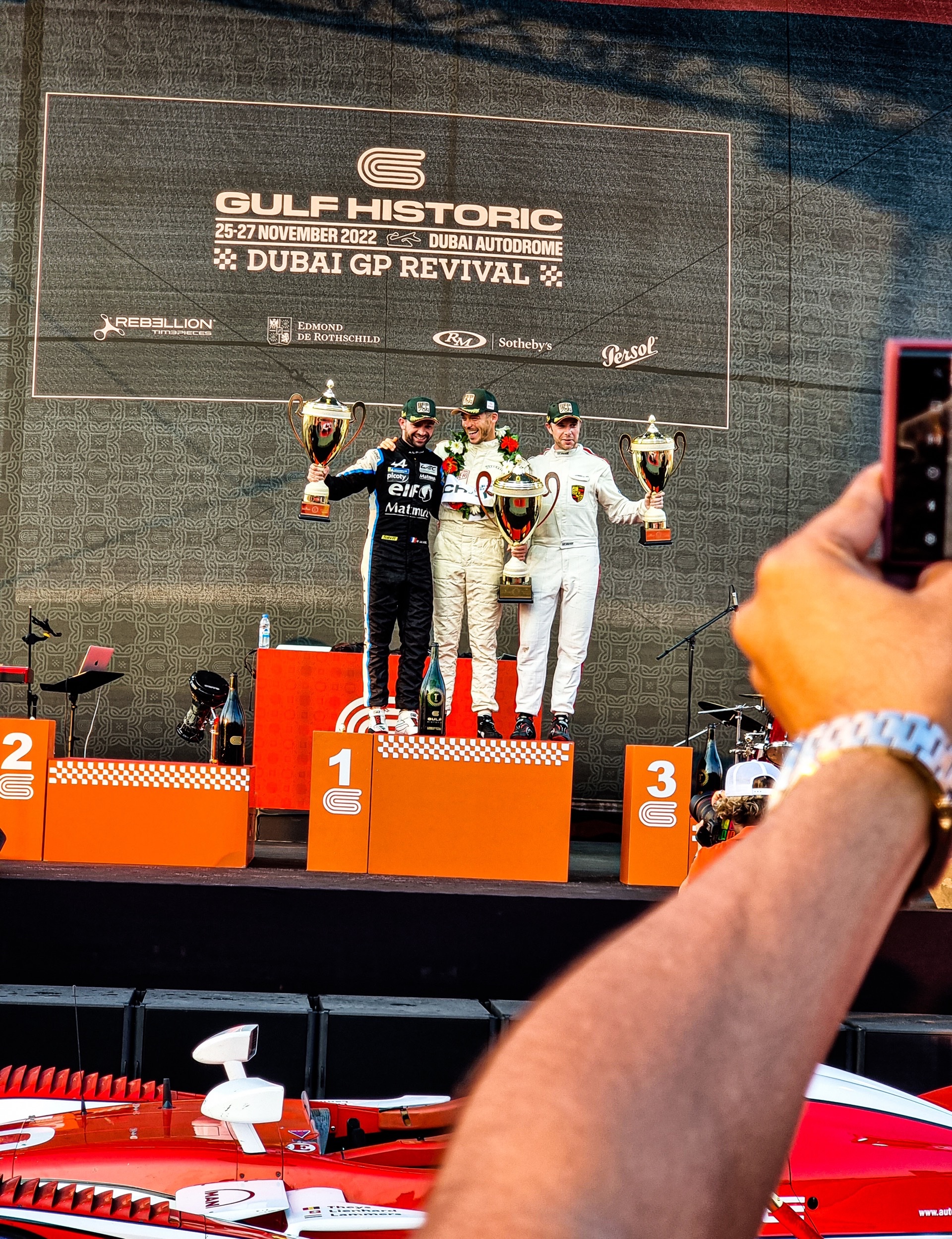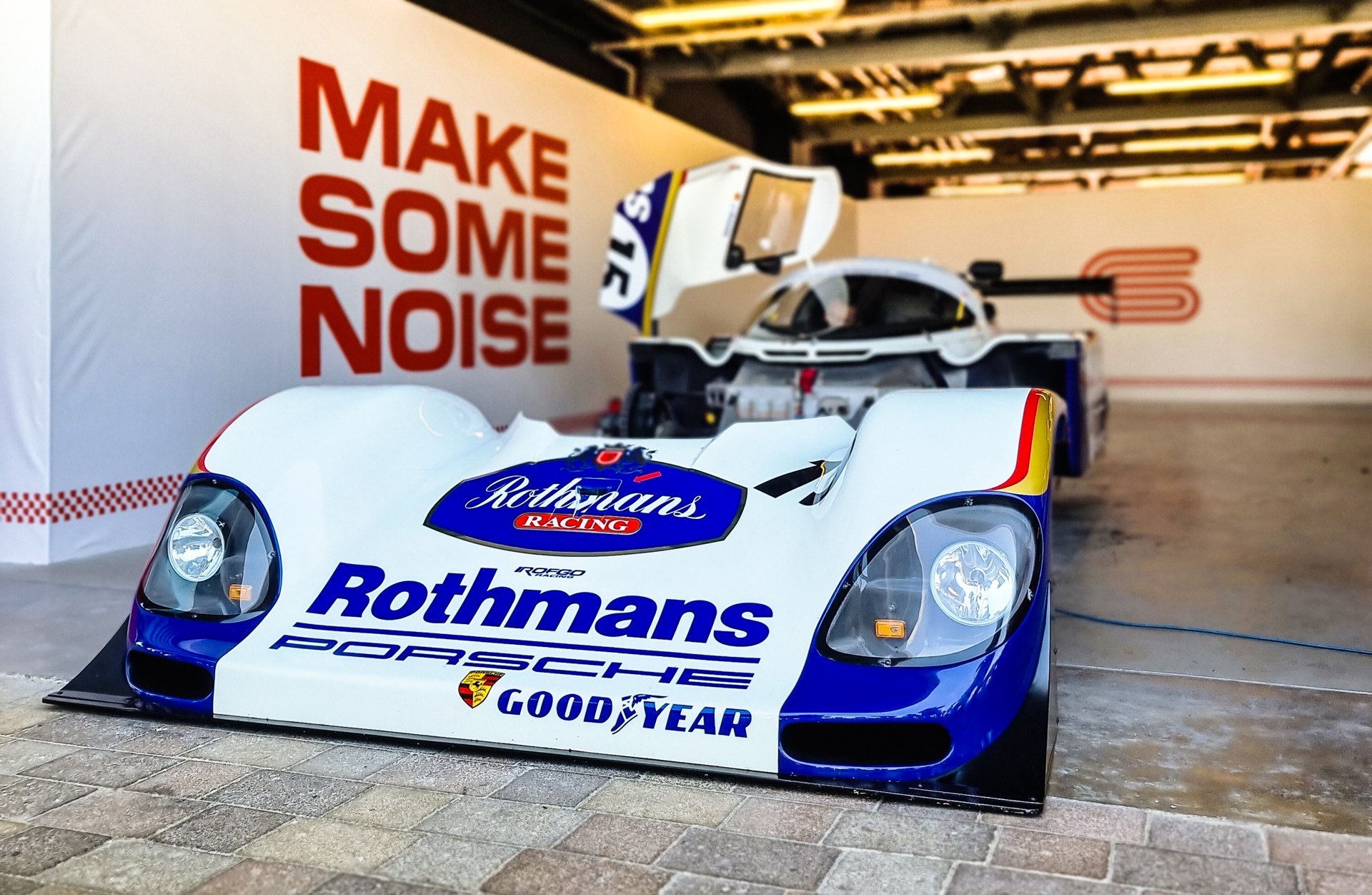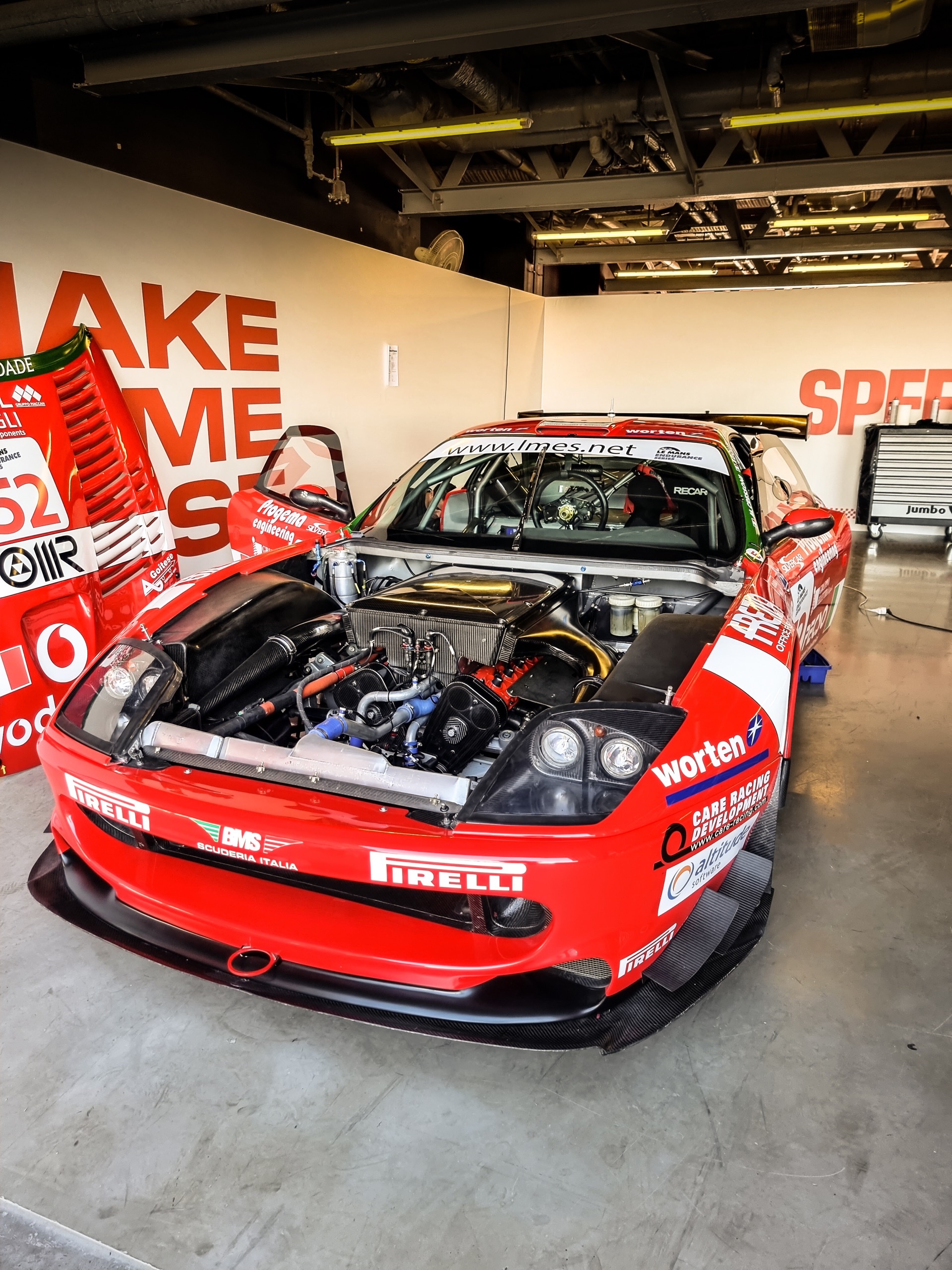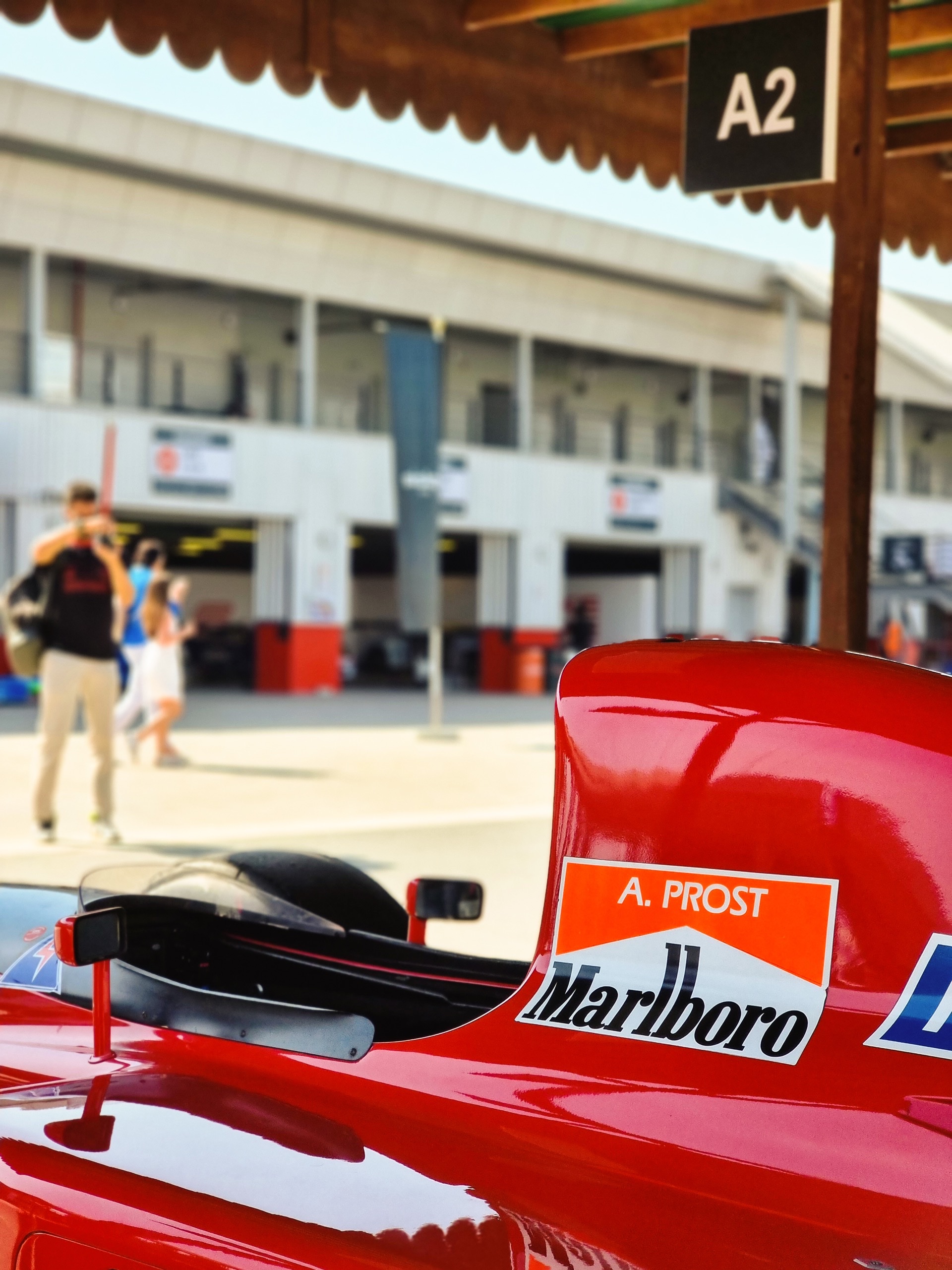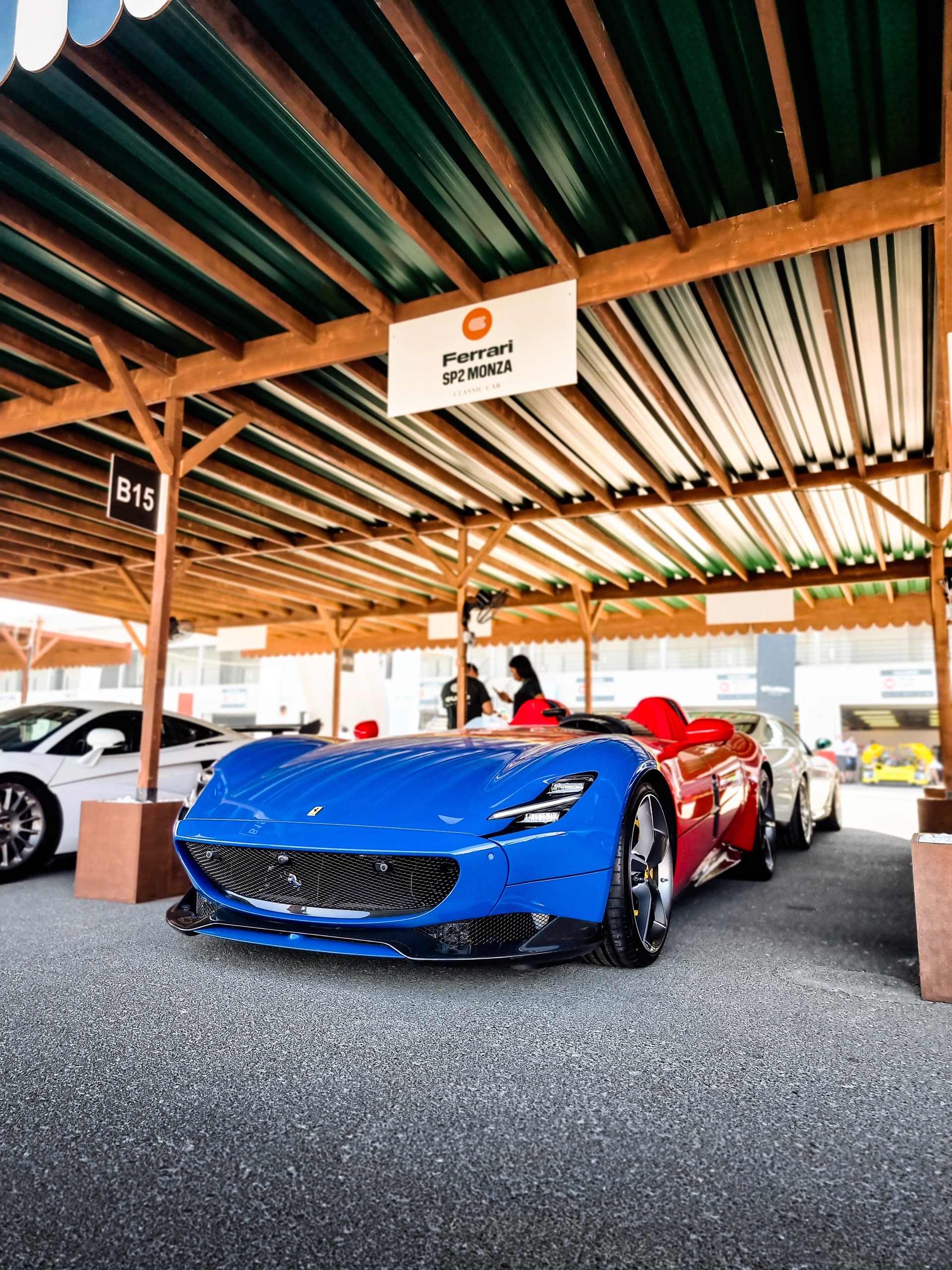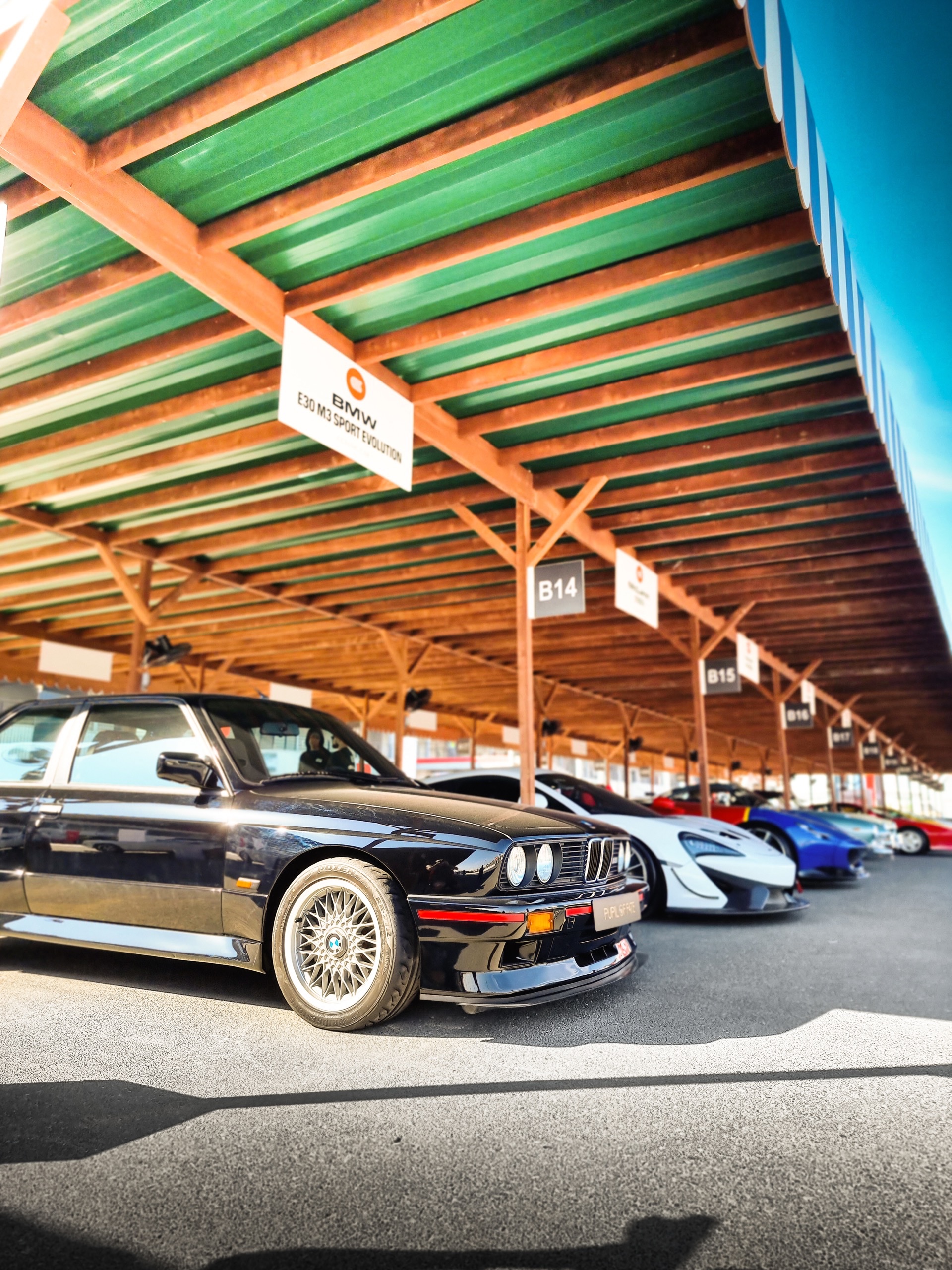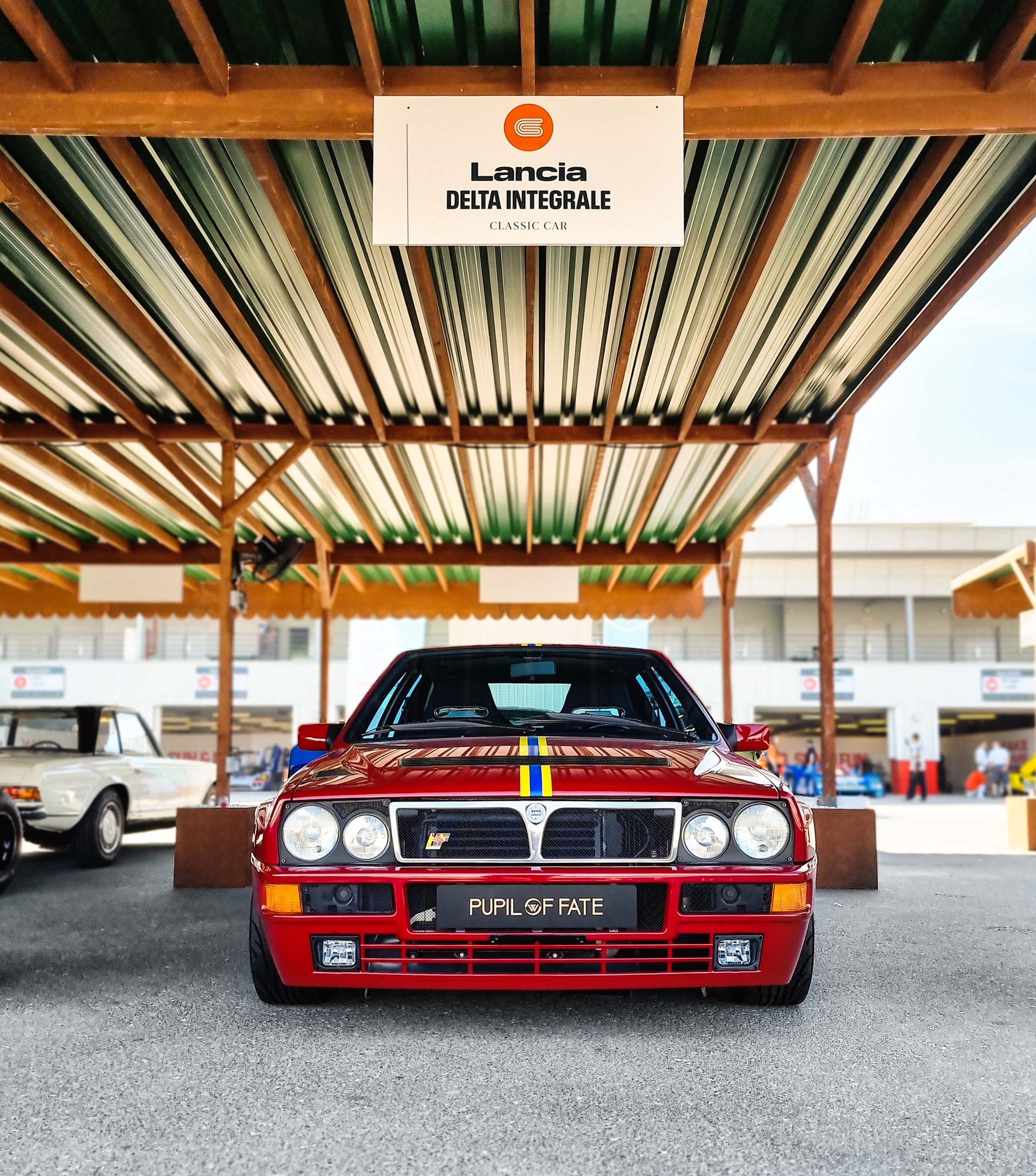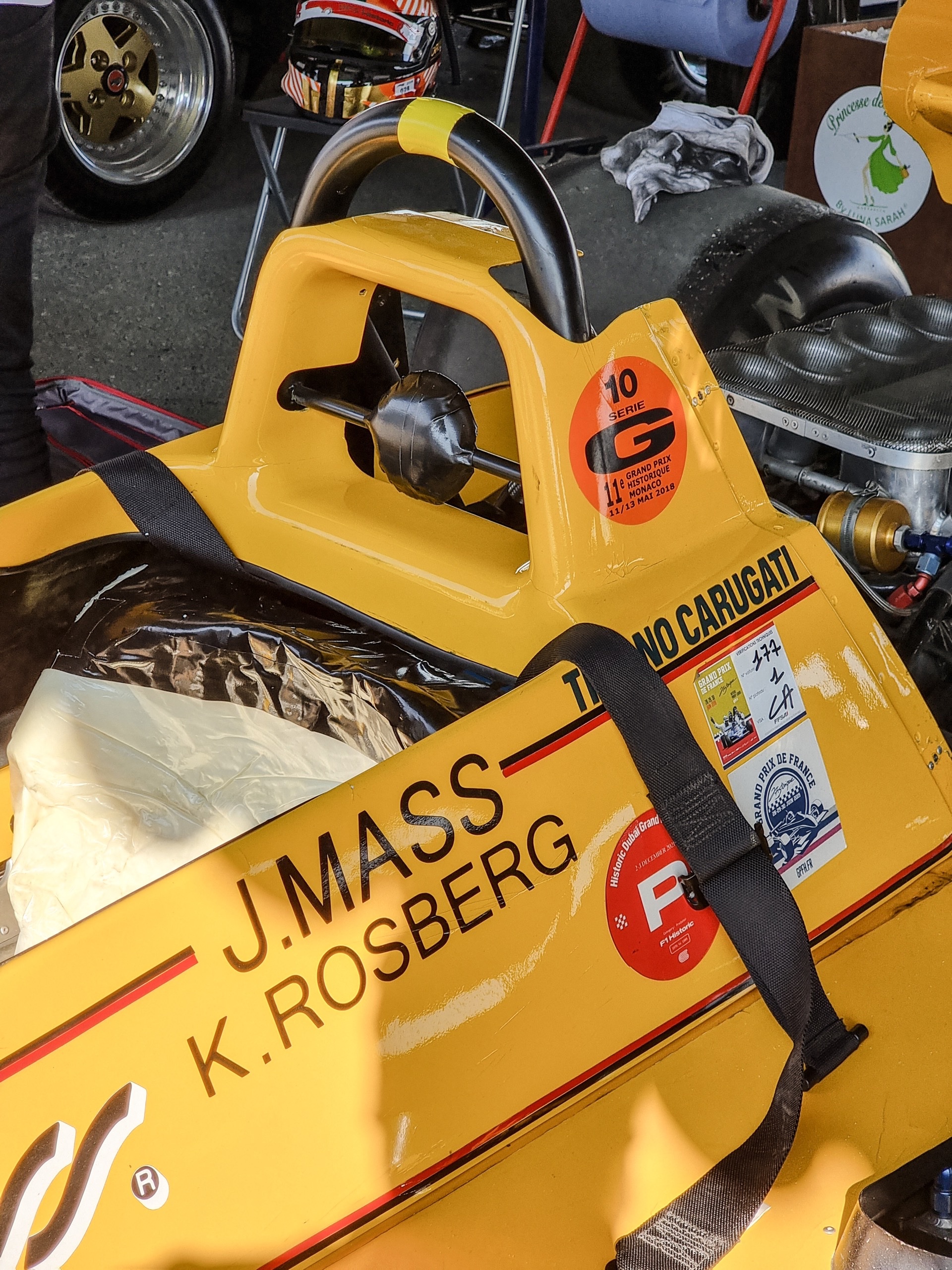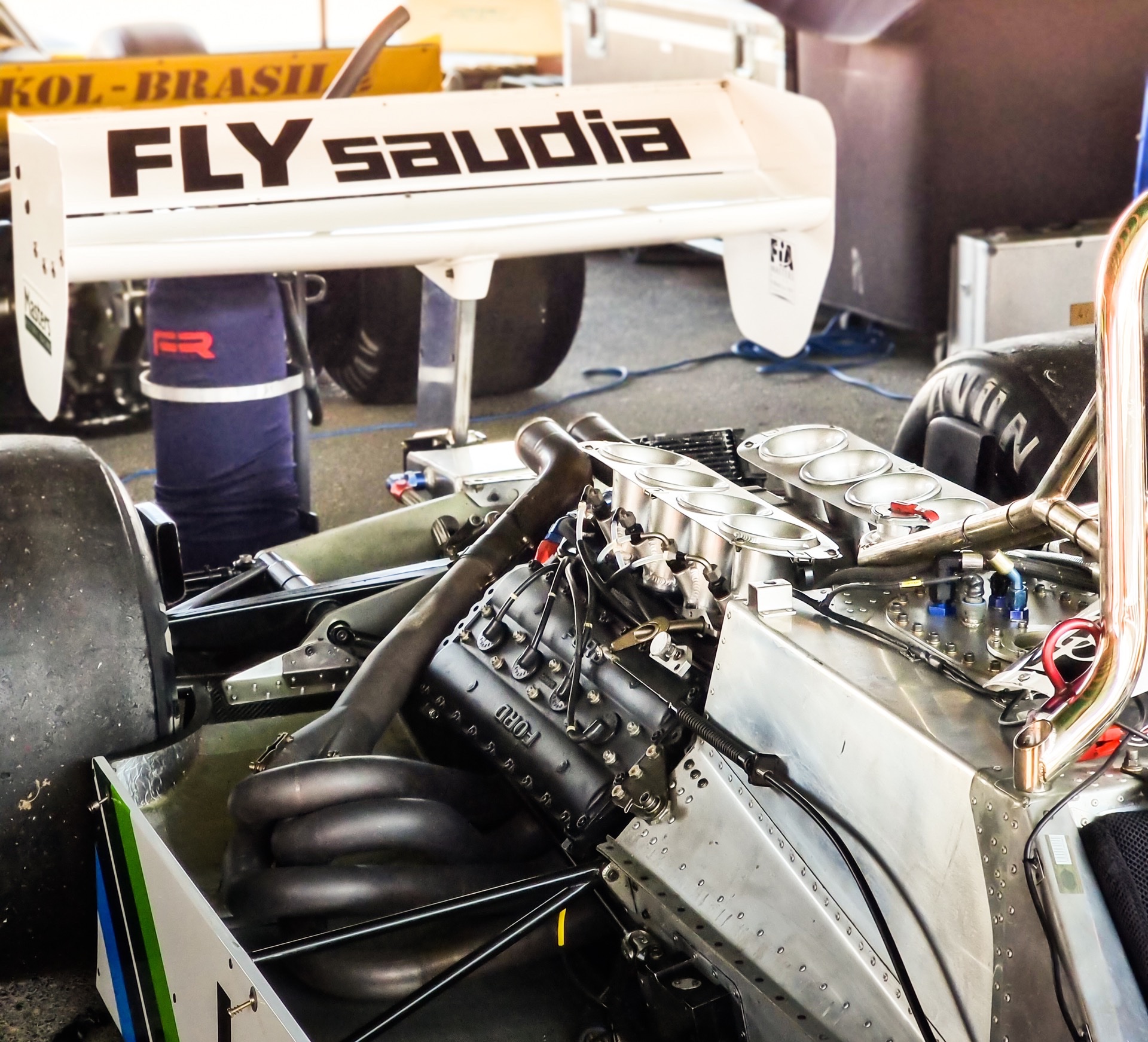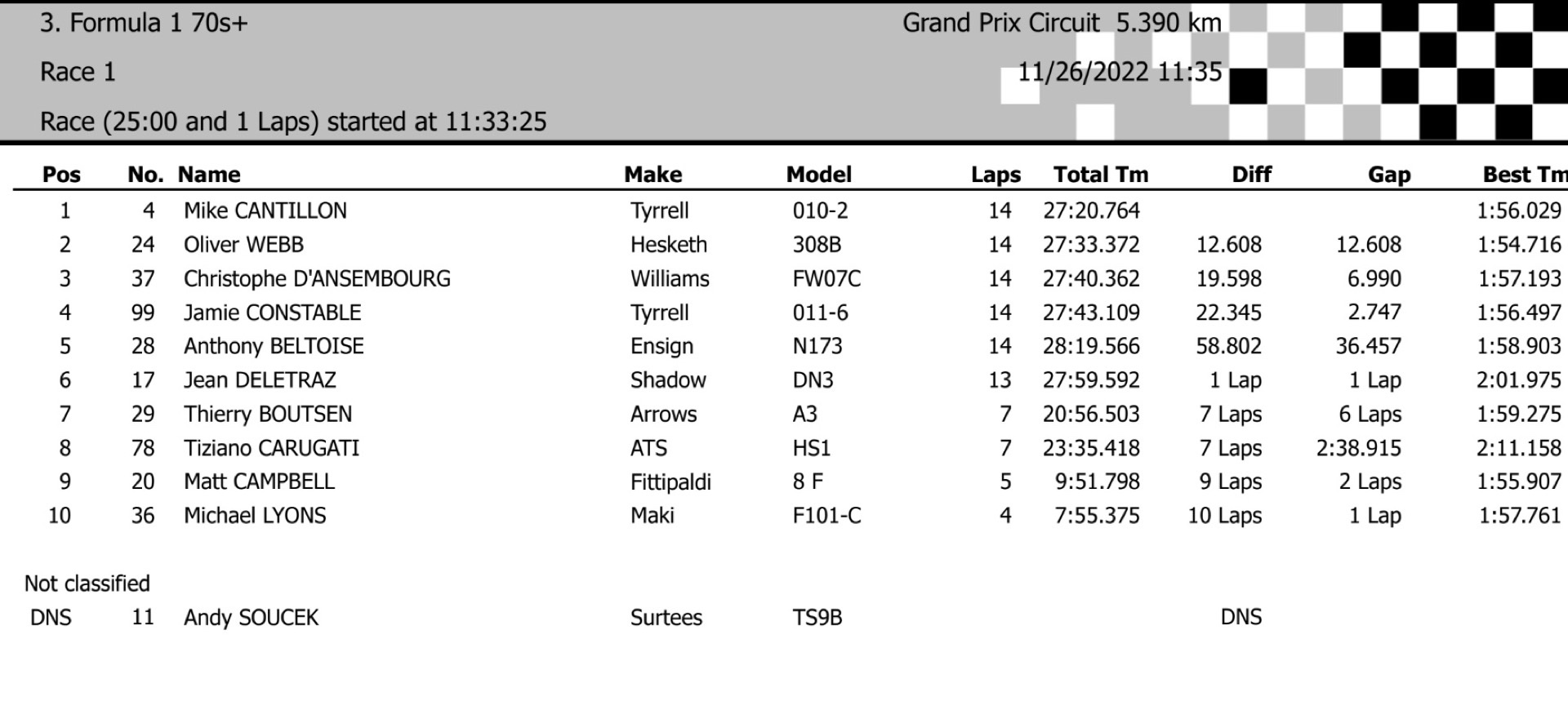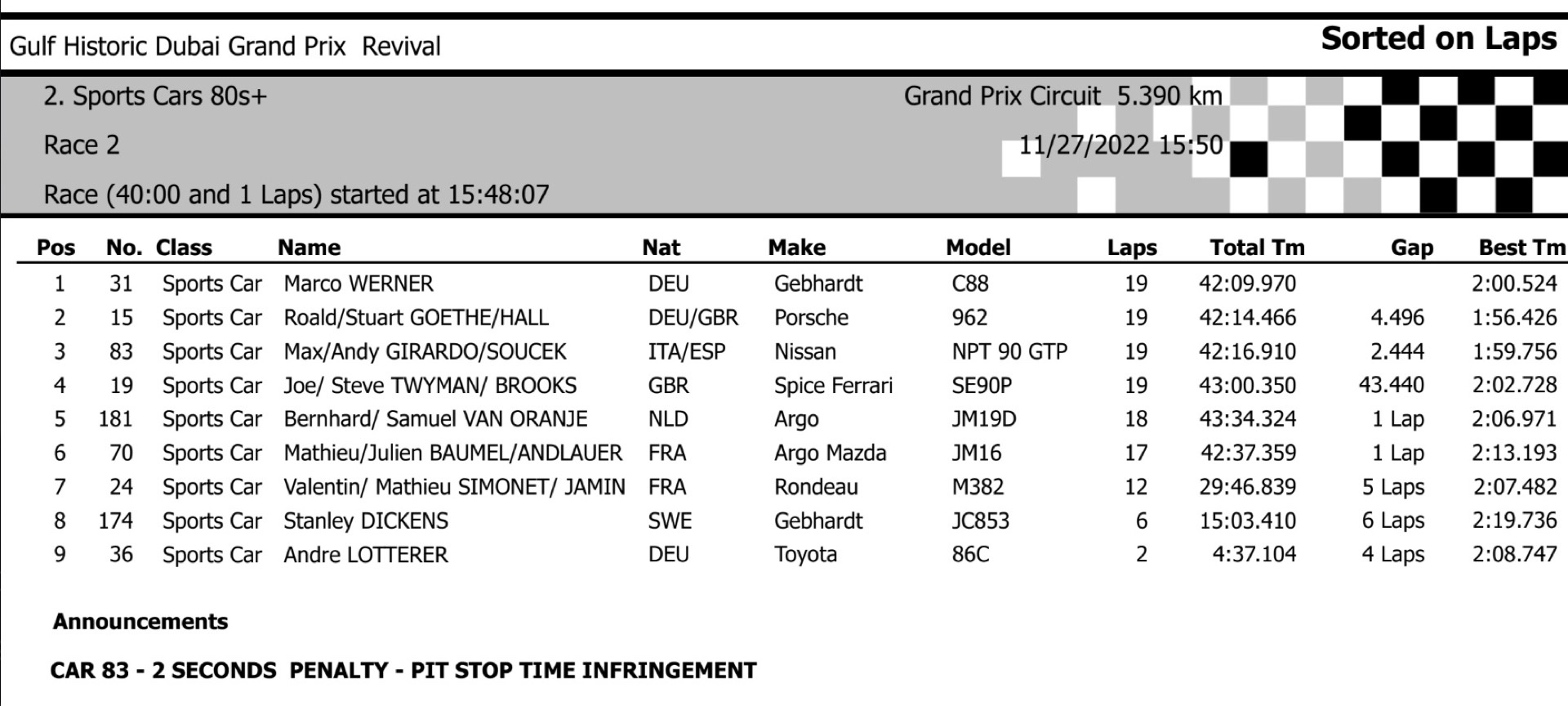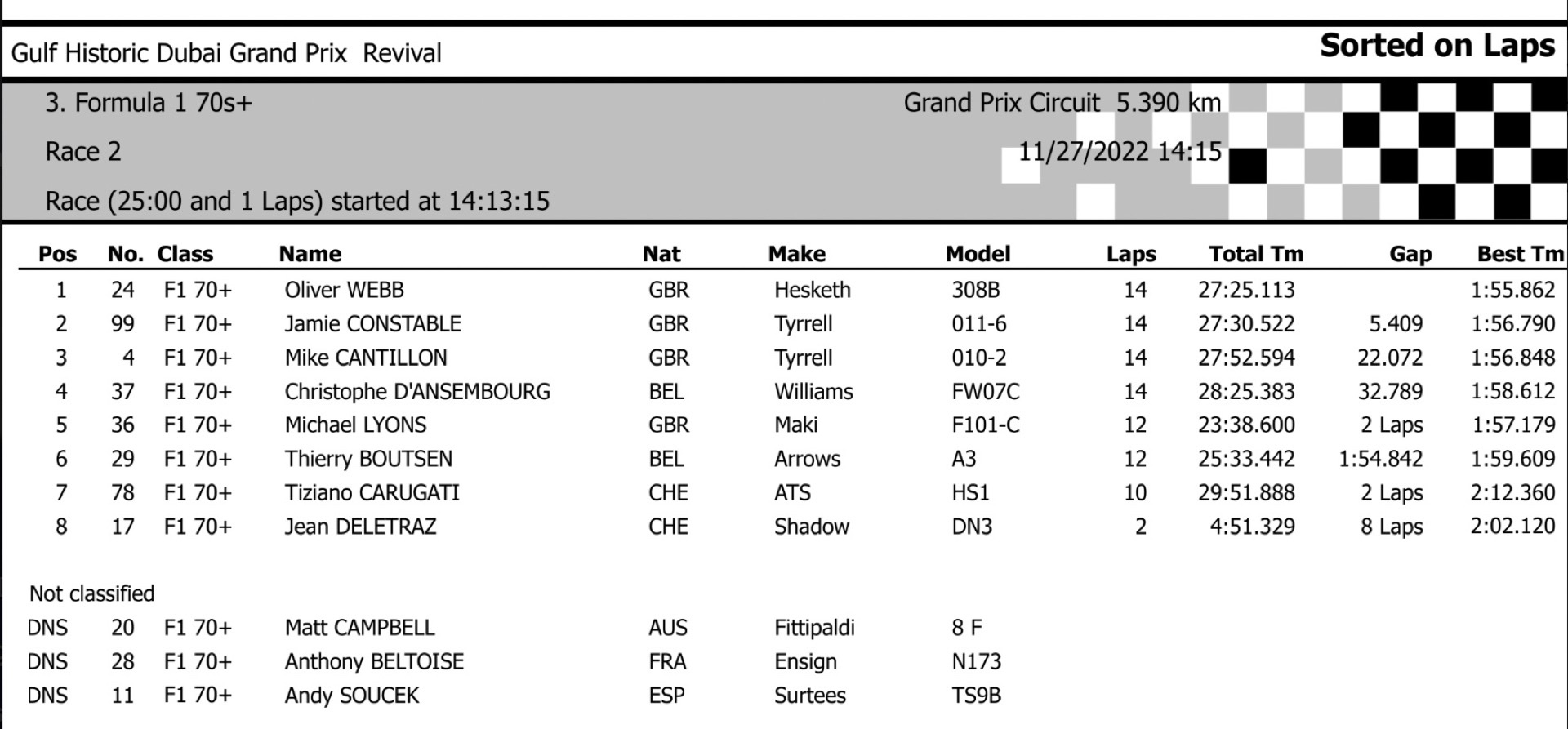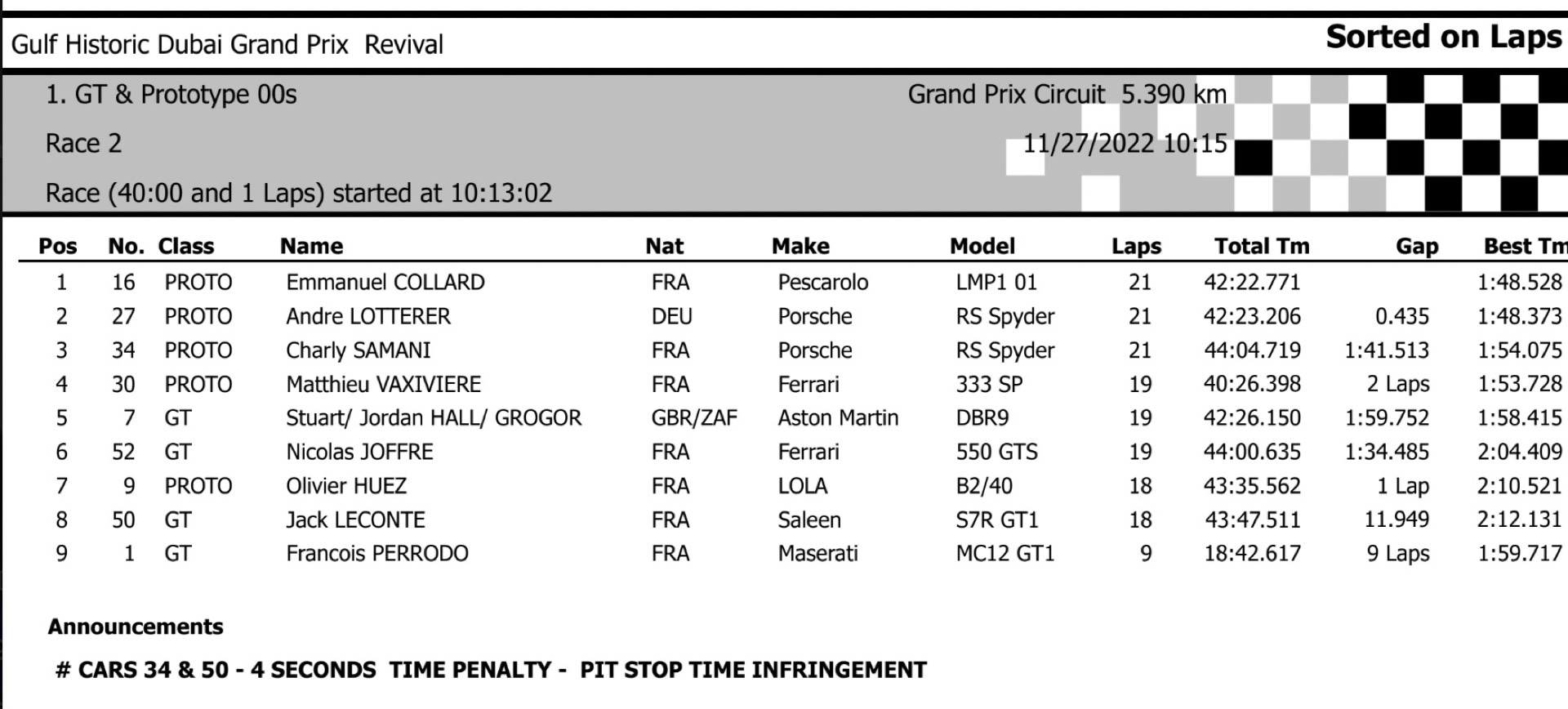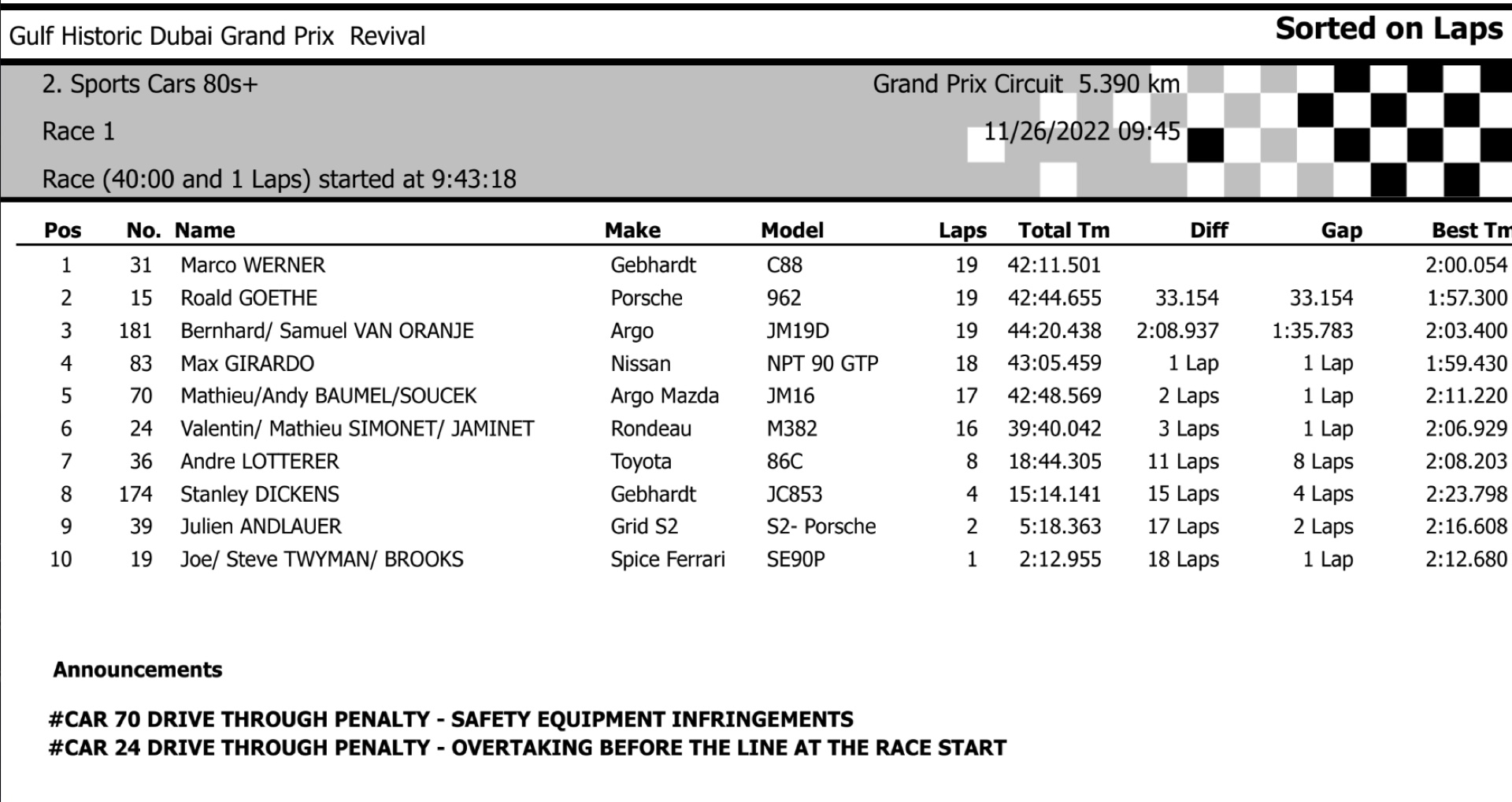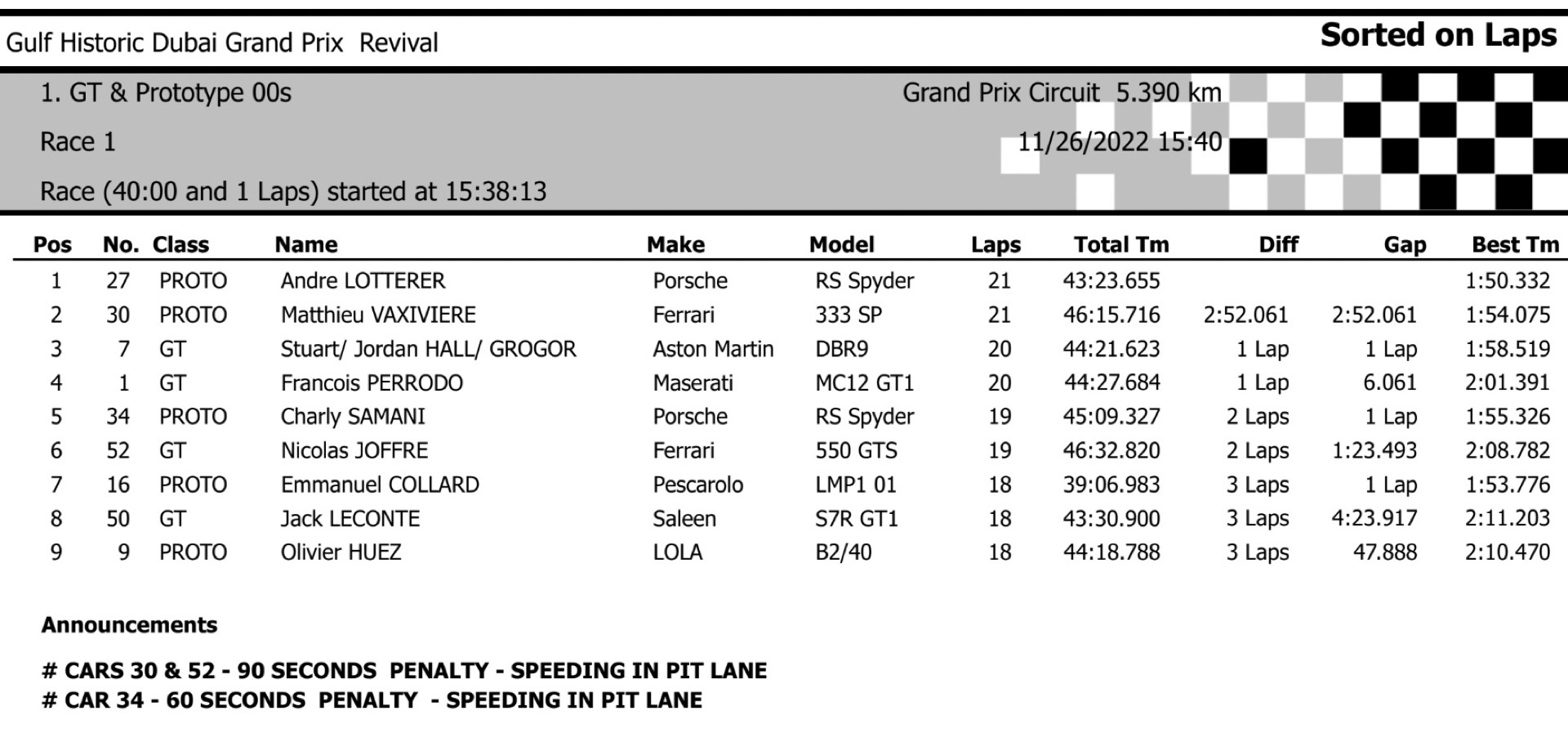The second edition of the Gulf Historic Dubai GP Revival concluded last month, just a week after the 2022 F1 Finale in the neighboring emirate of Abu Dhabi, the timing strategically planned to capitalize on those who had booked an extended stay in the UAE.
The revival has slowly but surely been gaining traction amongst fans of motorsport while providing an opportunity for today’s racers to experience the rigors of yesteryear during the off-season.
This year’s race attracted the likes of Nurburgring 24-hour winner Andre Lotterer, former Formula E race winner Nicolas Prost, and three-time Formula 1 race winner Thierry Boutsen. Also found wandering around the paddock were the likes of Alain Prost and Mark Webber, who seemed just as enamored with the cars of yesteryear as the rest of us.
Read: Michael Schumacher’s Victorious Ferrari F2003-GA Sold For Nearly $15 Million
Photos Sam D. Smith, Antoine Truchet, and Sid Pandey
But, while the well-known faces were in abundance, it was the cars that truly stole the show. The Le Mans-winning Porsche 962 in the timeless Rothmans livery was a crowd favorite, as was James Hunt’s Hesketh 308b and Michael Schumacher’s Benetton B192.
However, even cars that barely made a footnote in their heyday felt special up close and personal. The Brabham BT60B of 1992 was, by all accounts, a complete disaster for the team, scoring no points, and its only redeemable factor being a car in which future world champion Damon Hill would get his rookie outing.
Photos Sam D. Smith, Antoine Truchet, and Sid Pandey
But when fired up, the sound of its Judd V10 engine was enough to make grown men within 20 feet cover their ears in pain. While on the pit wall, I witnessed Sophia Flörsch — driver in the European Le Mans series — bring the Brabham in after the first demo run. Barely able to contain her excitement, you could tell the driver relished the experience on offer. It was a similar sight throughout the weekend, with even the most seasoned pioneers looking worn out after their races but with satisfied grins on their faces.
Visiting the stands, I saw something I hadn’t in a long time: spectators opting to use earplugs. A week earlier, I’d been a marshal at the Abu Dhabi GP. Despite being positioned closer to the track than anyone else, not once during the 58 laps did I feel the urge to cover my ears. The same could not be said of the first time I visited a Formula 1 race over a decade ago — even in the cheap seats, one could not survive more than 20 minutes of free practice without seeking out a seller of overpriced ear defenders.
More: Porsche Reunites Group C Legends With The Winning 956/962s In Leipzig
Photos Sam D. Smith, Antoine Truchet, and Sid Pandey
Watching racing on television, one doesn’t quite get what’s missing from modern-day race series. Thanks to the chest-shaking roar of engines, even the most processional of races used to feel like an event for anyone in attendance. It may sound trivial to the layperson who lacks an appreciation for motorsport, but noise is an essential factor of the trackside experience.
It’s something I had almost forgotten, and while it did leave me a little disheartened for the future of motorsport, it also hammered home how vital such historic races are in preserving that experience for future generations. While many of us may never get to experience the sound and aura of an “old-school” Formula 1 (or other series) event, we can relish in our dinosaur-like ways of appreciation thanks to such revivals.
And, If you’ve never heard a motorsports-pedigree V8, V10, or V12 at full chat trackside, I implore you to experience it at least once in your lifetime. You honestly won’t regret the experience.
Photos Sam D. Smith, Antoine Truchet, and Sid Pandey
RESULTS




